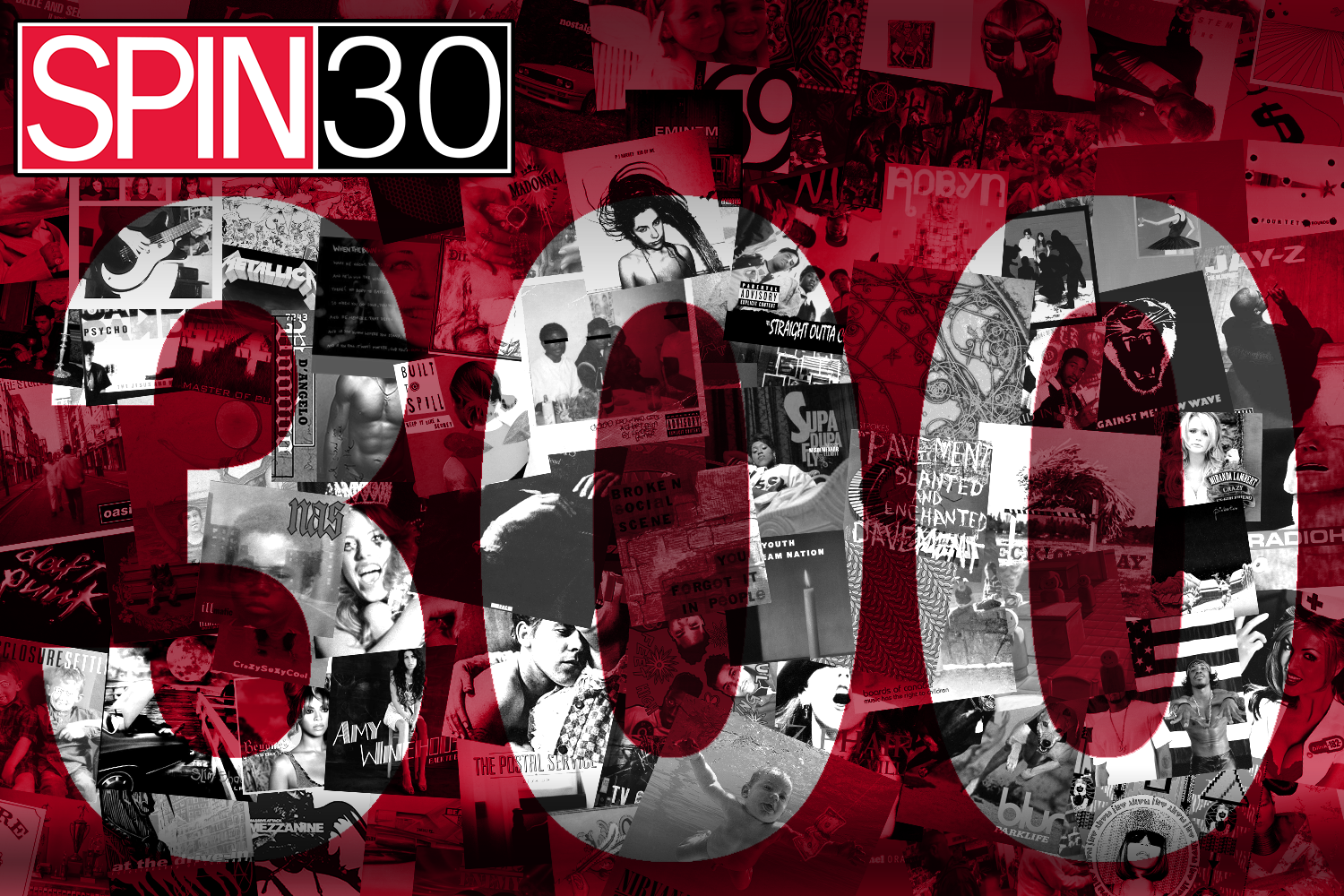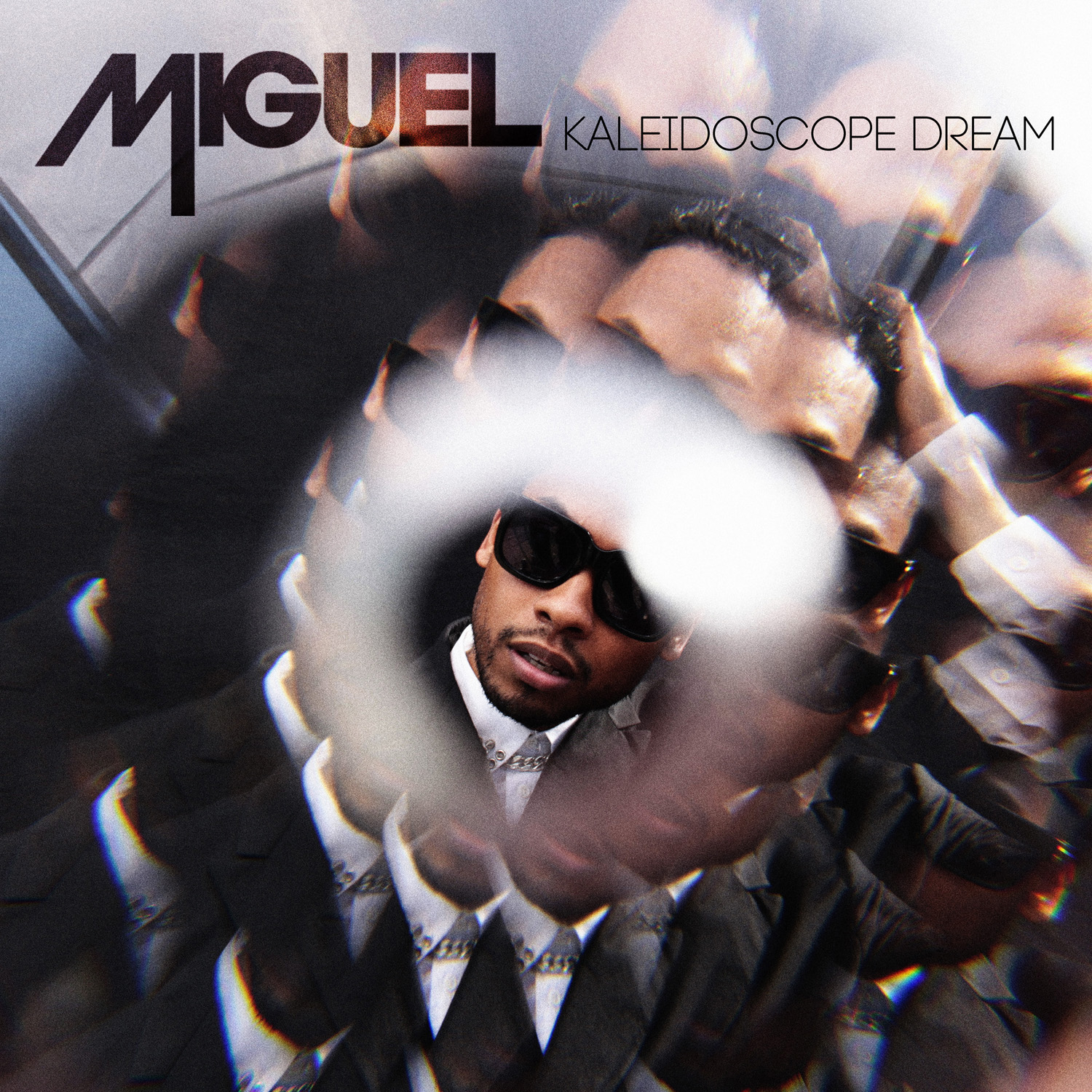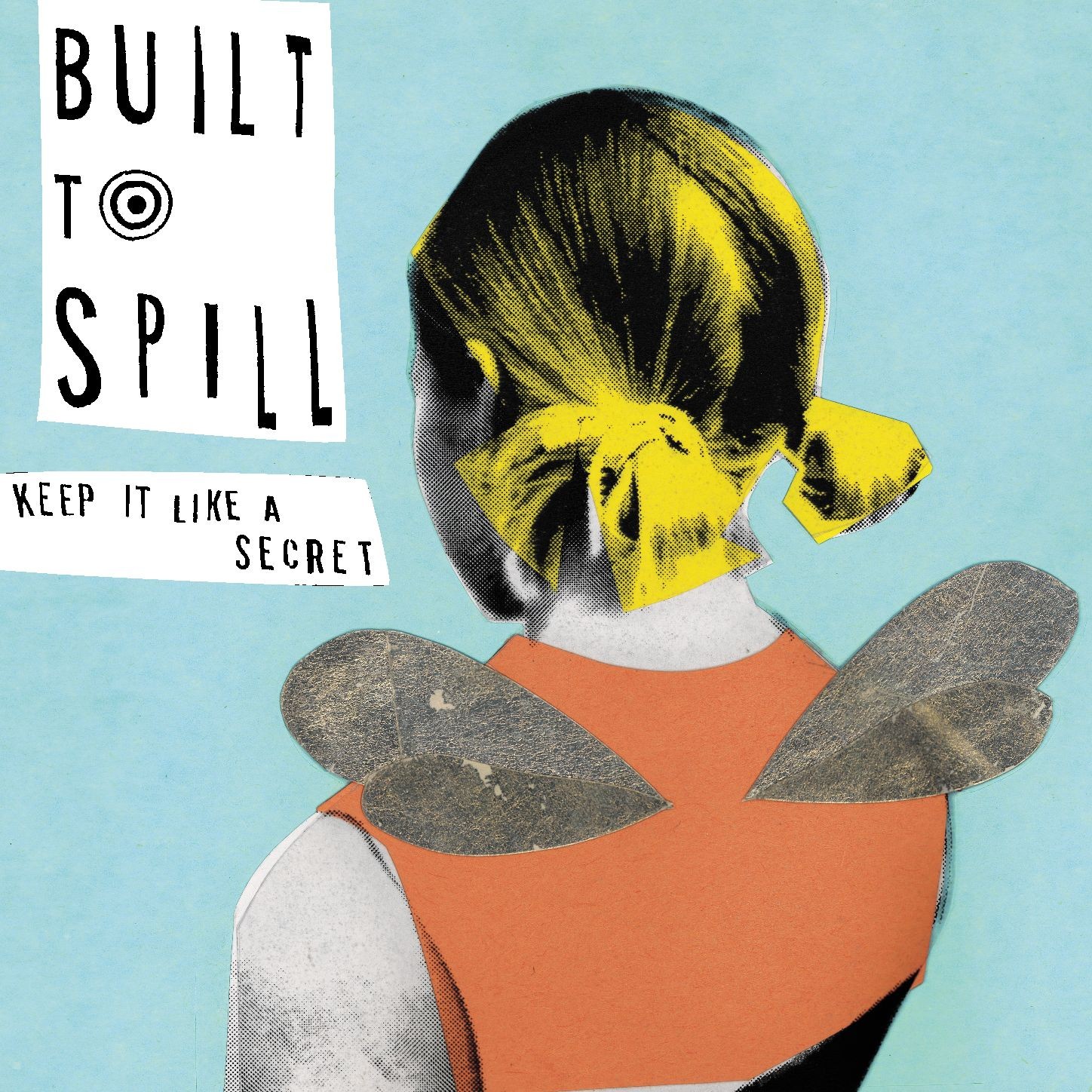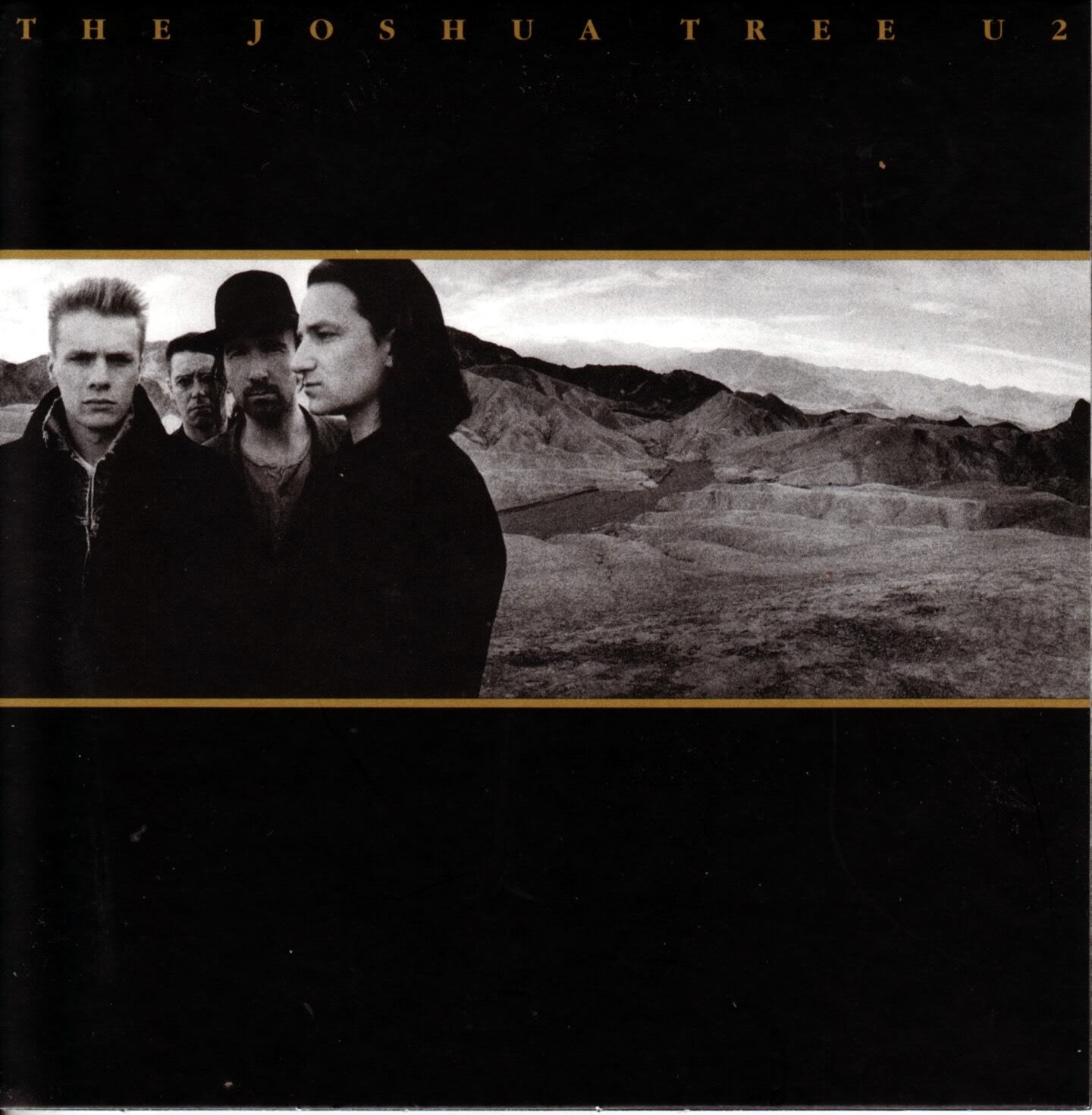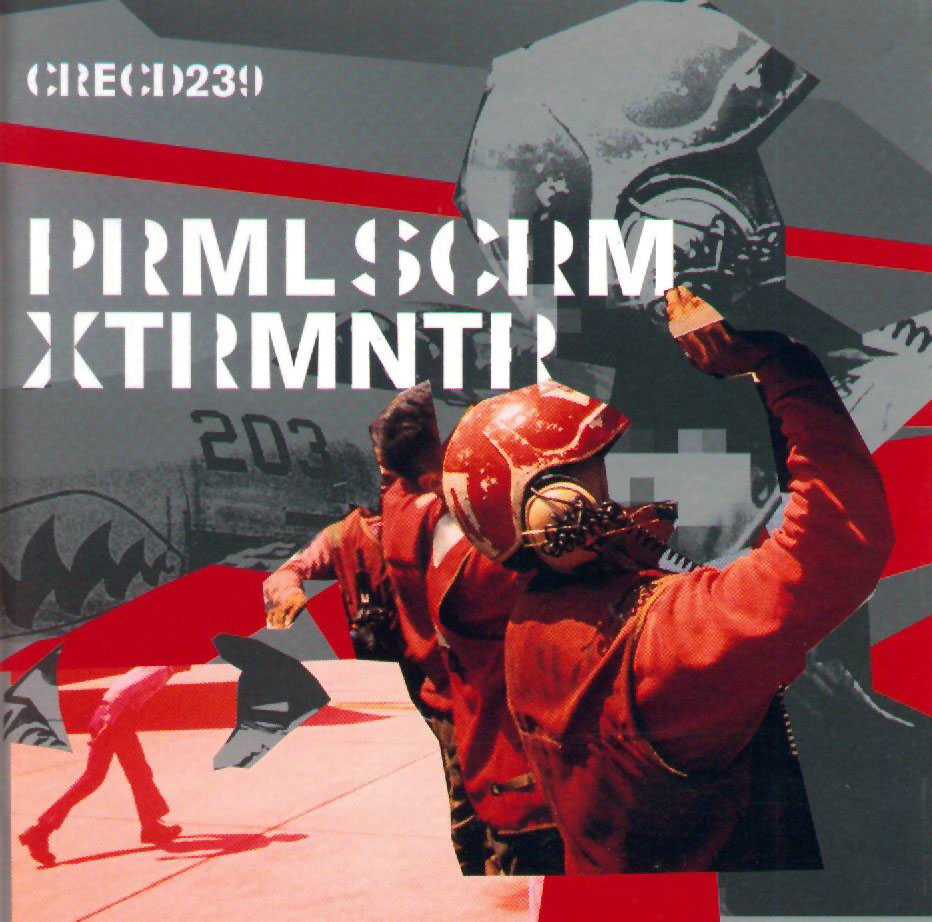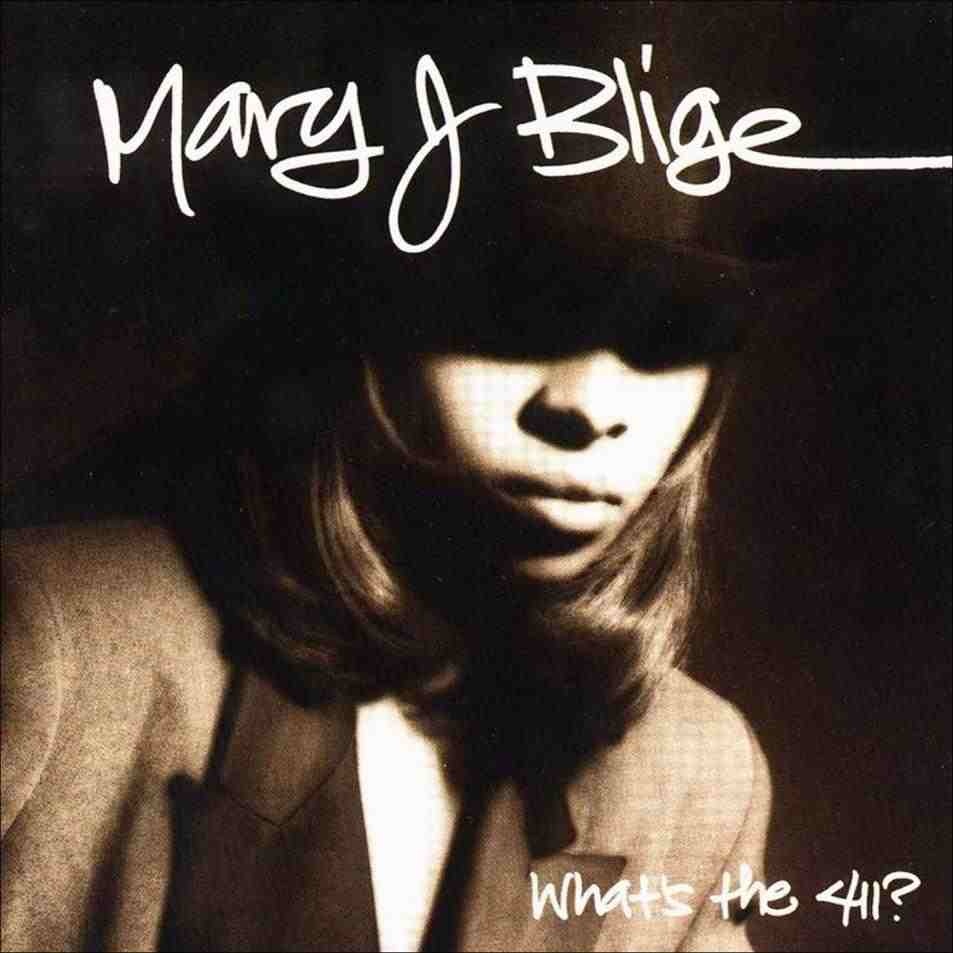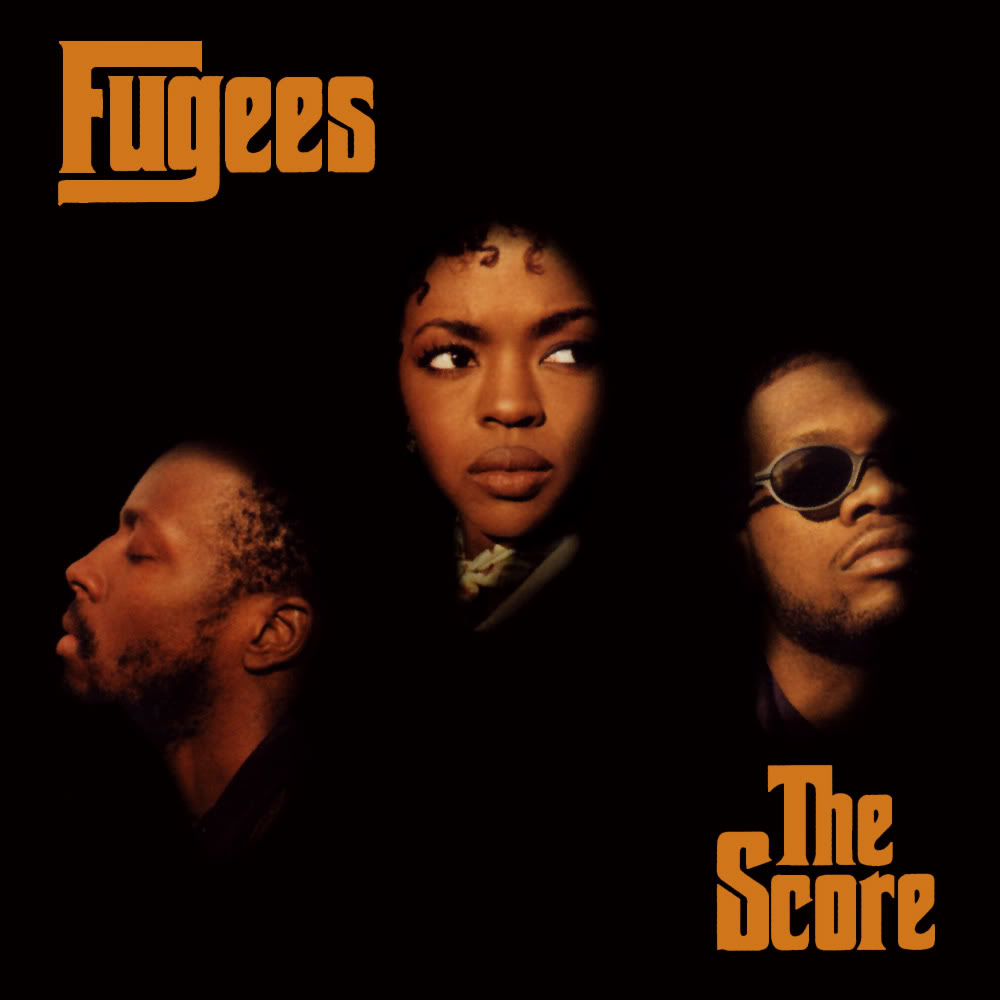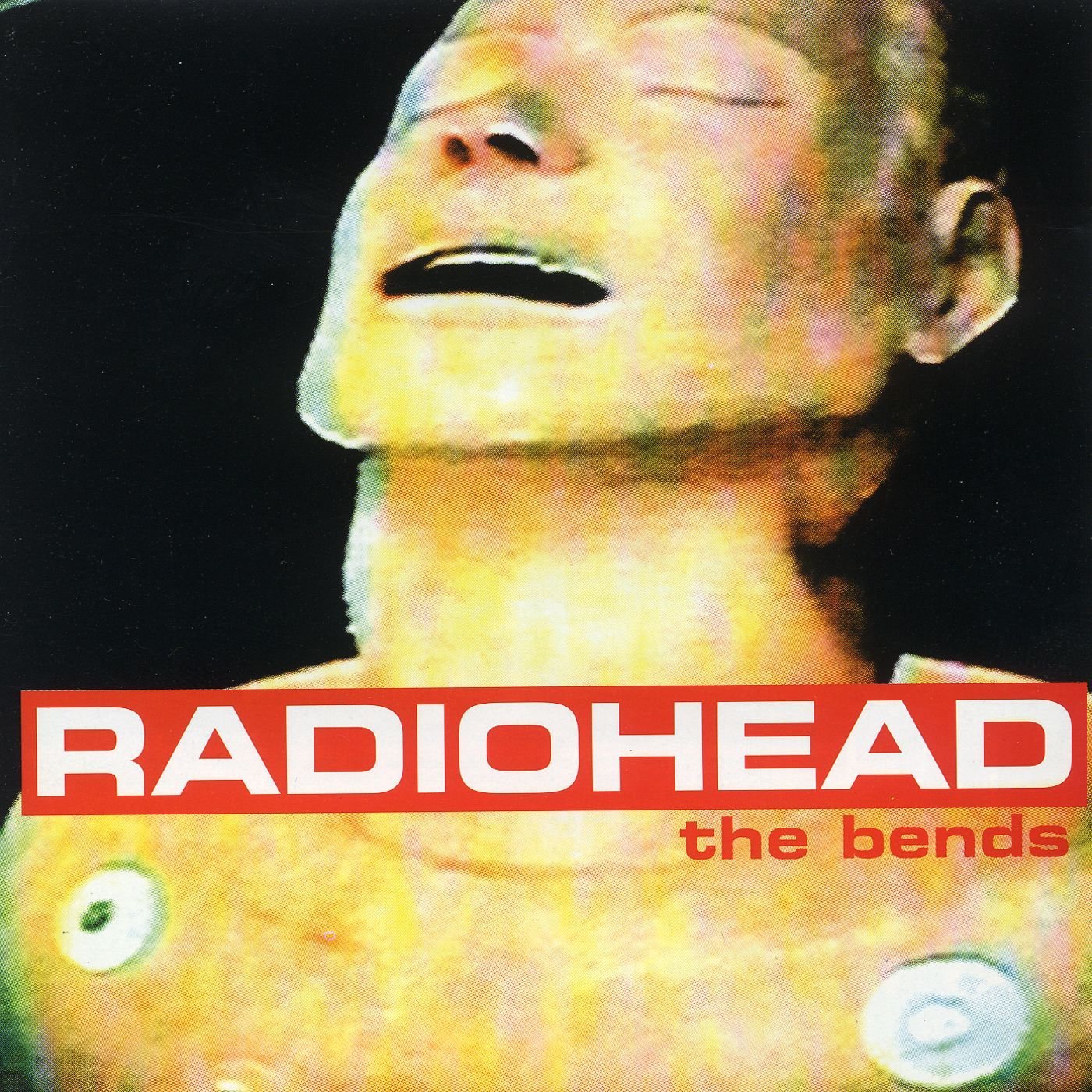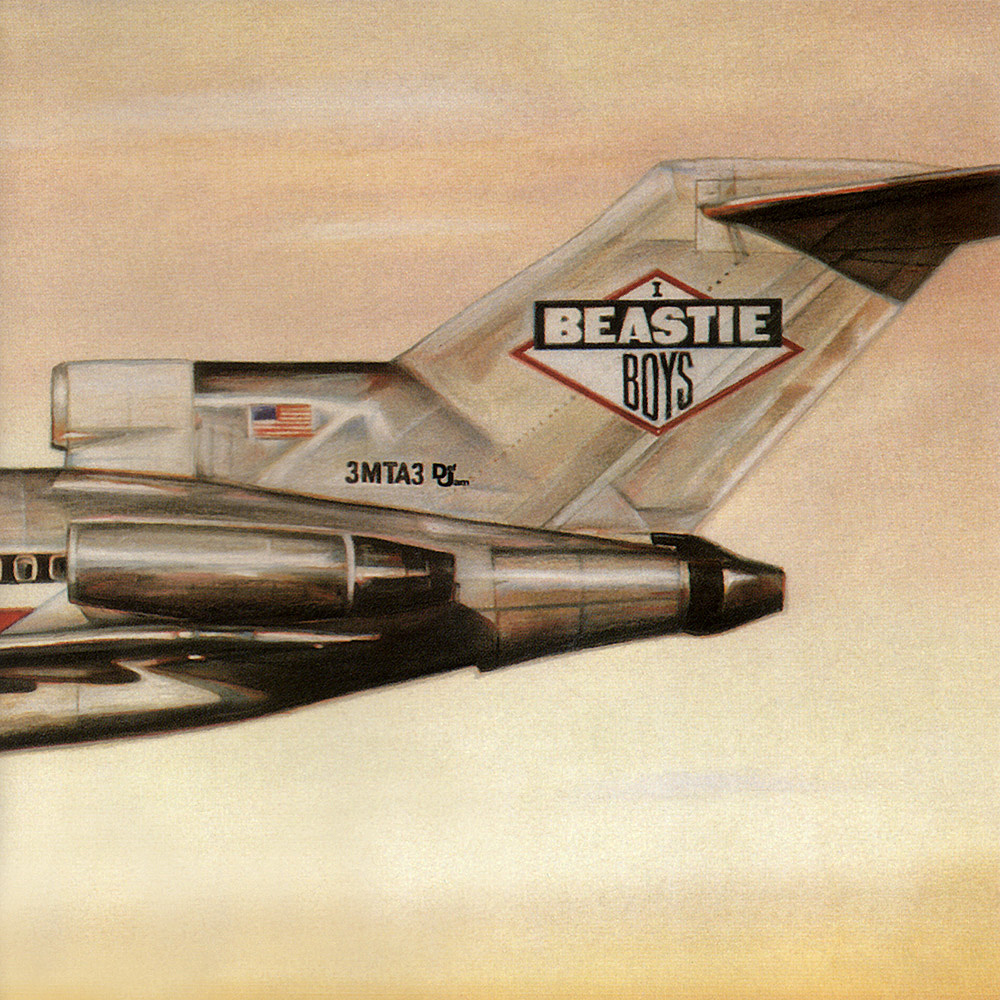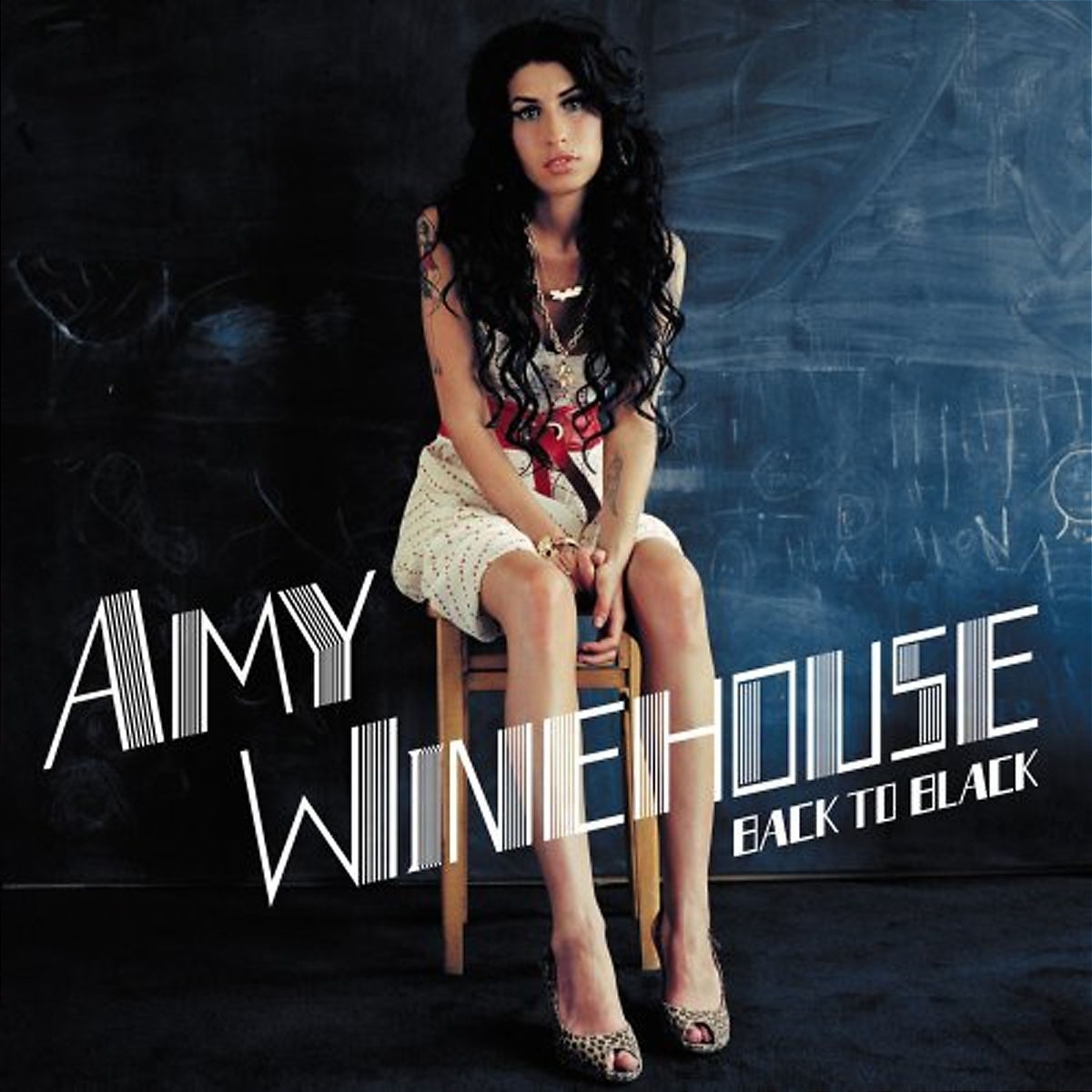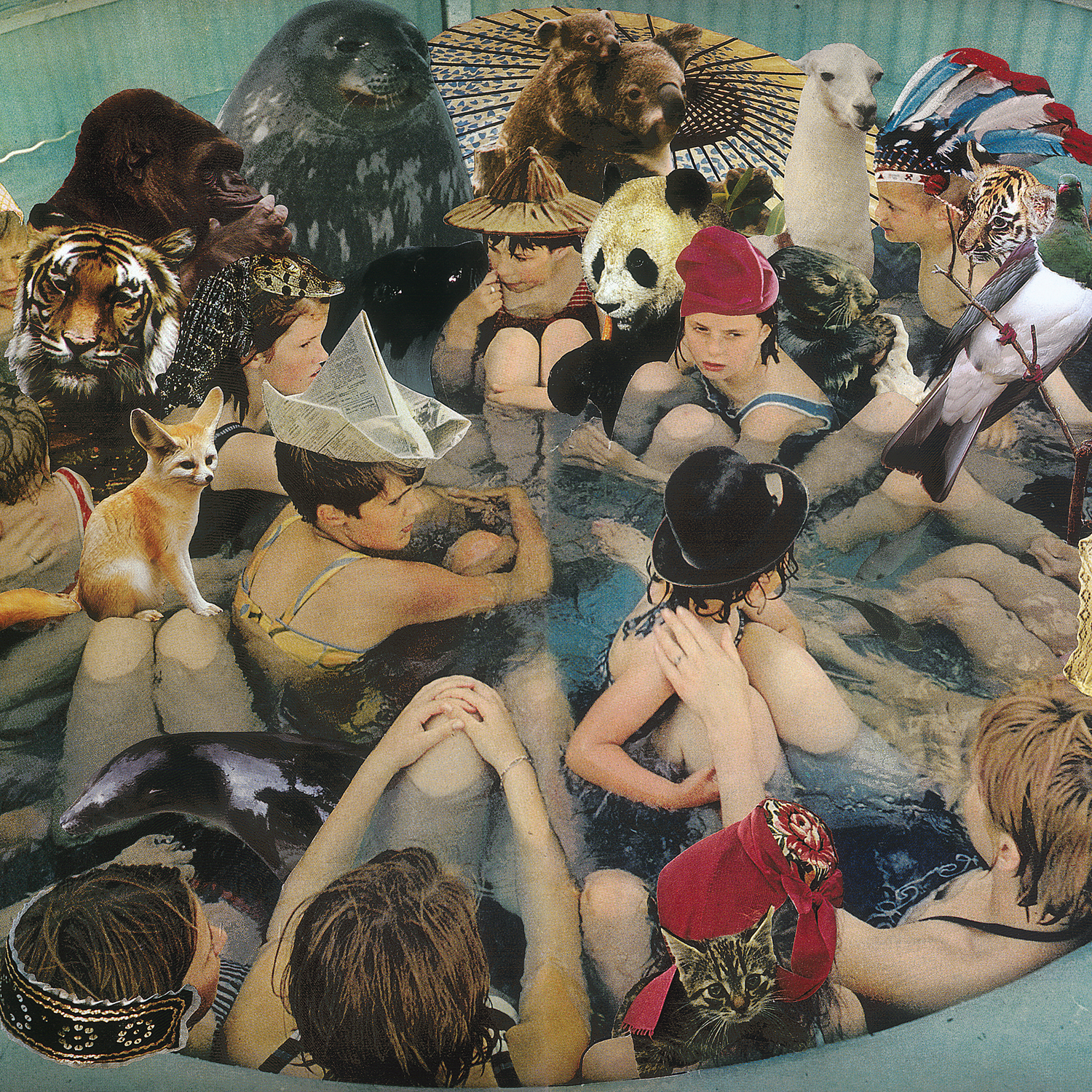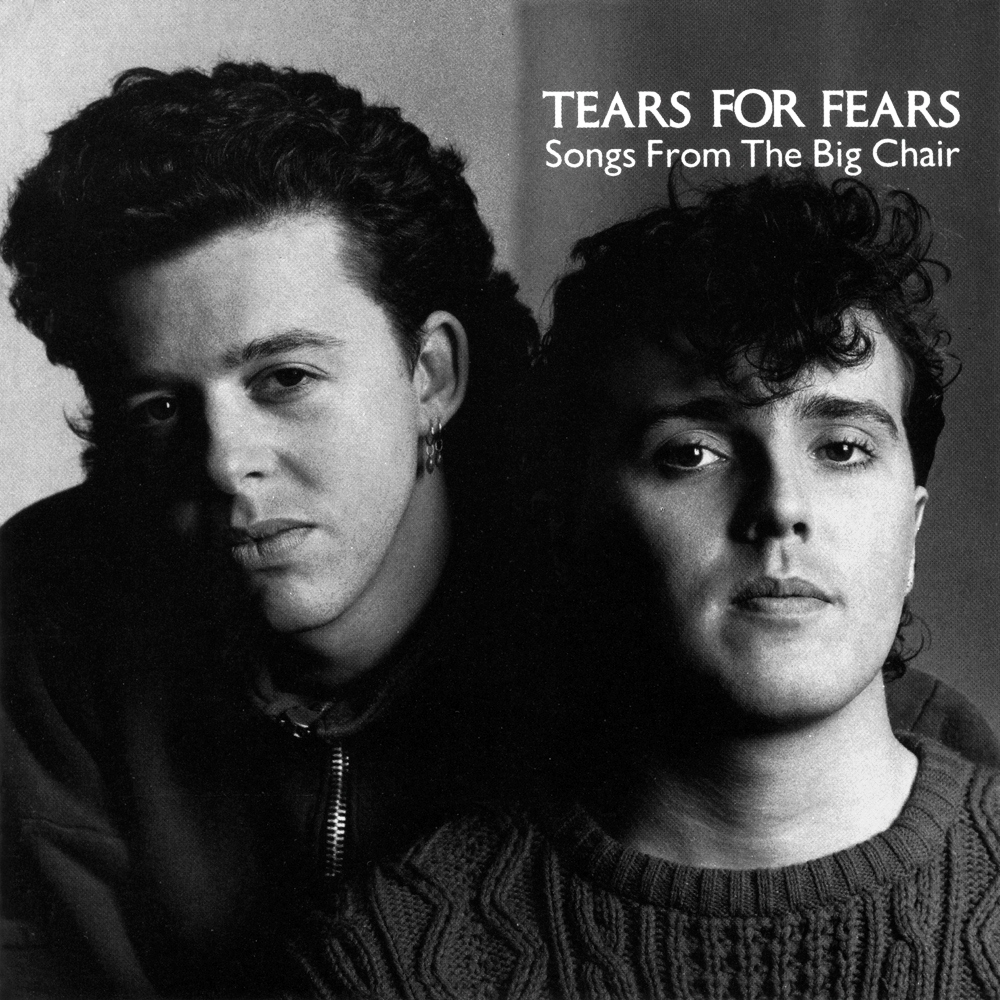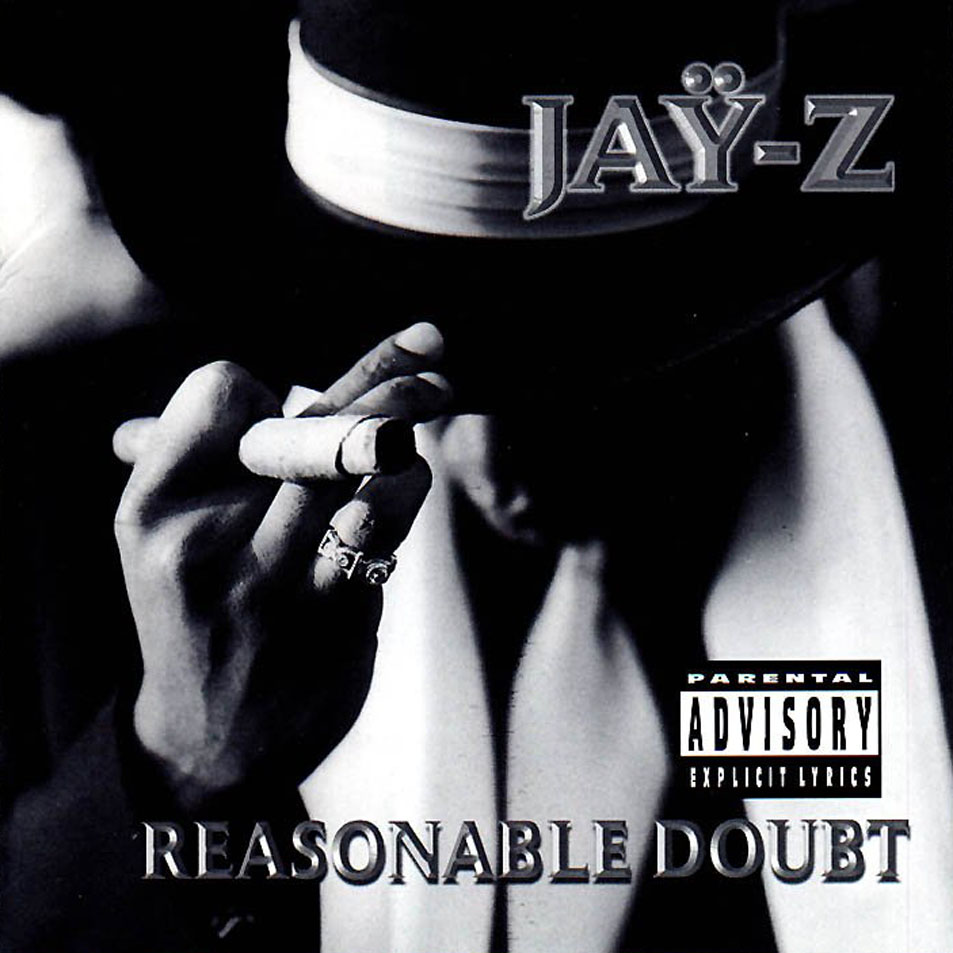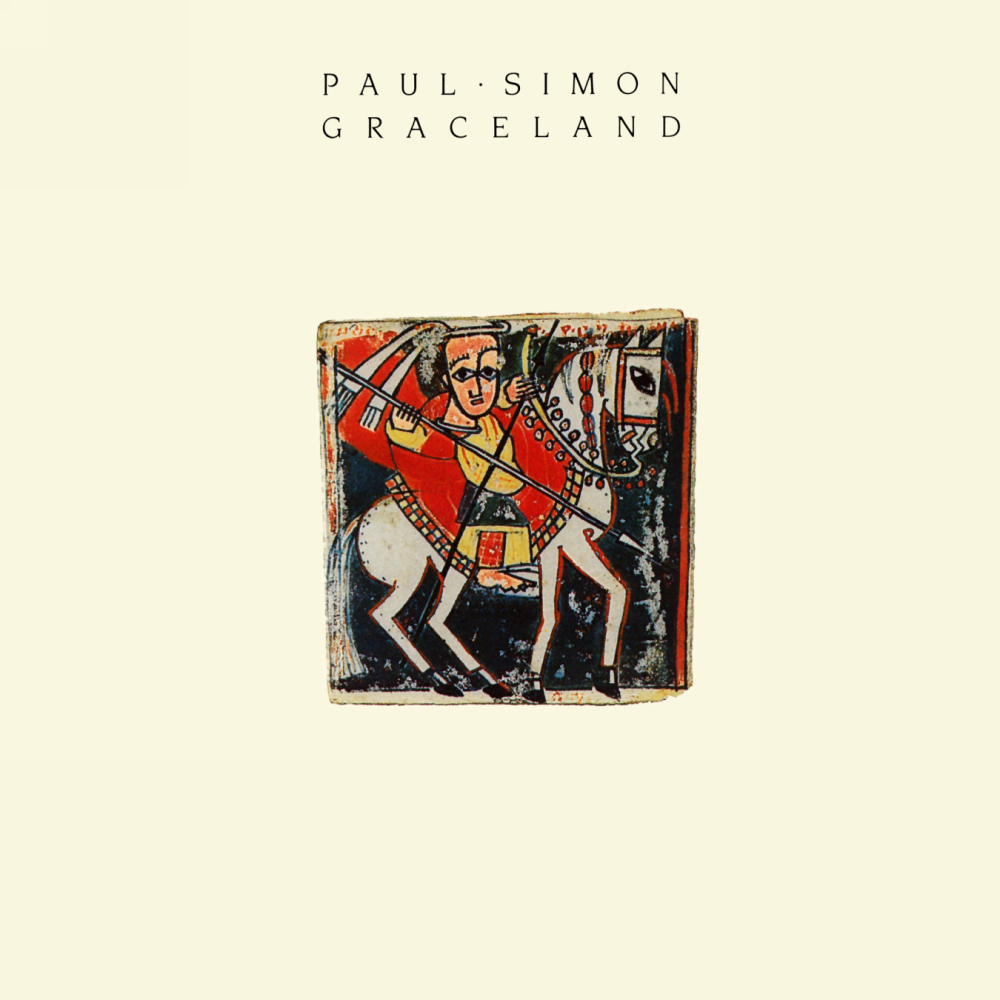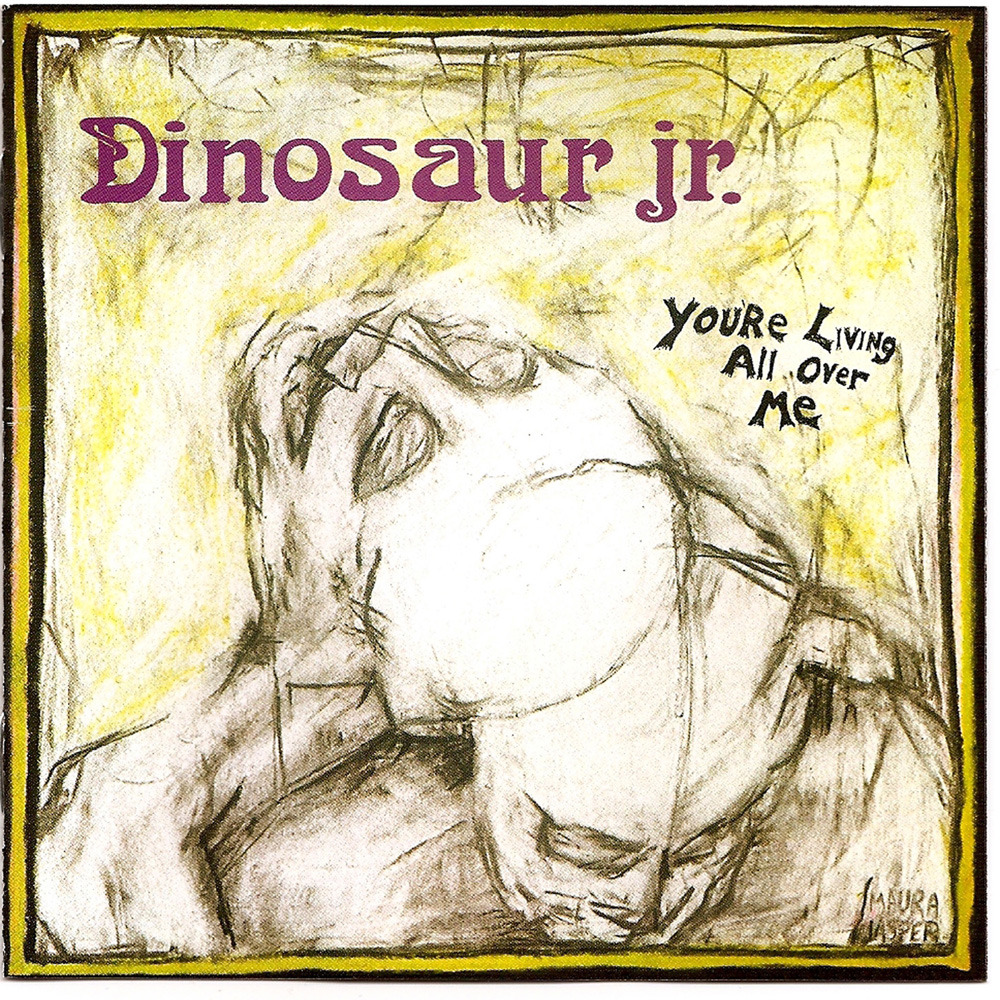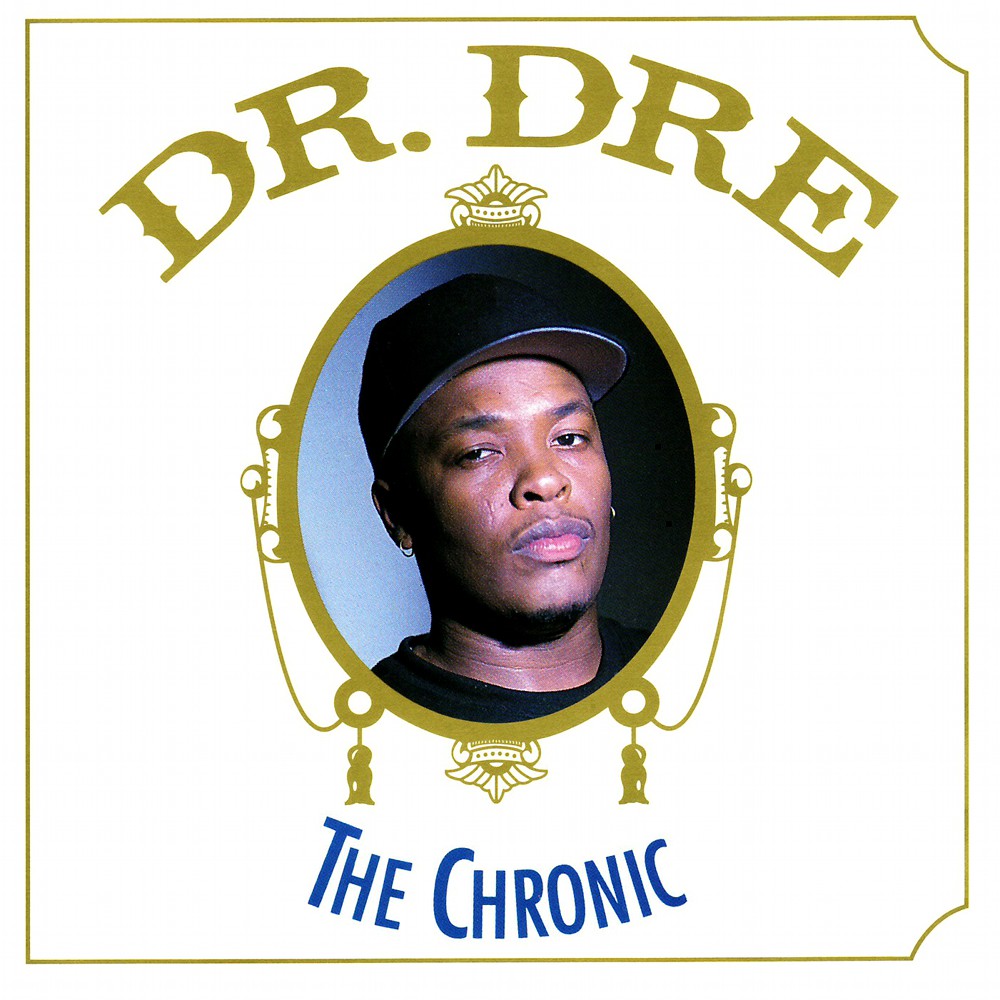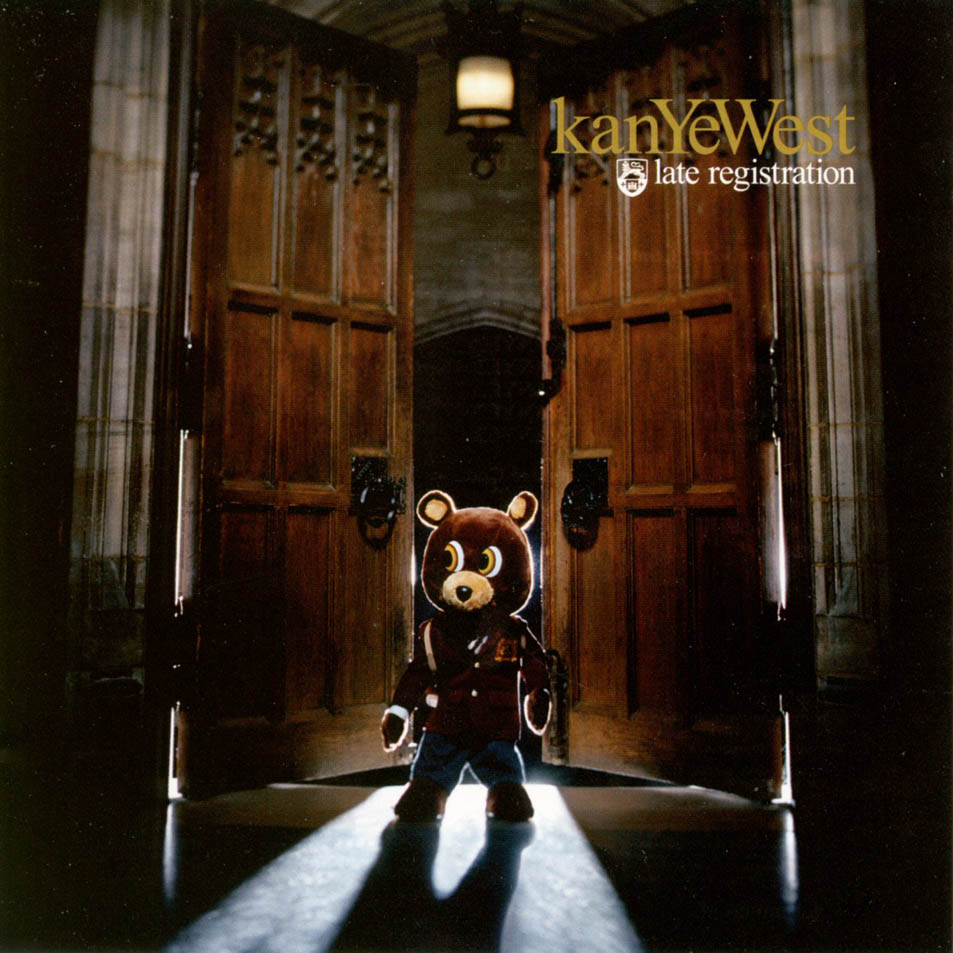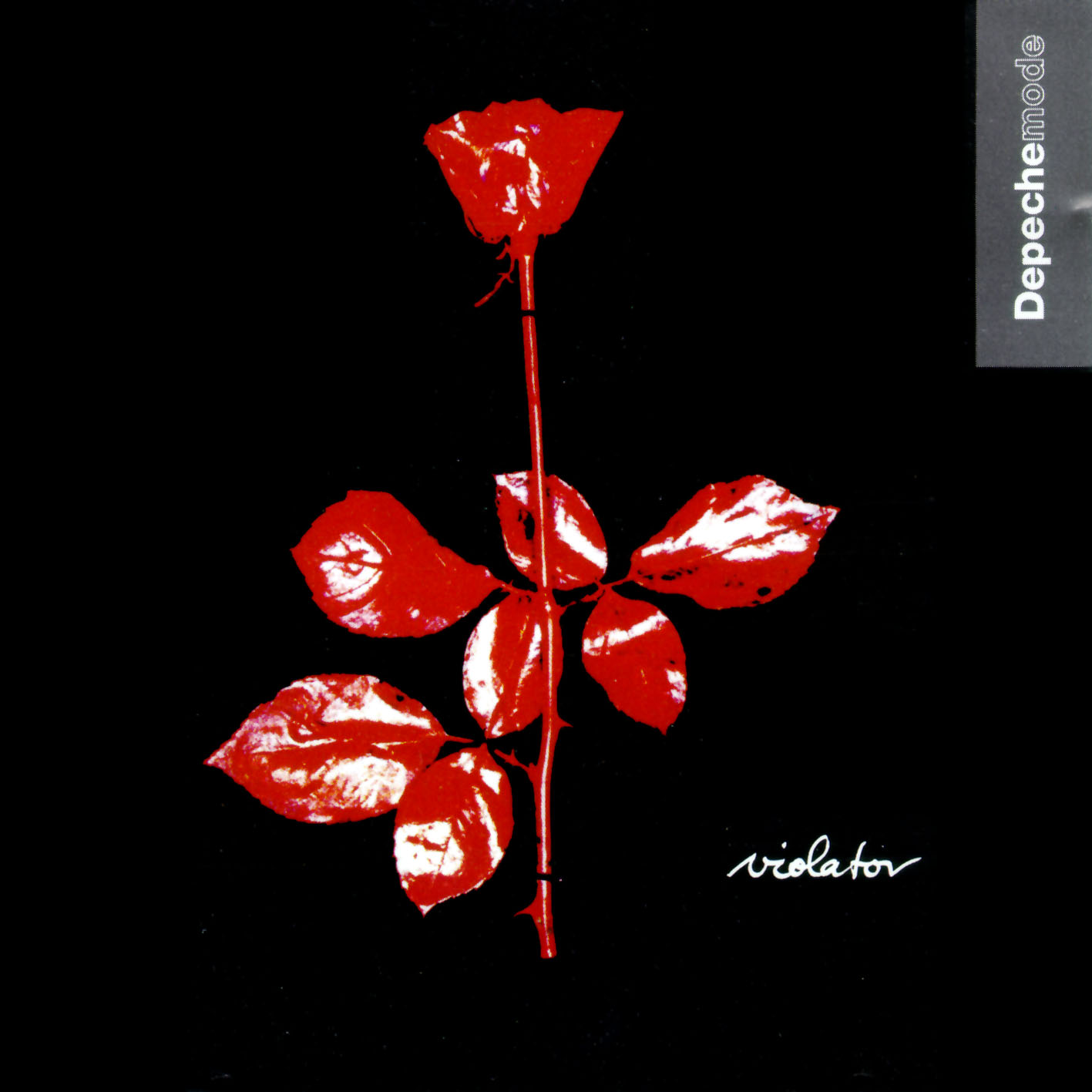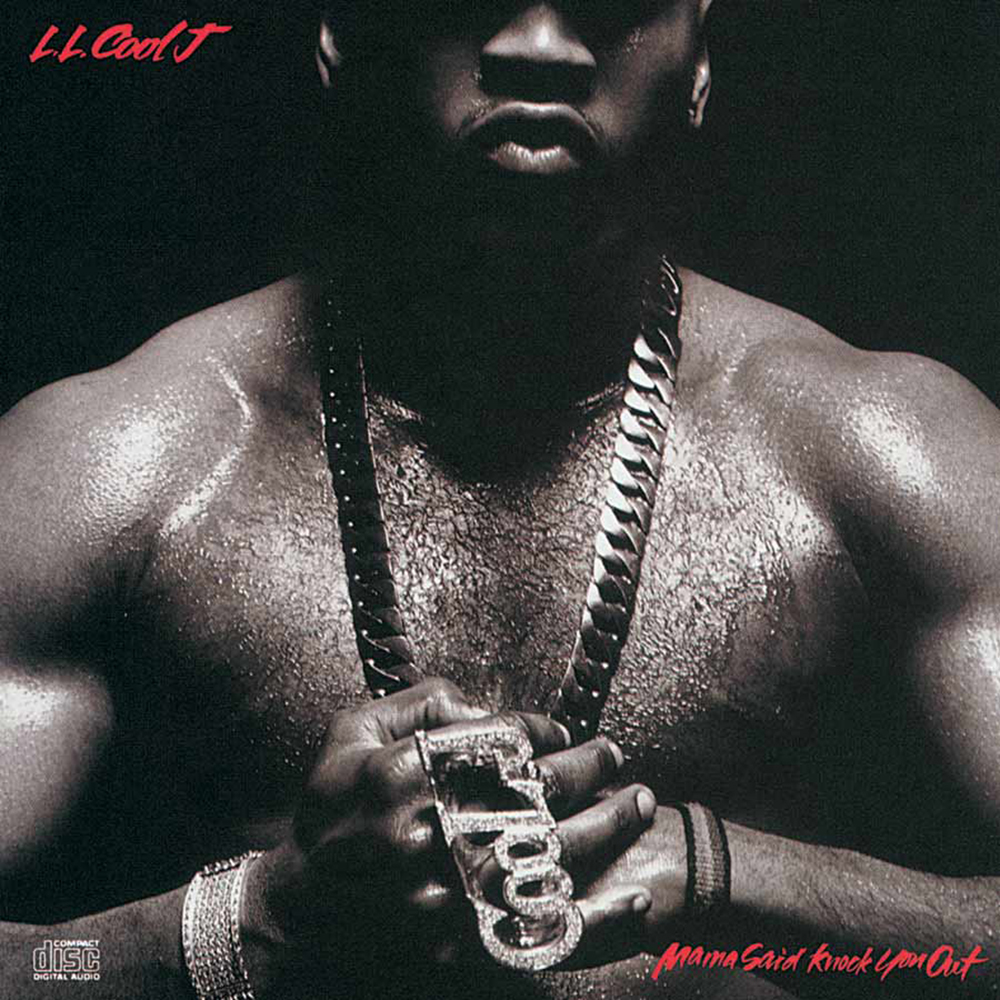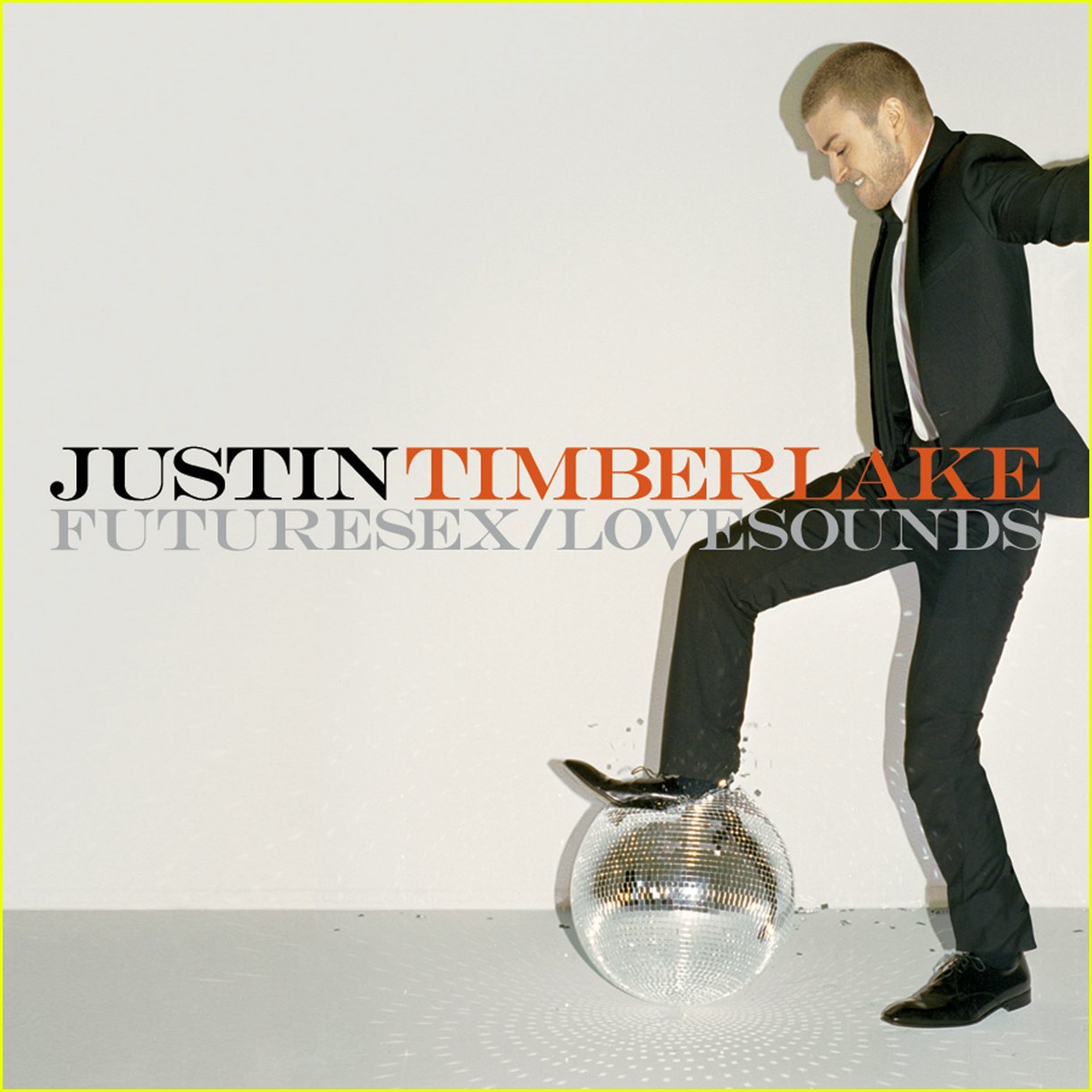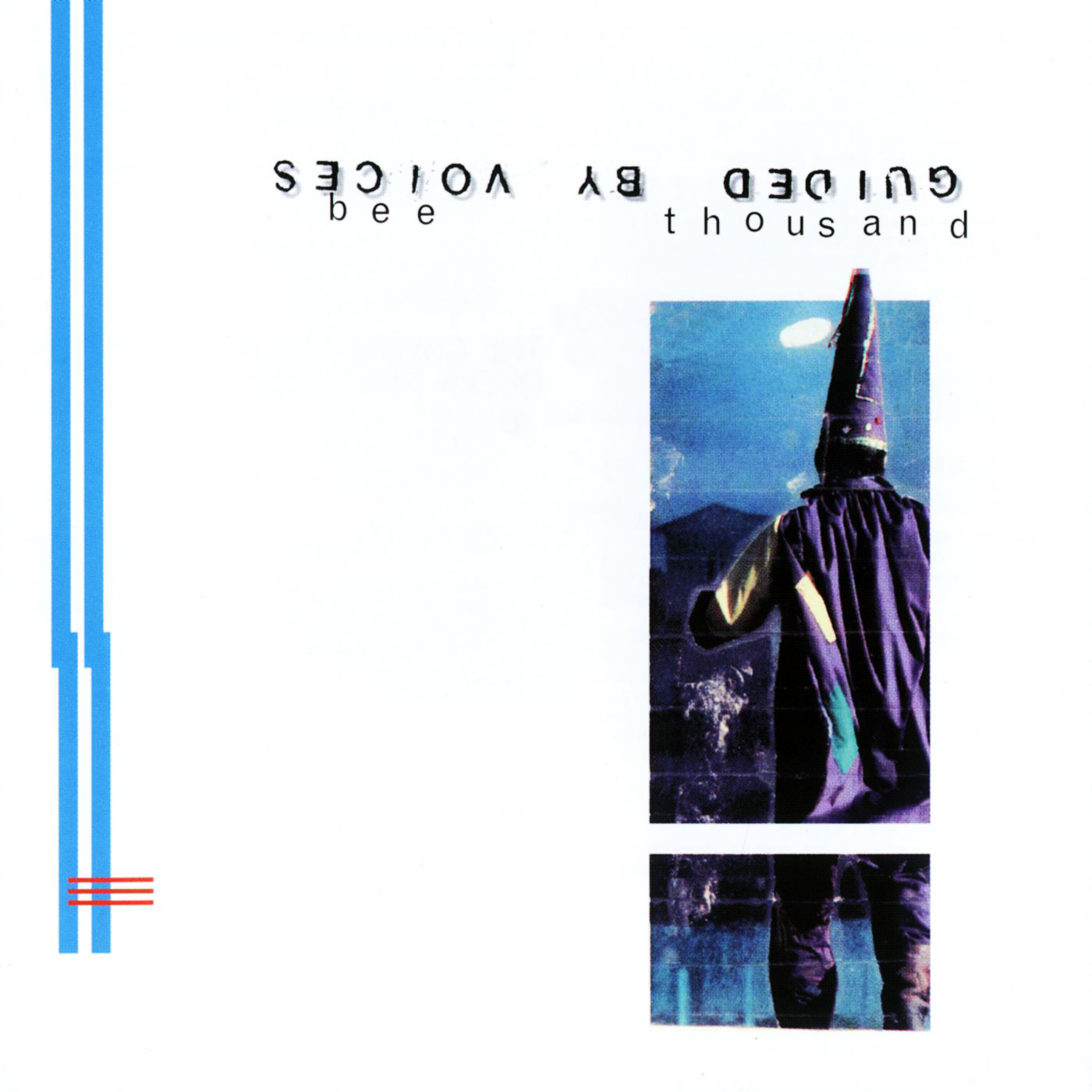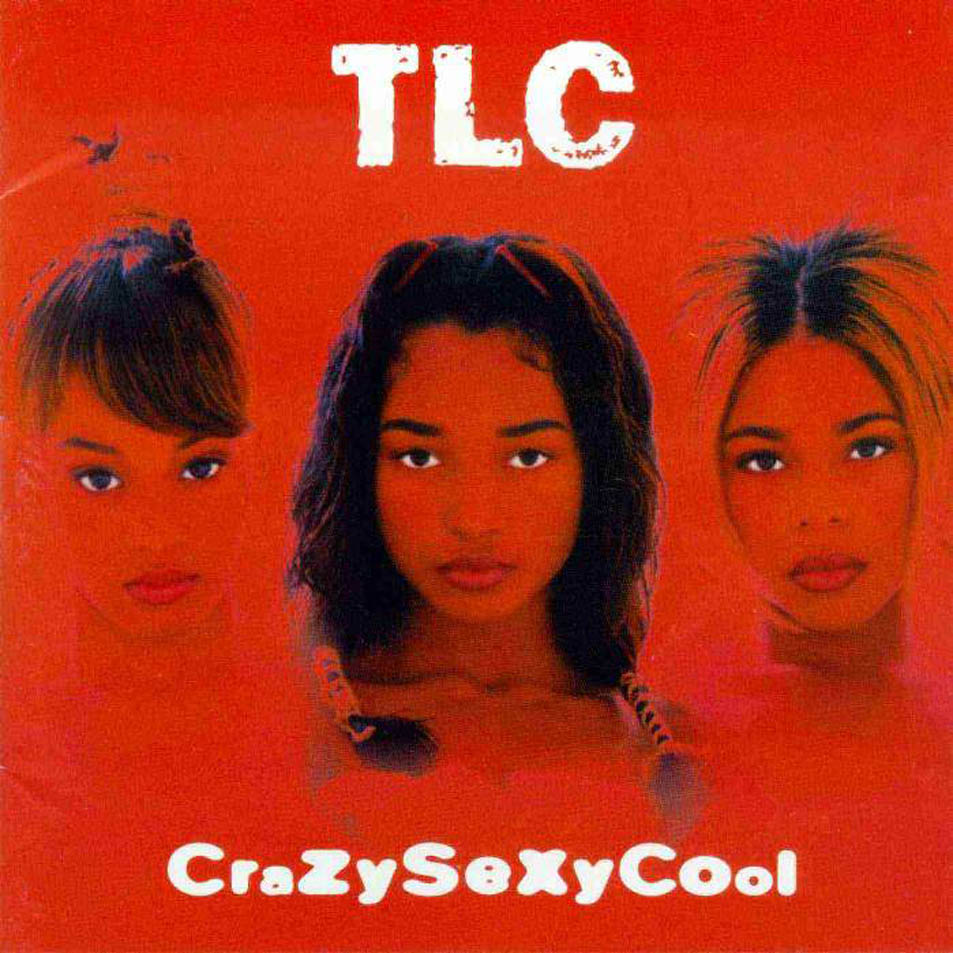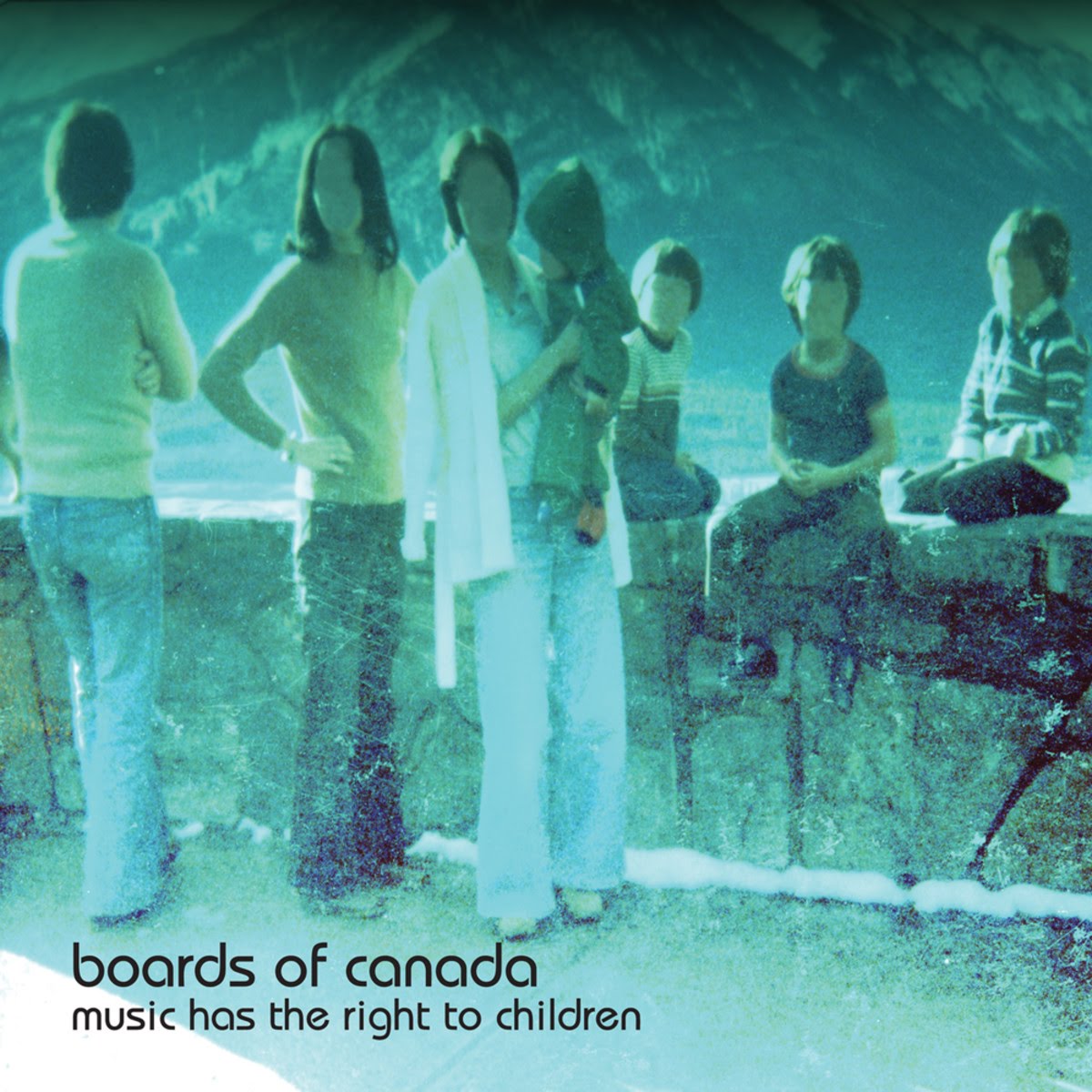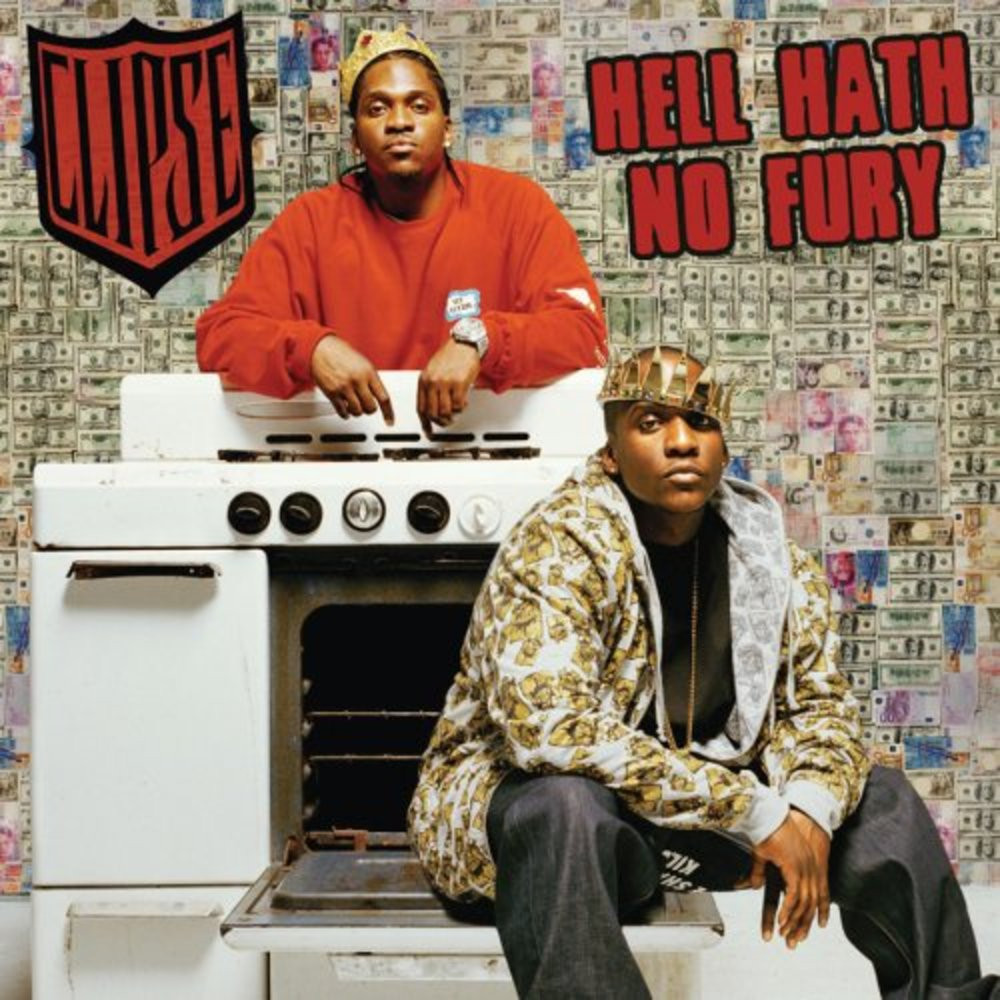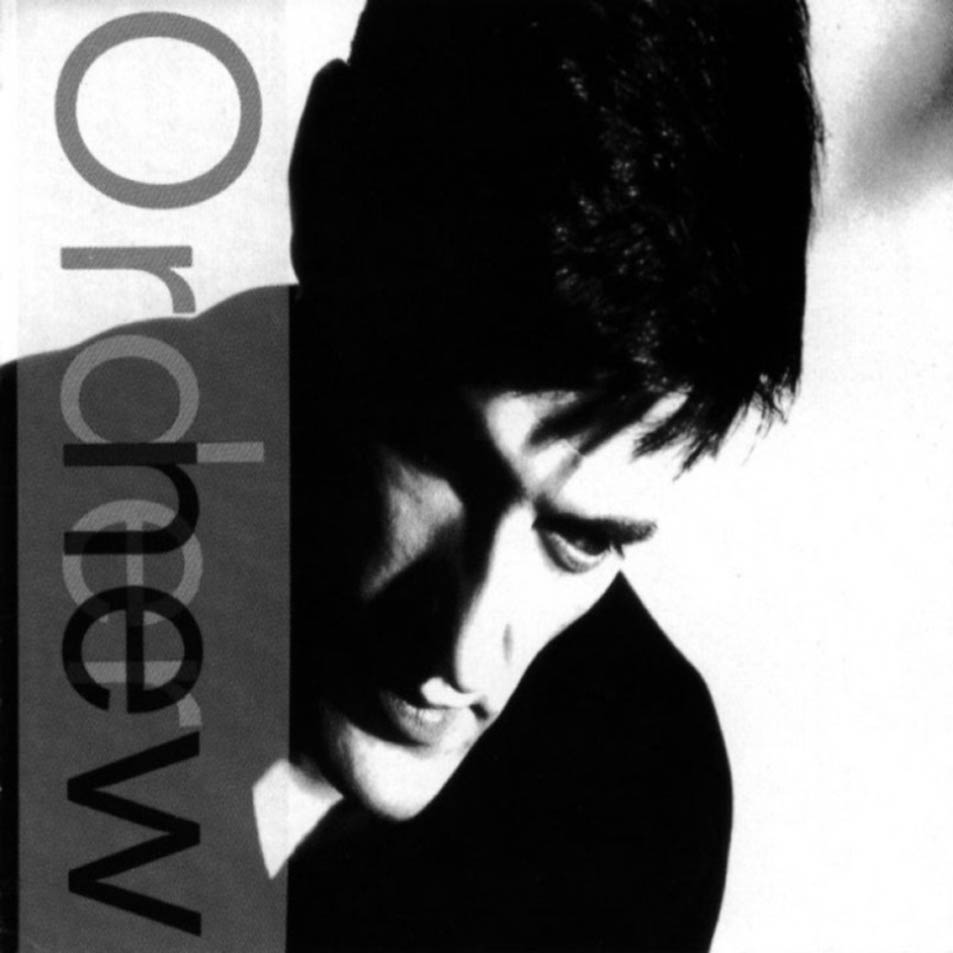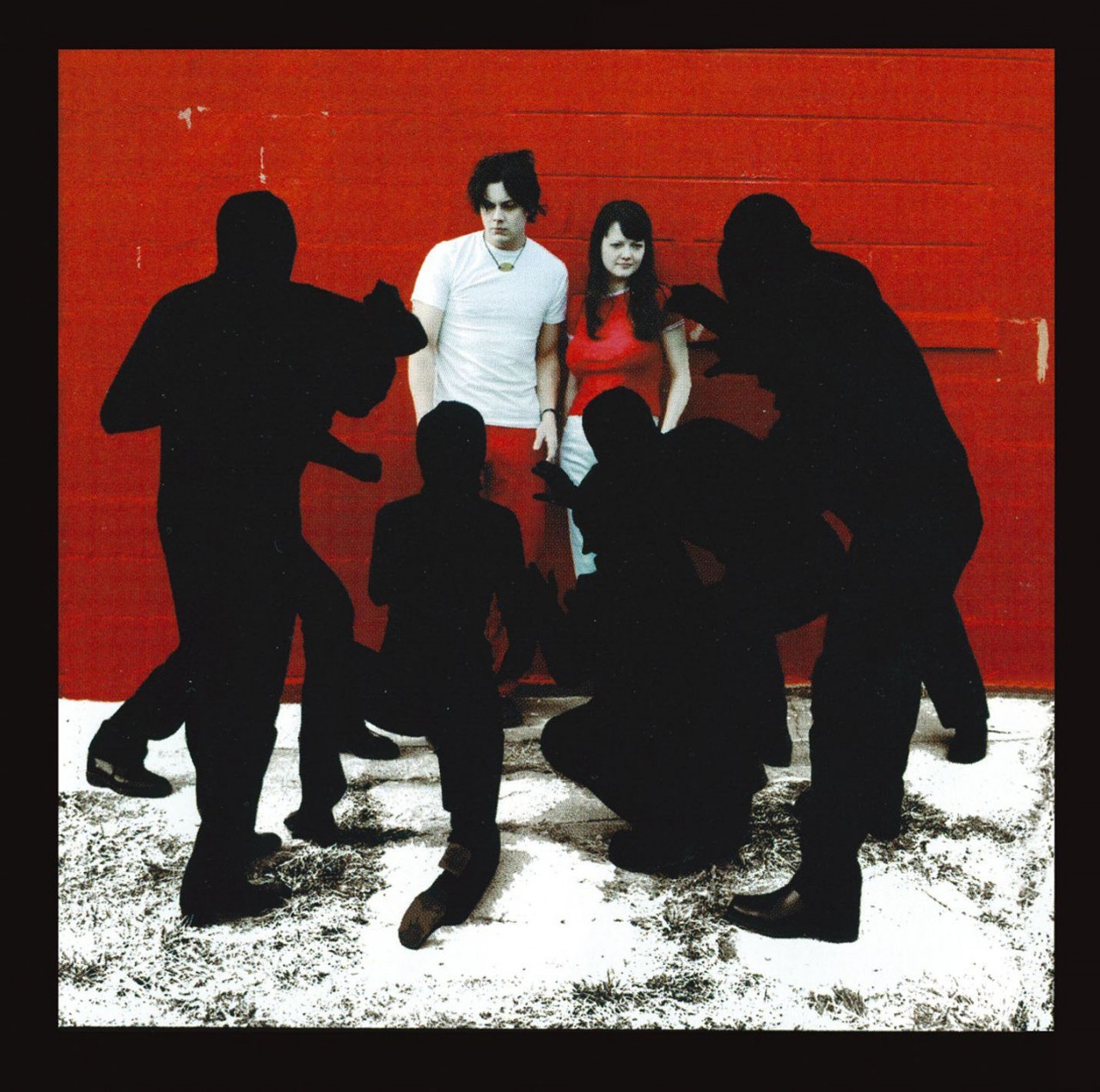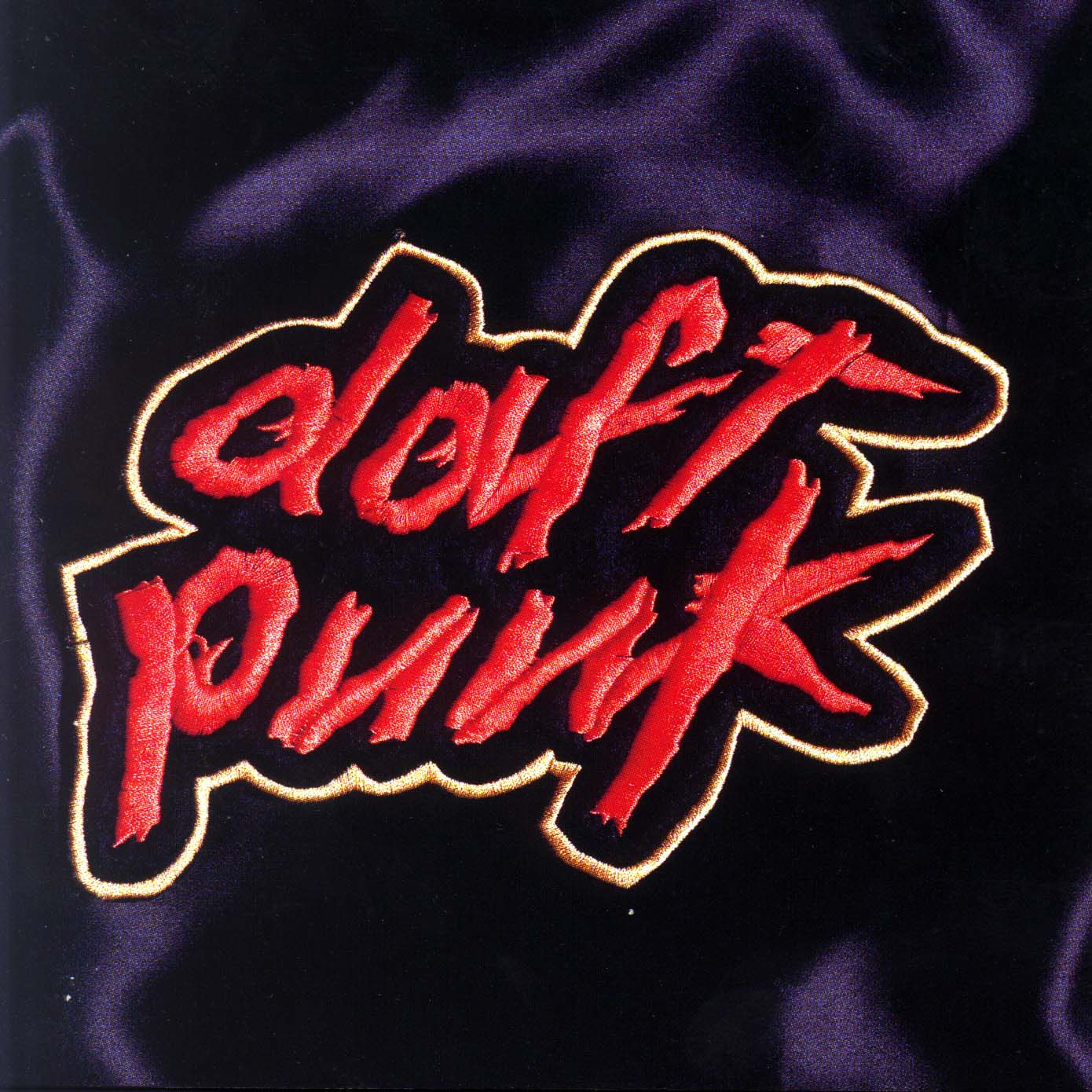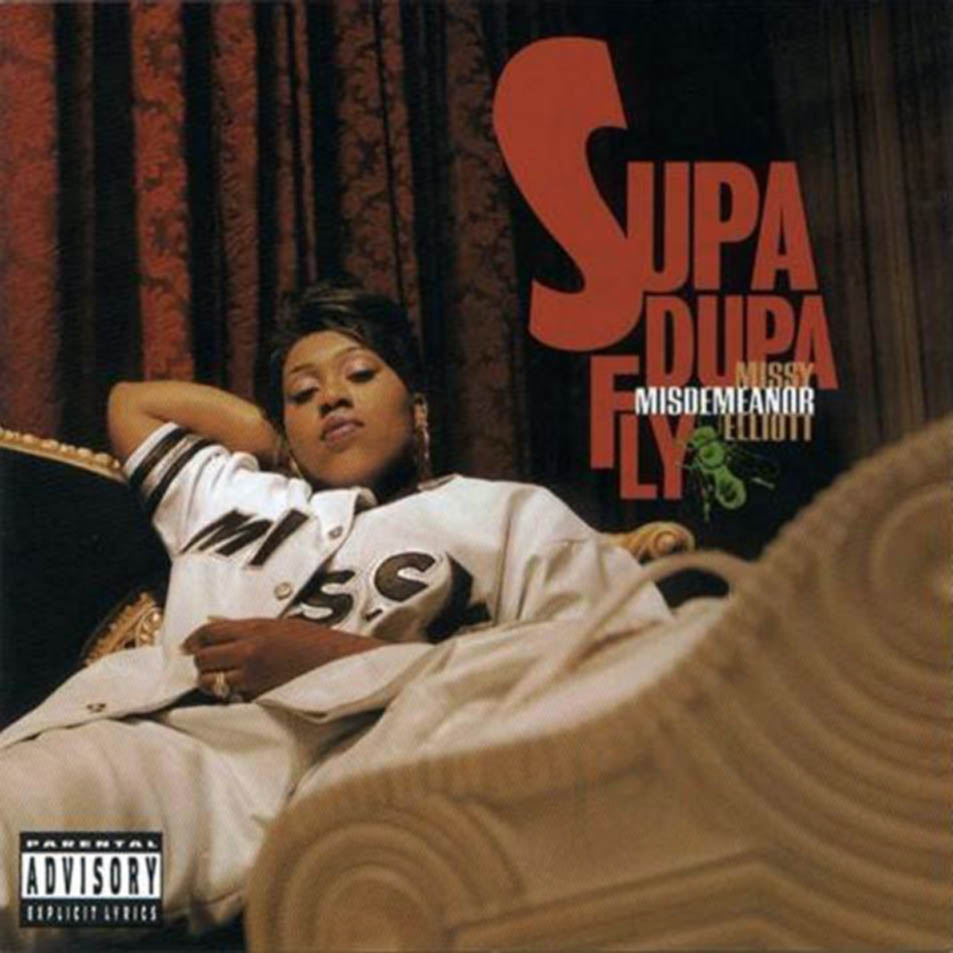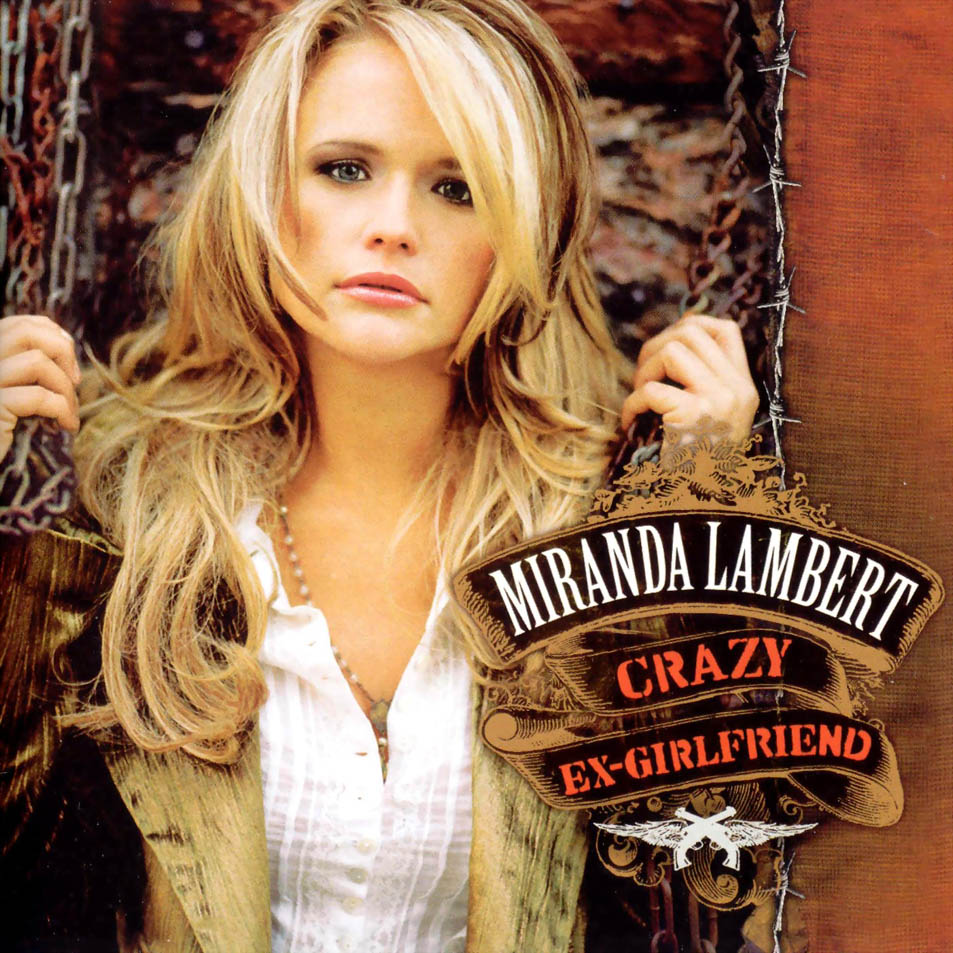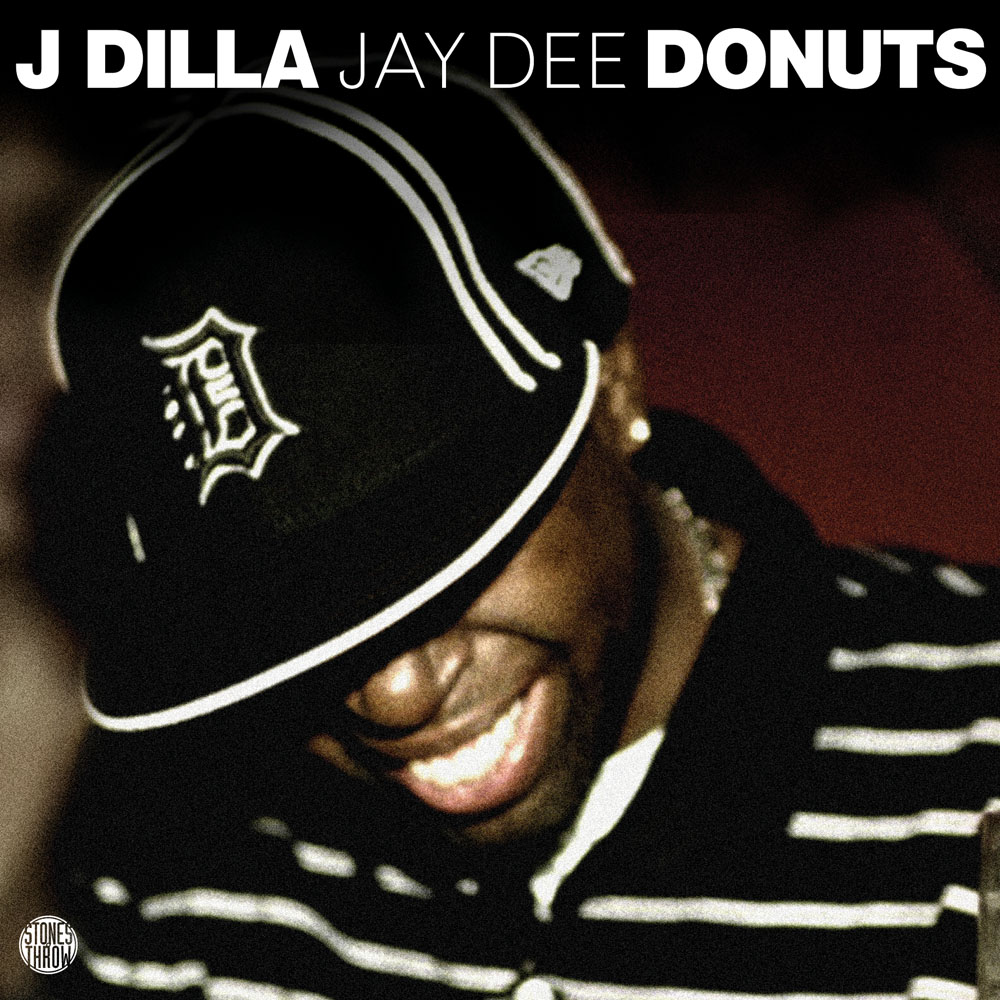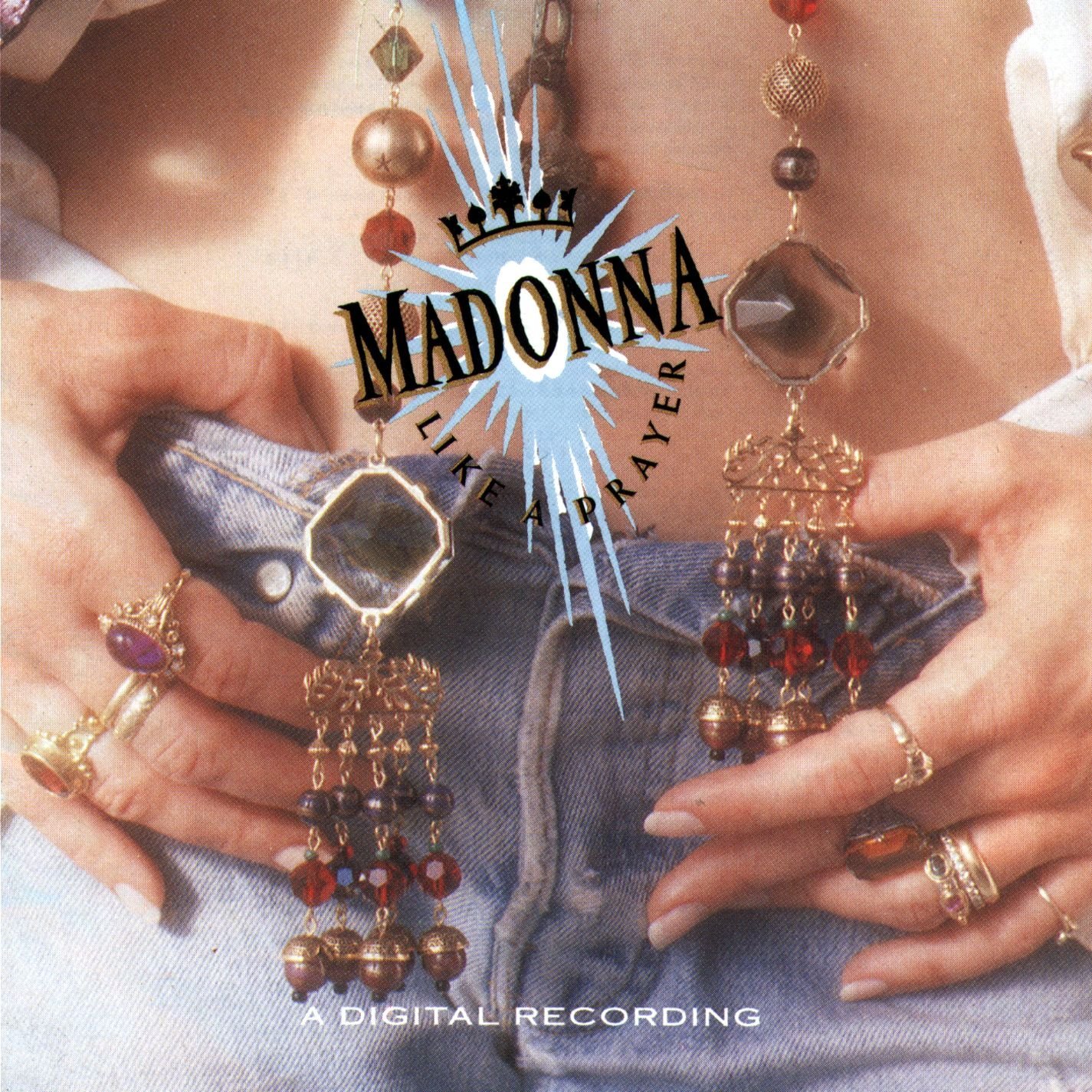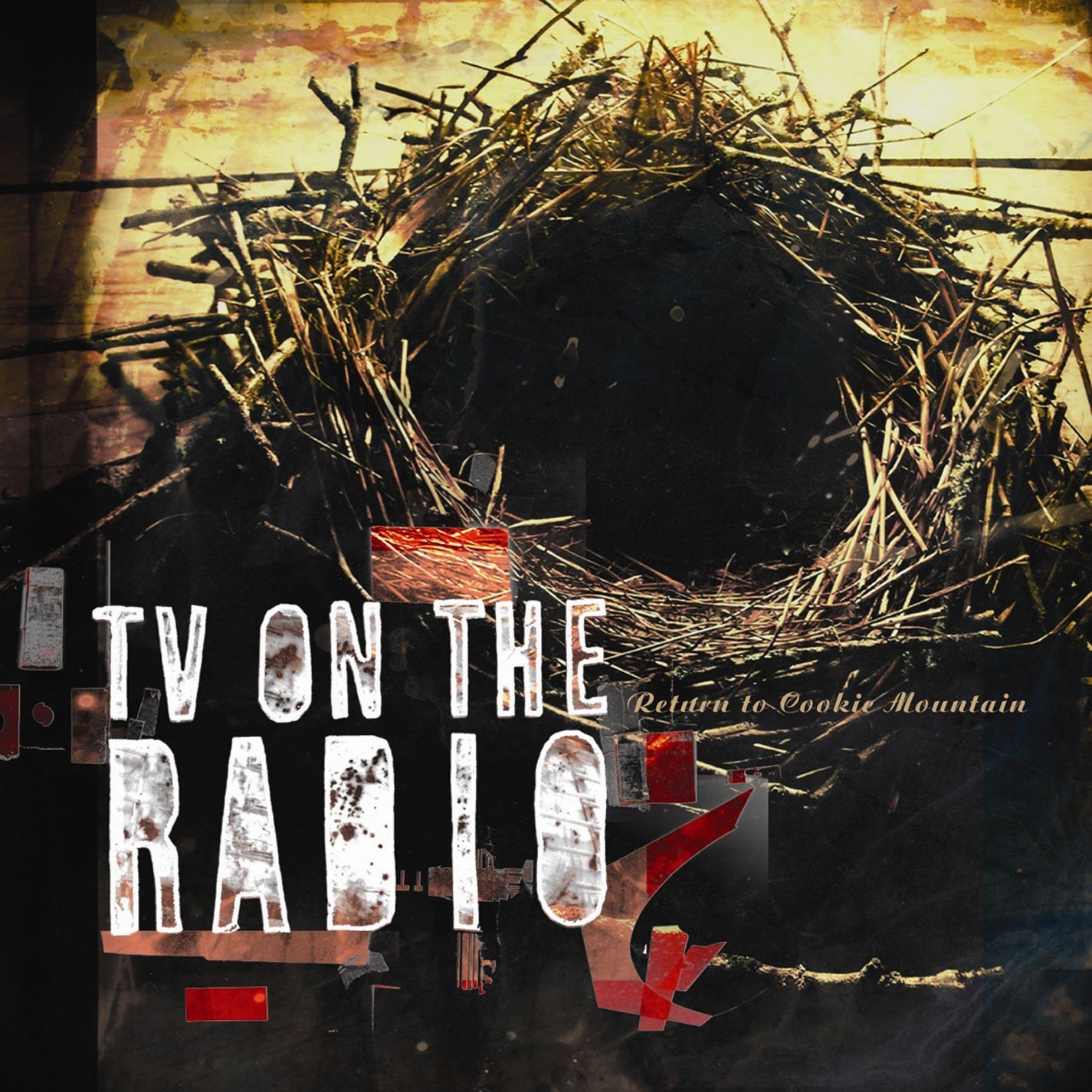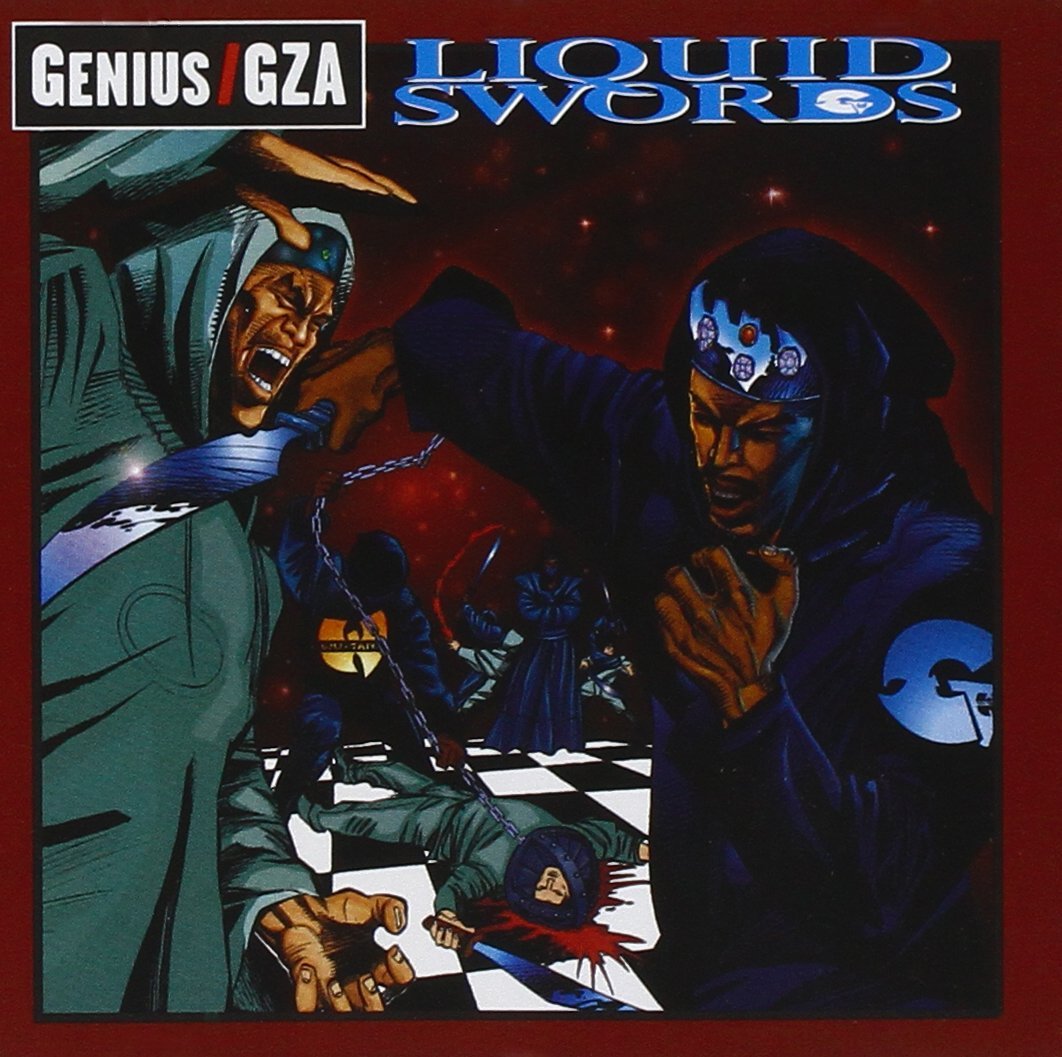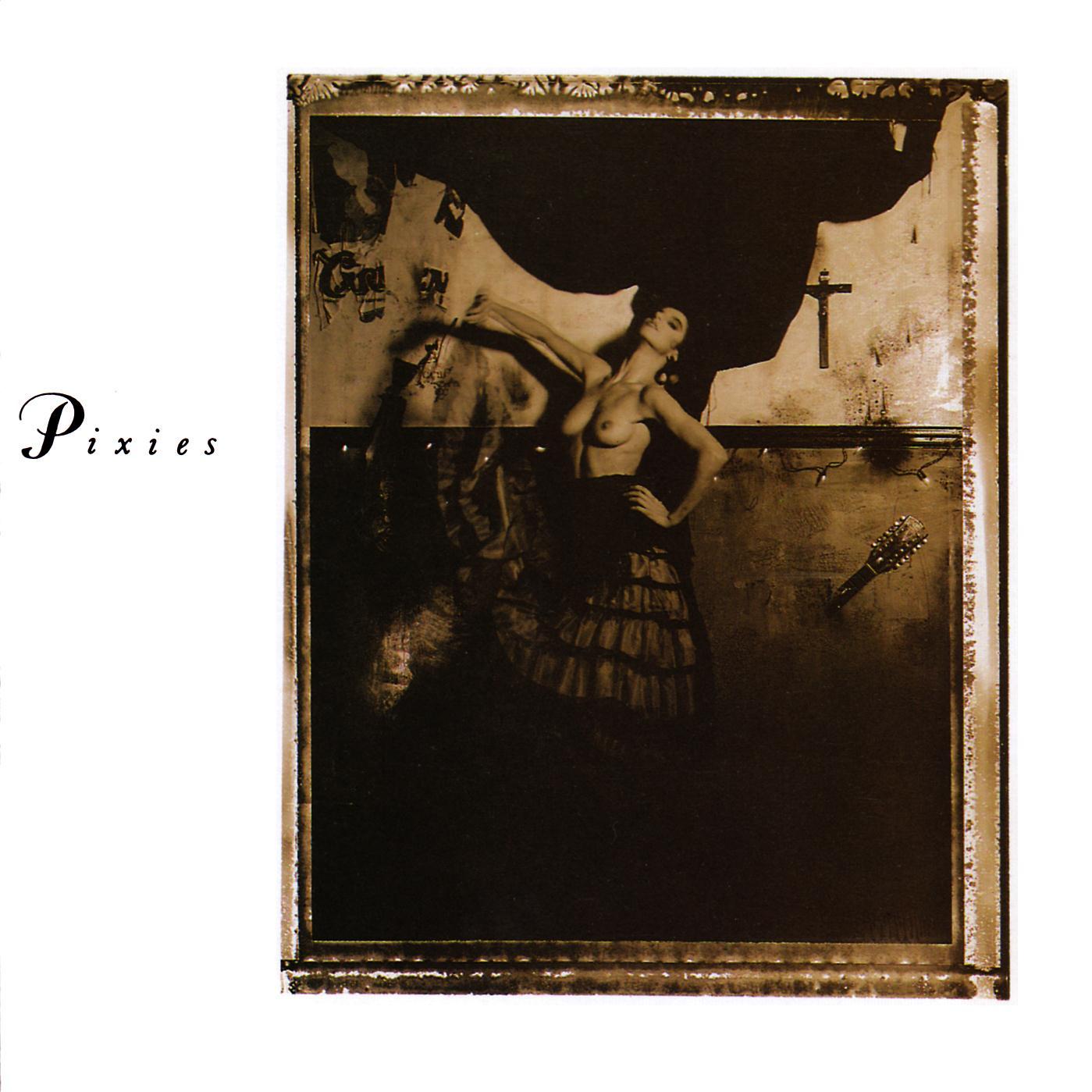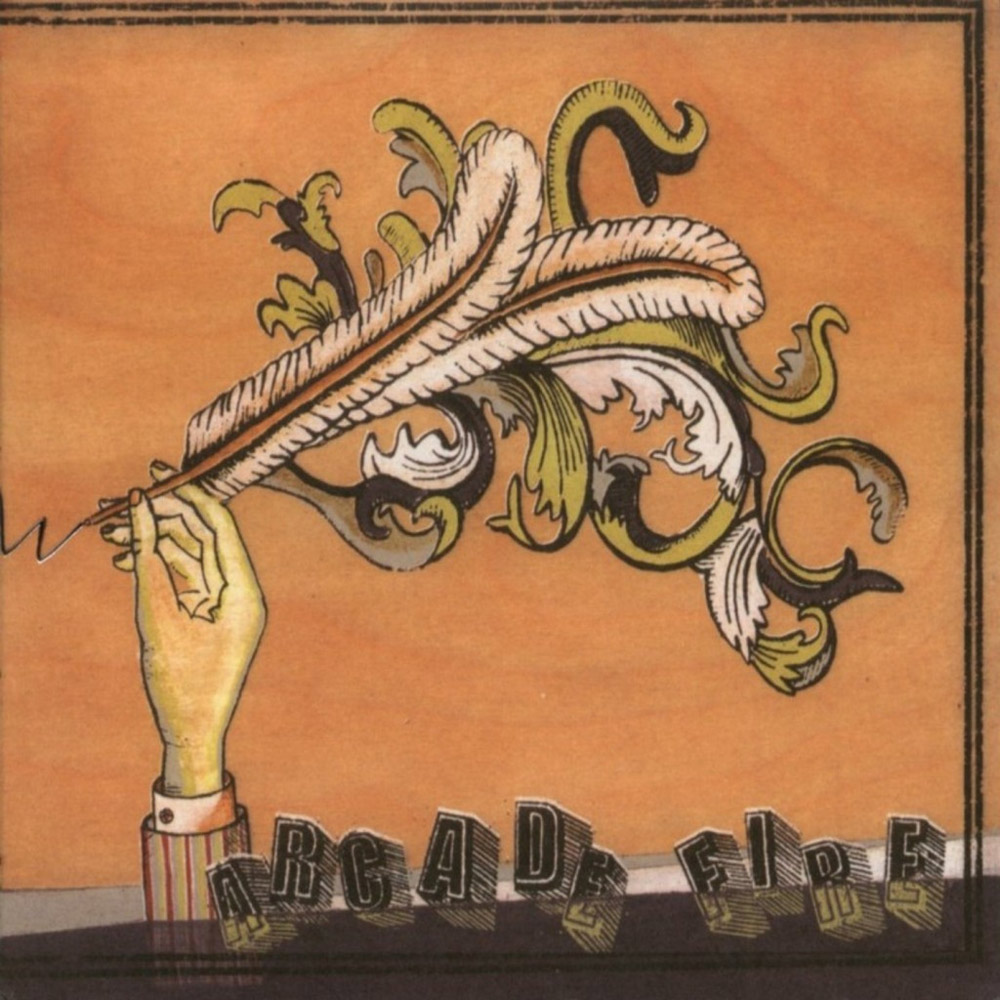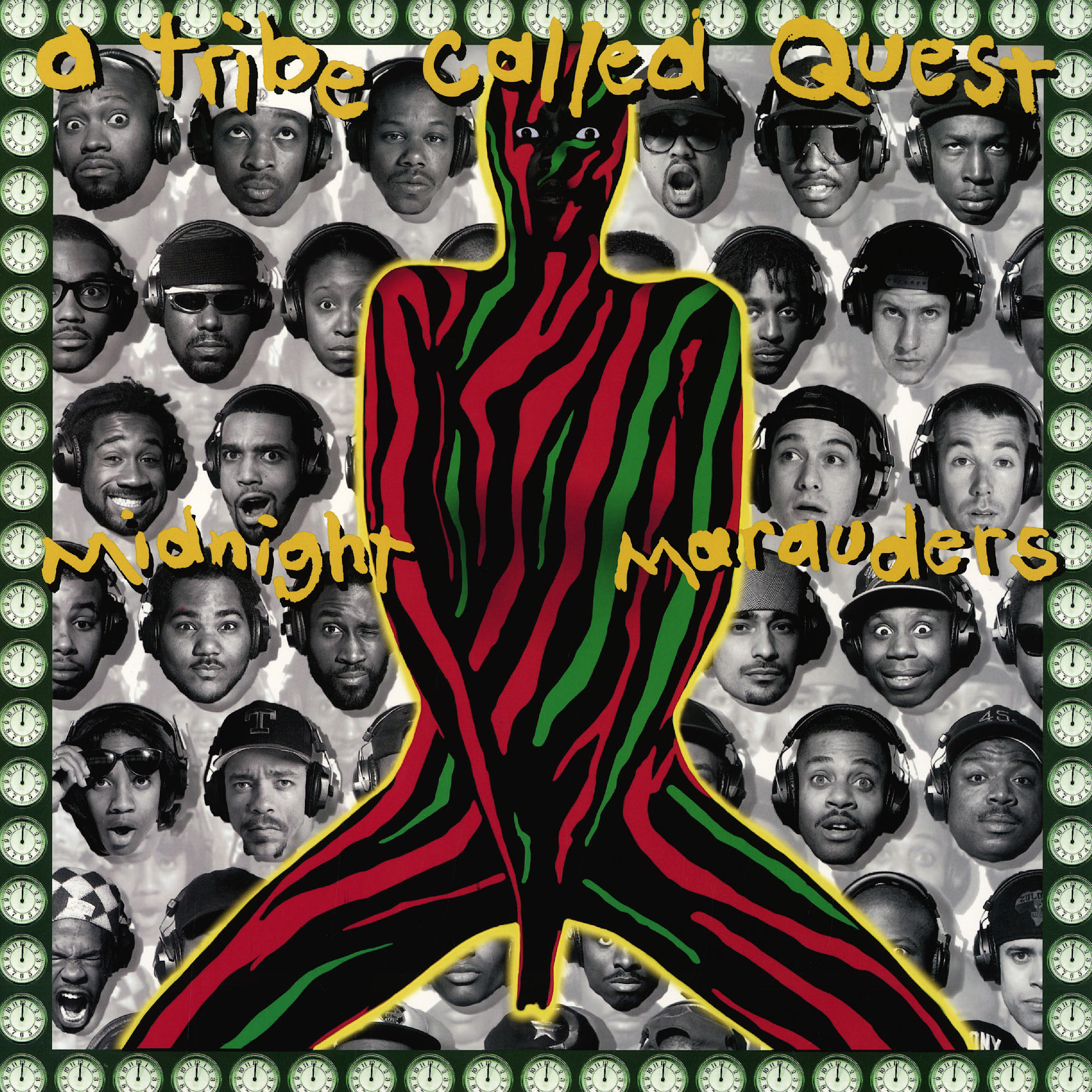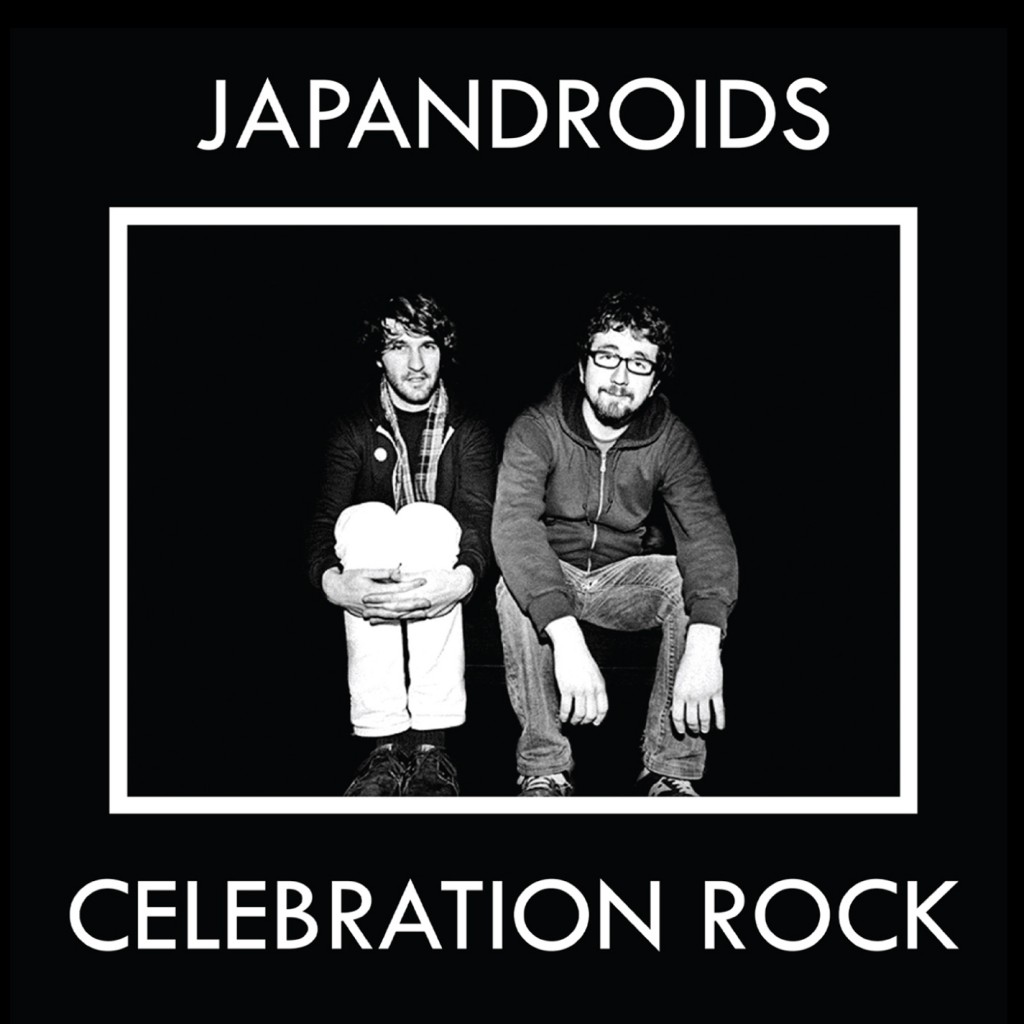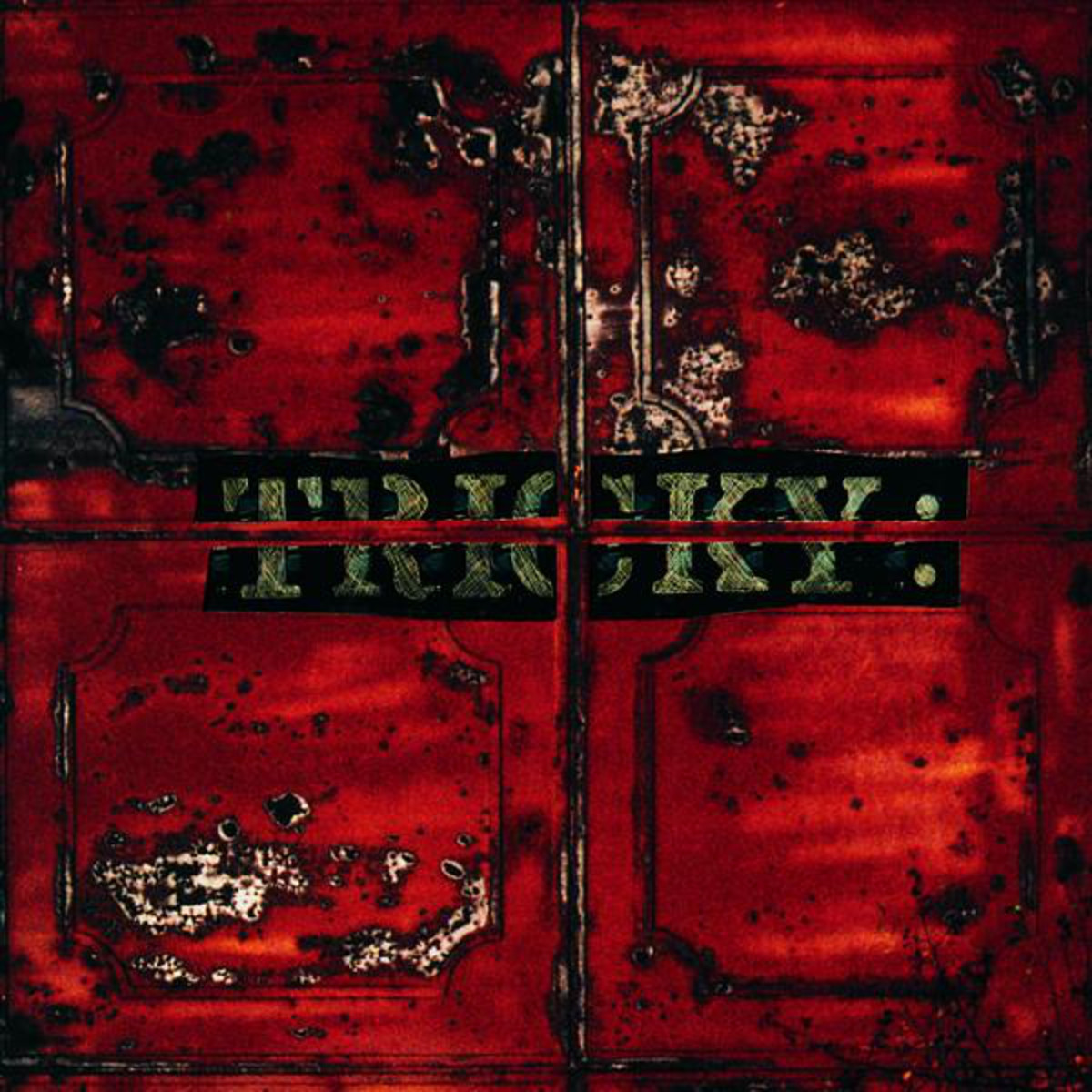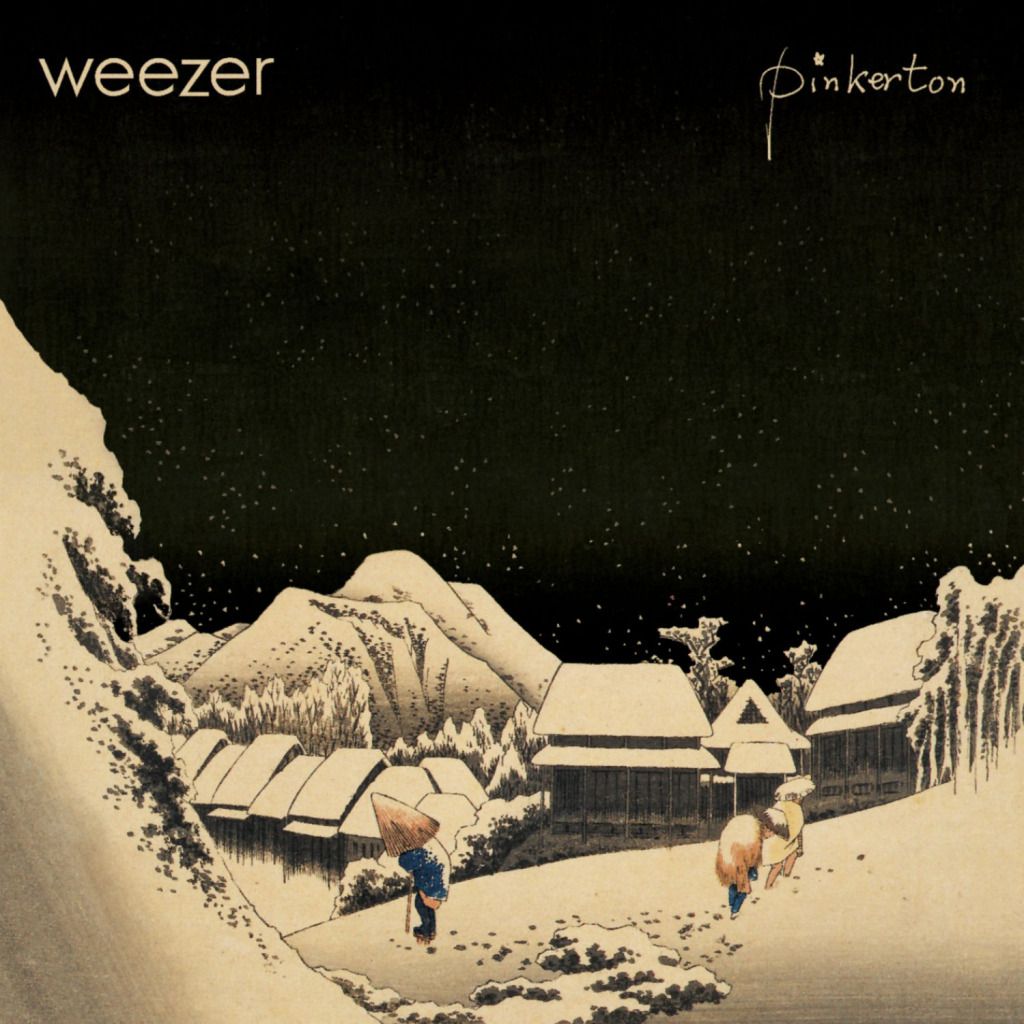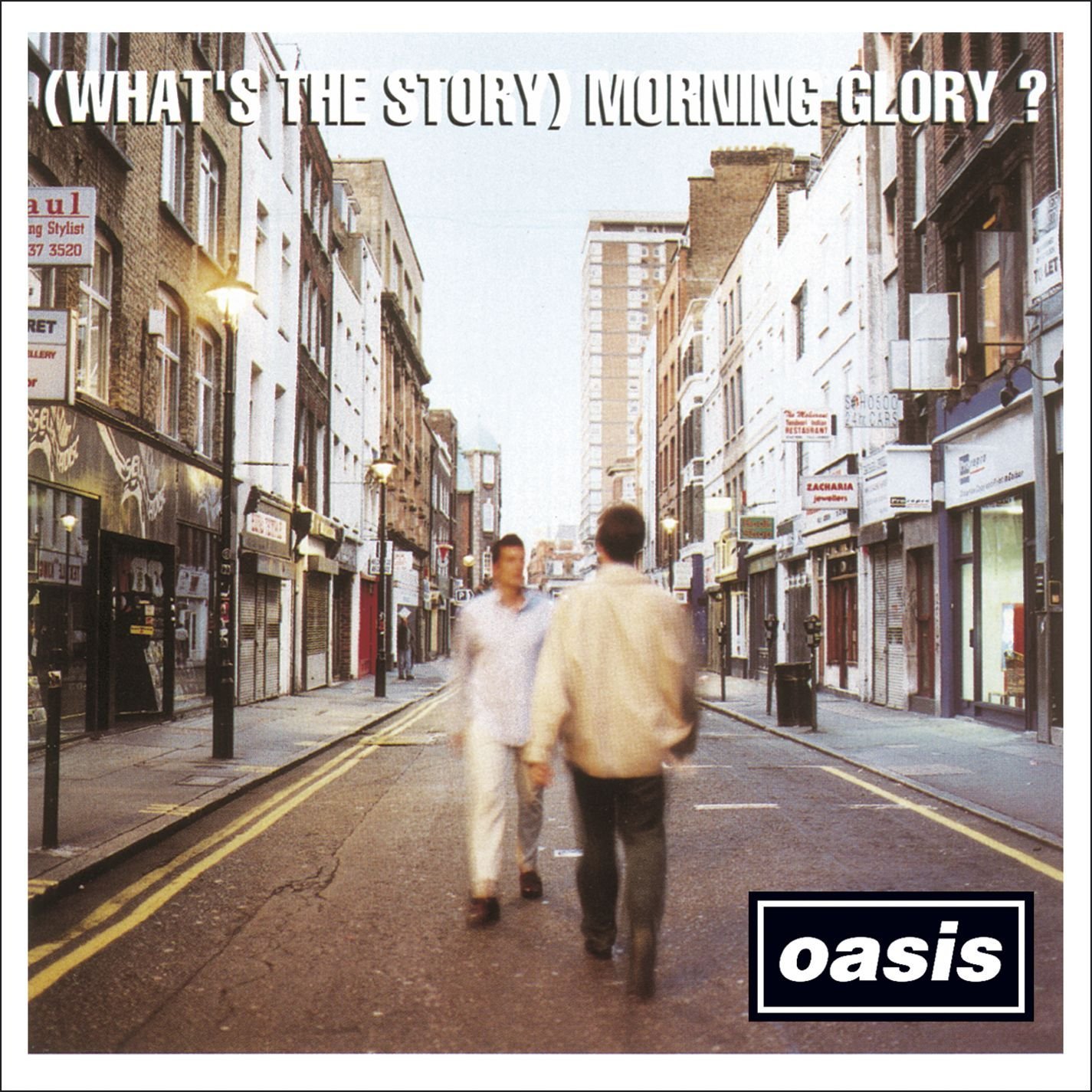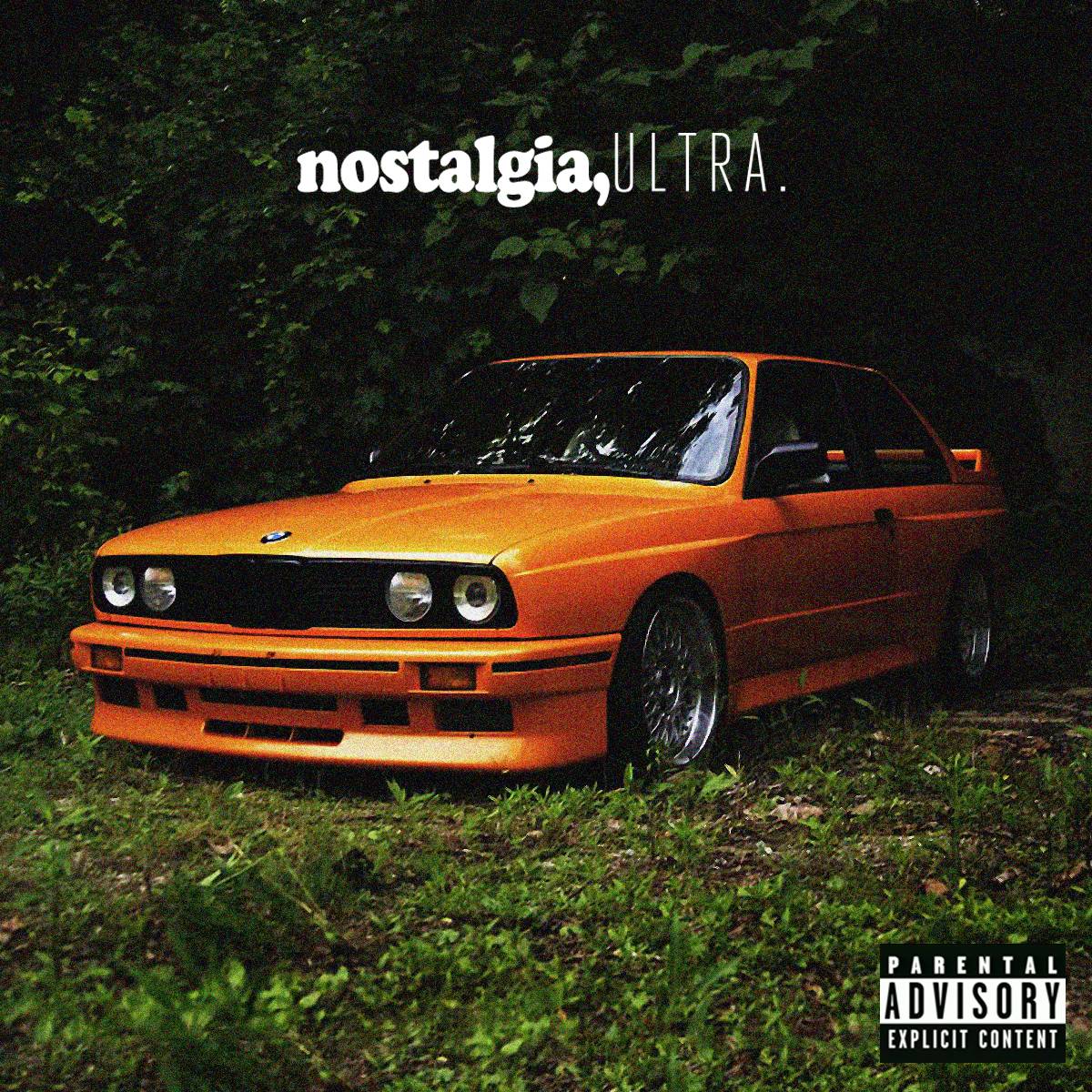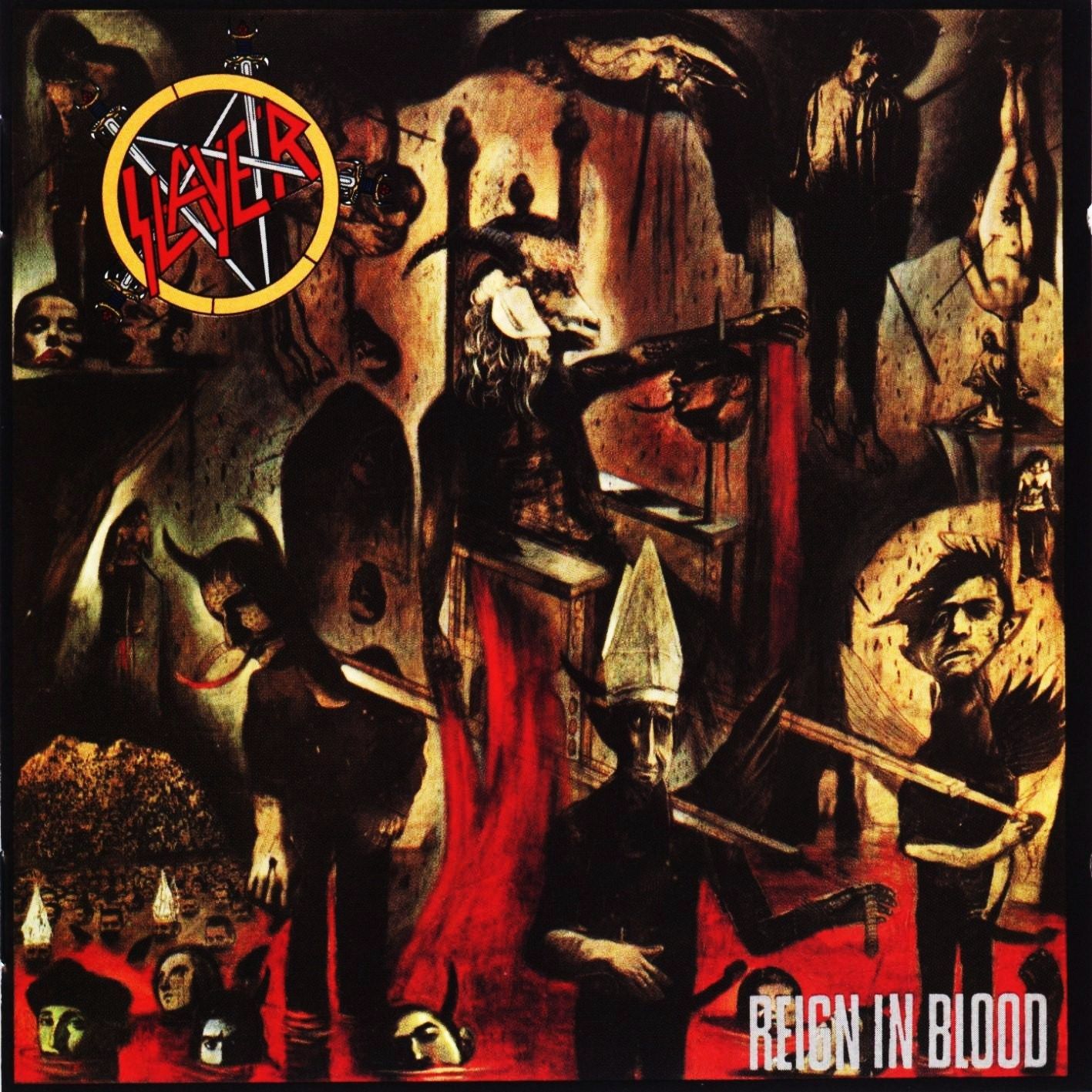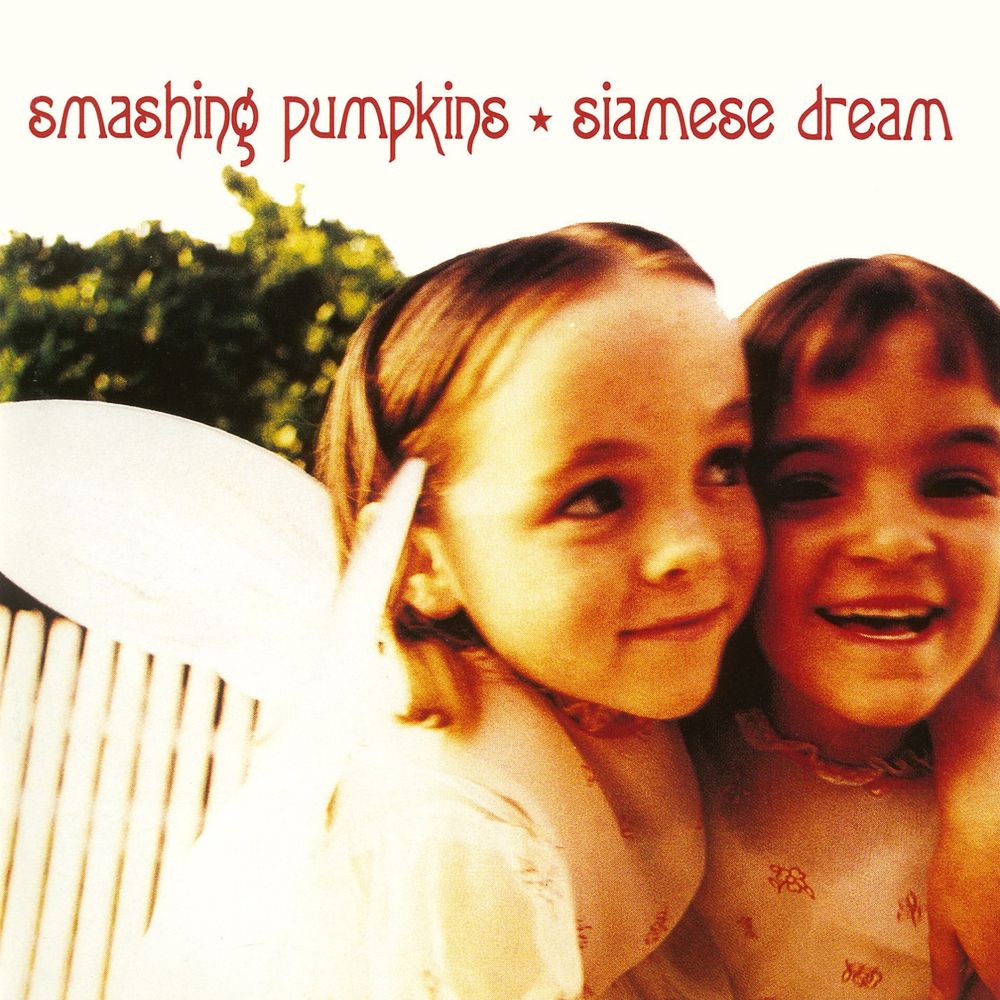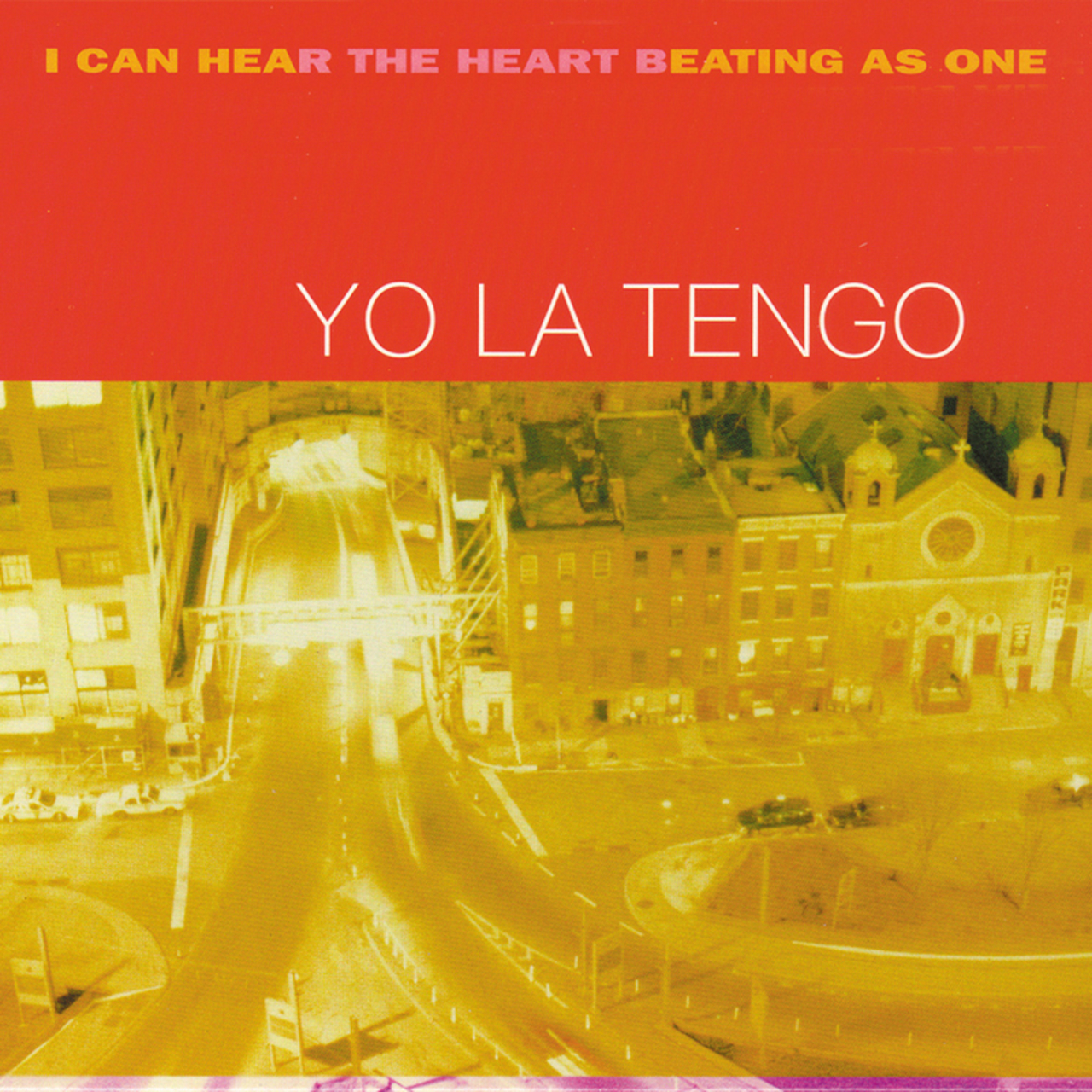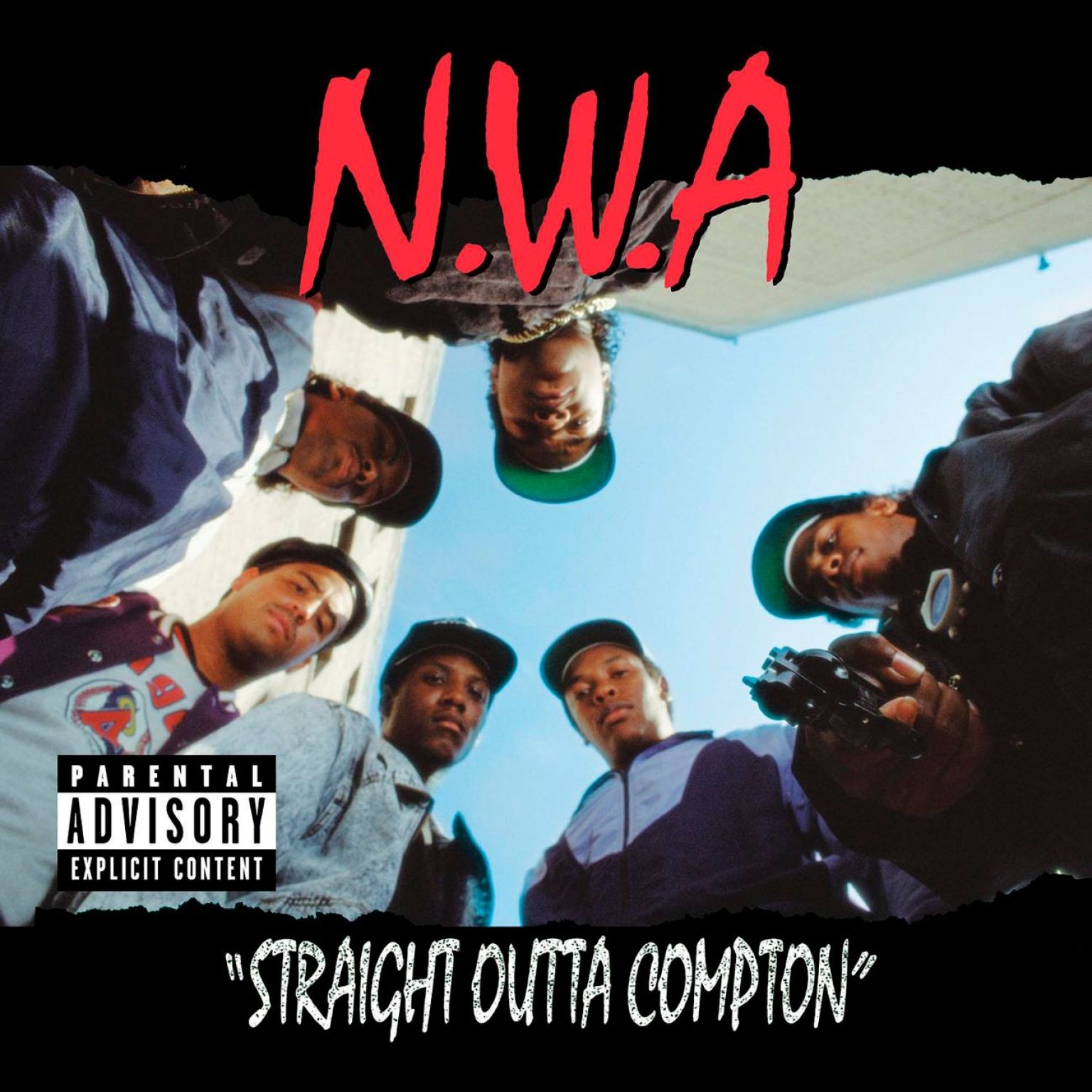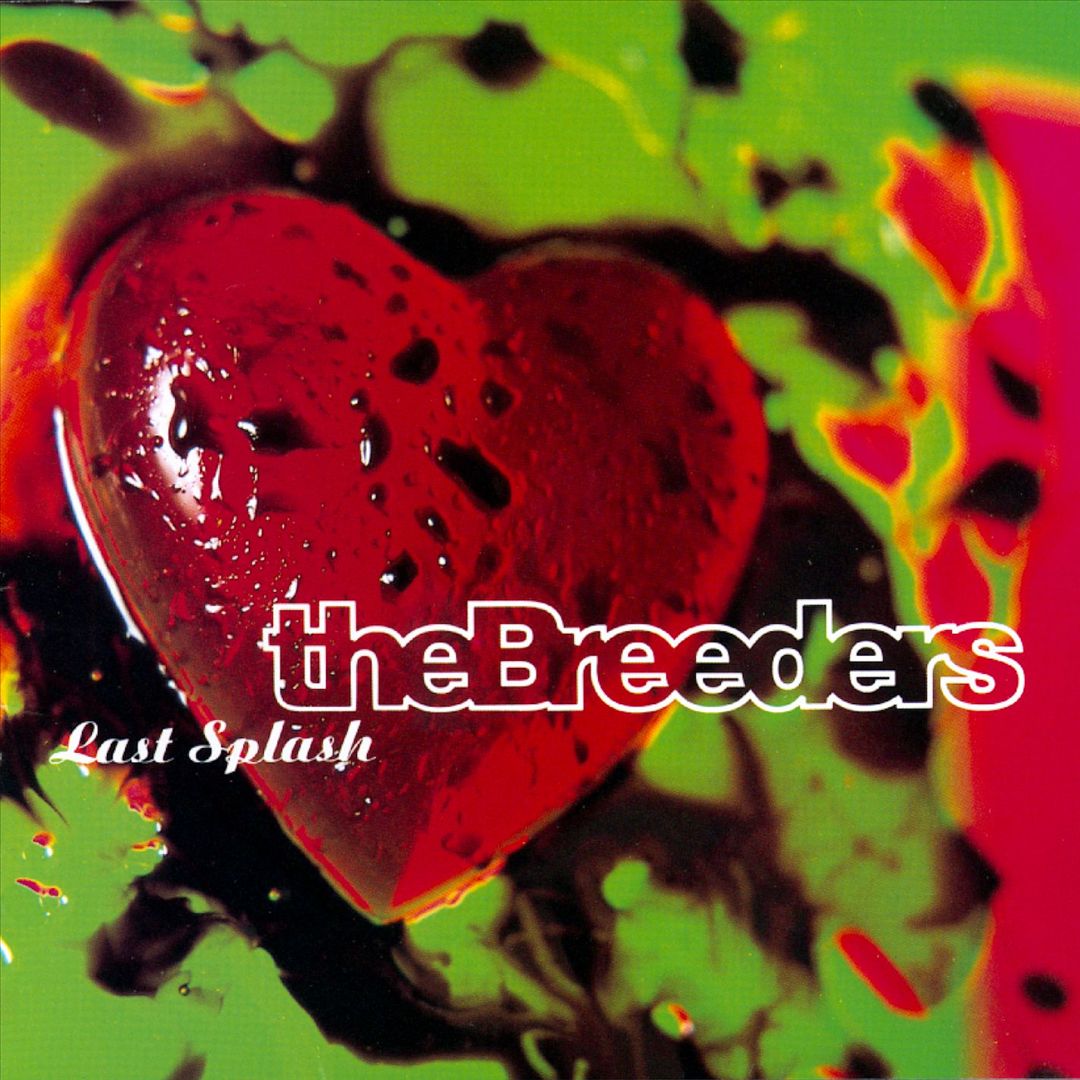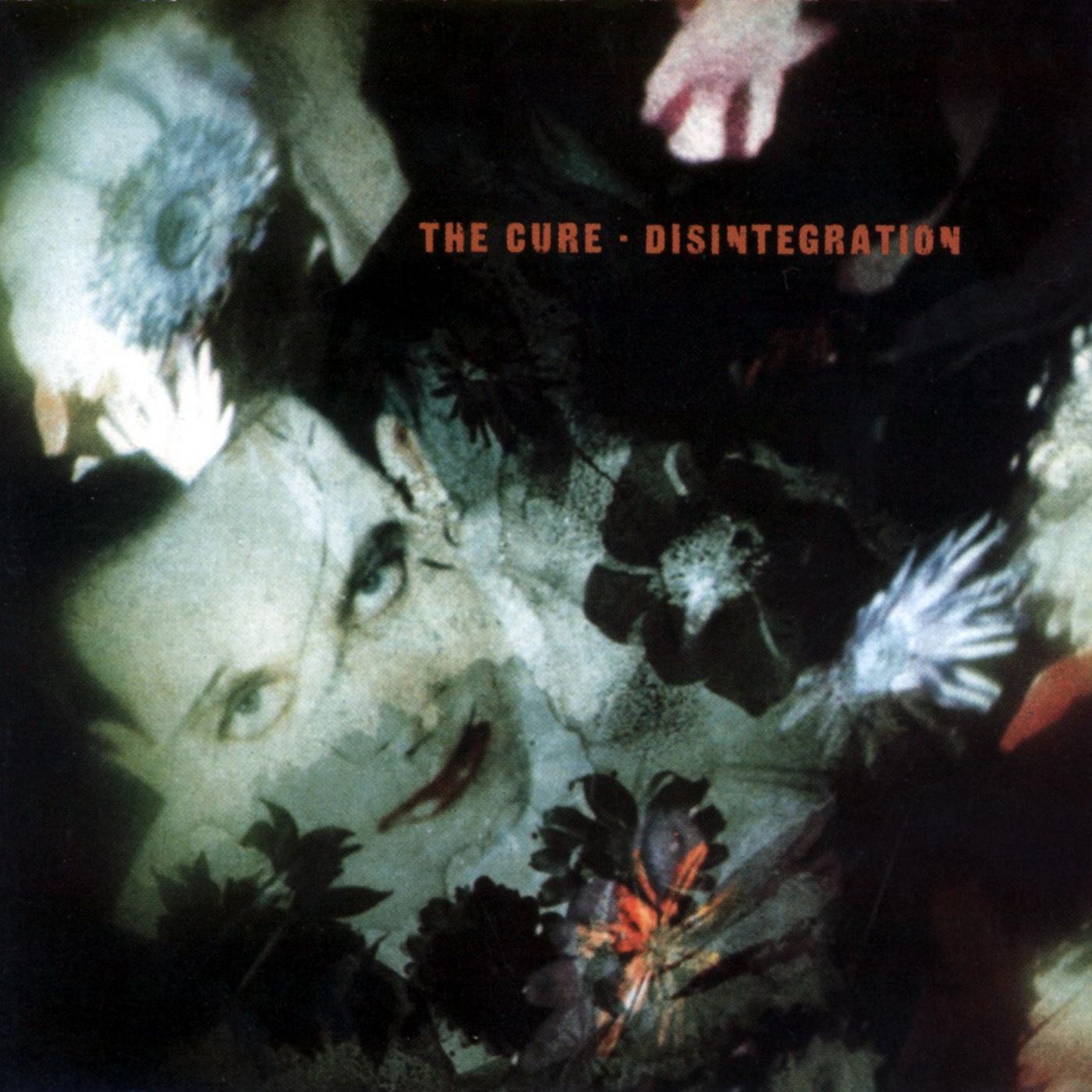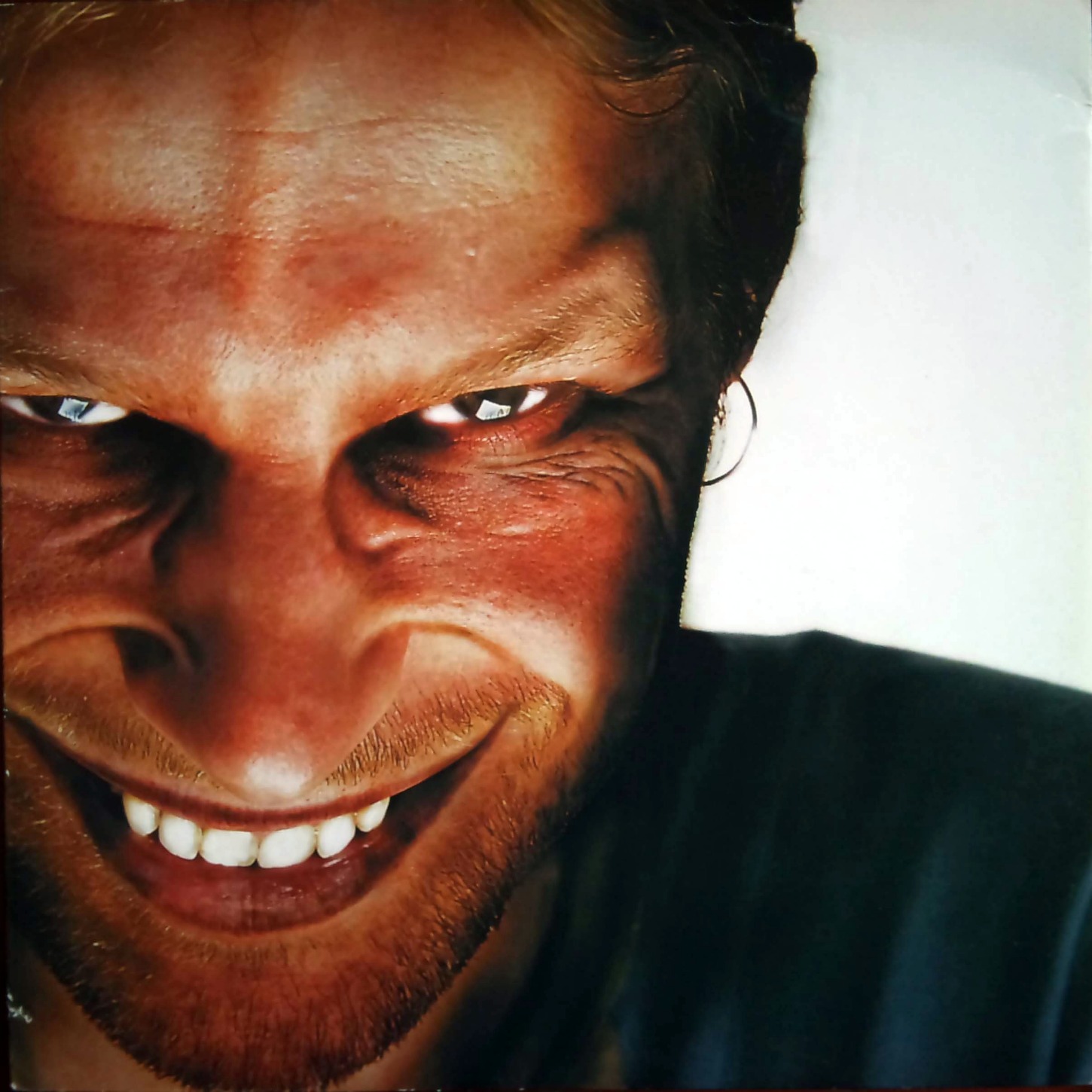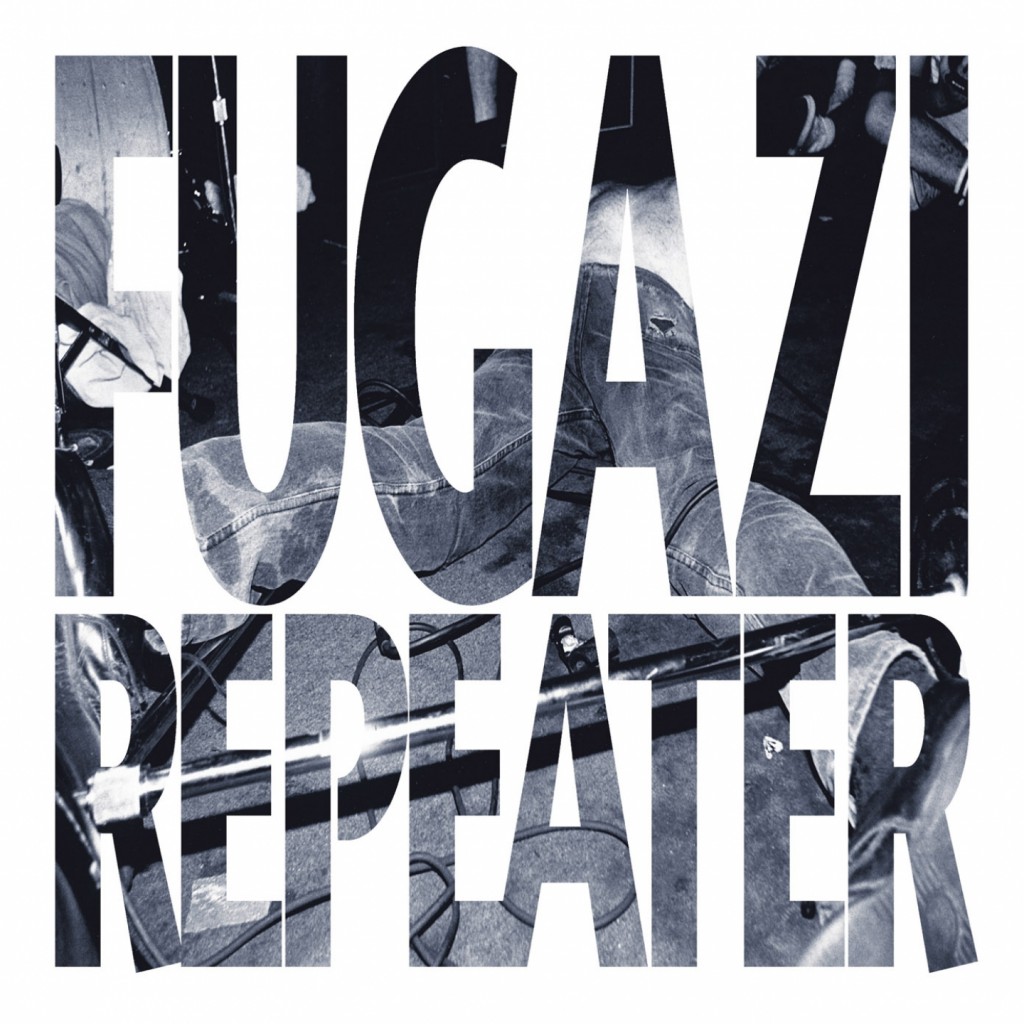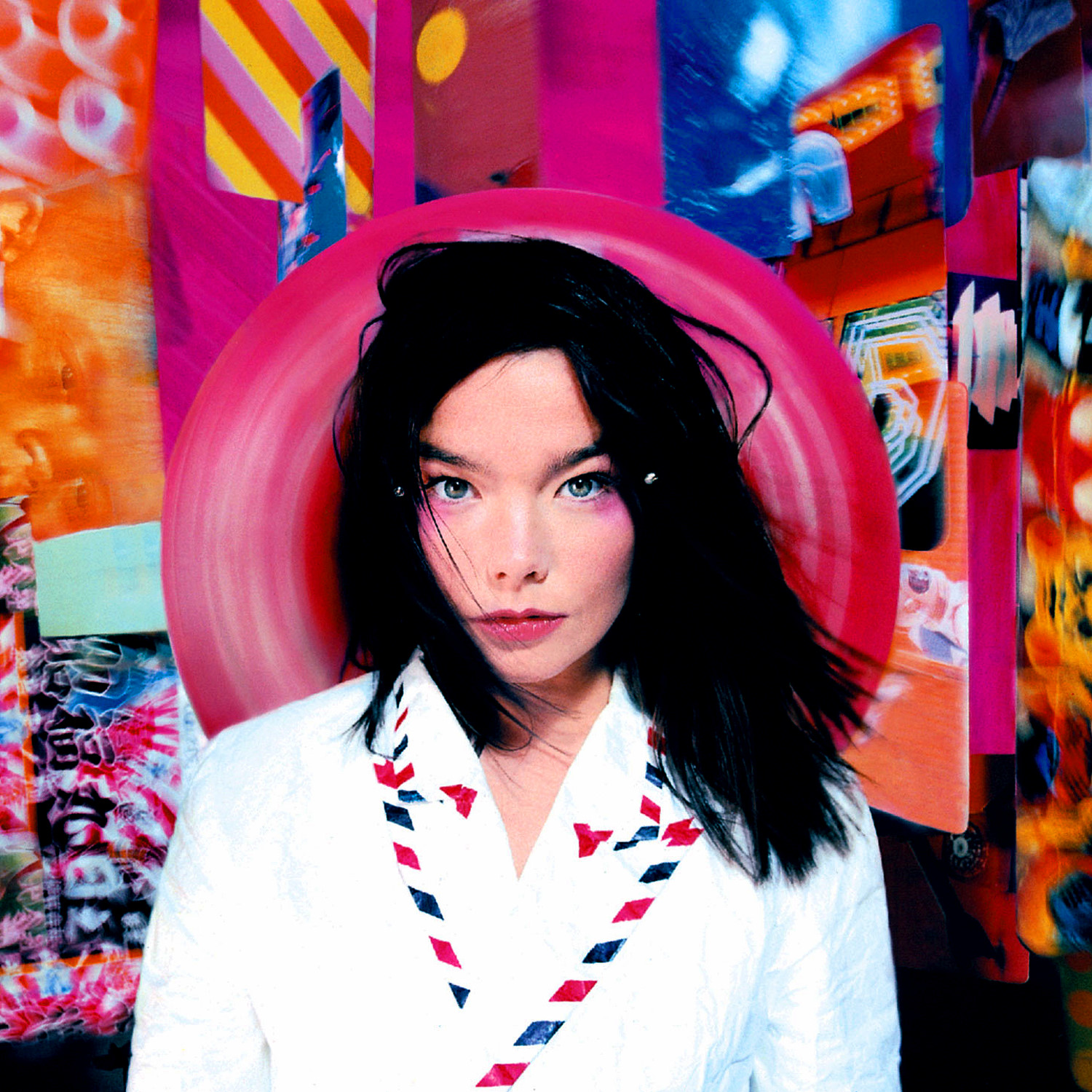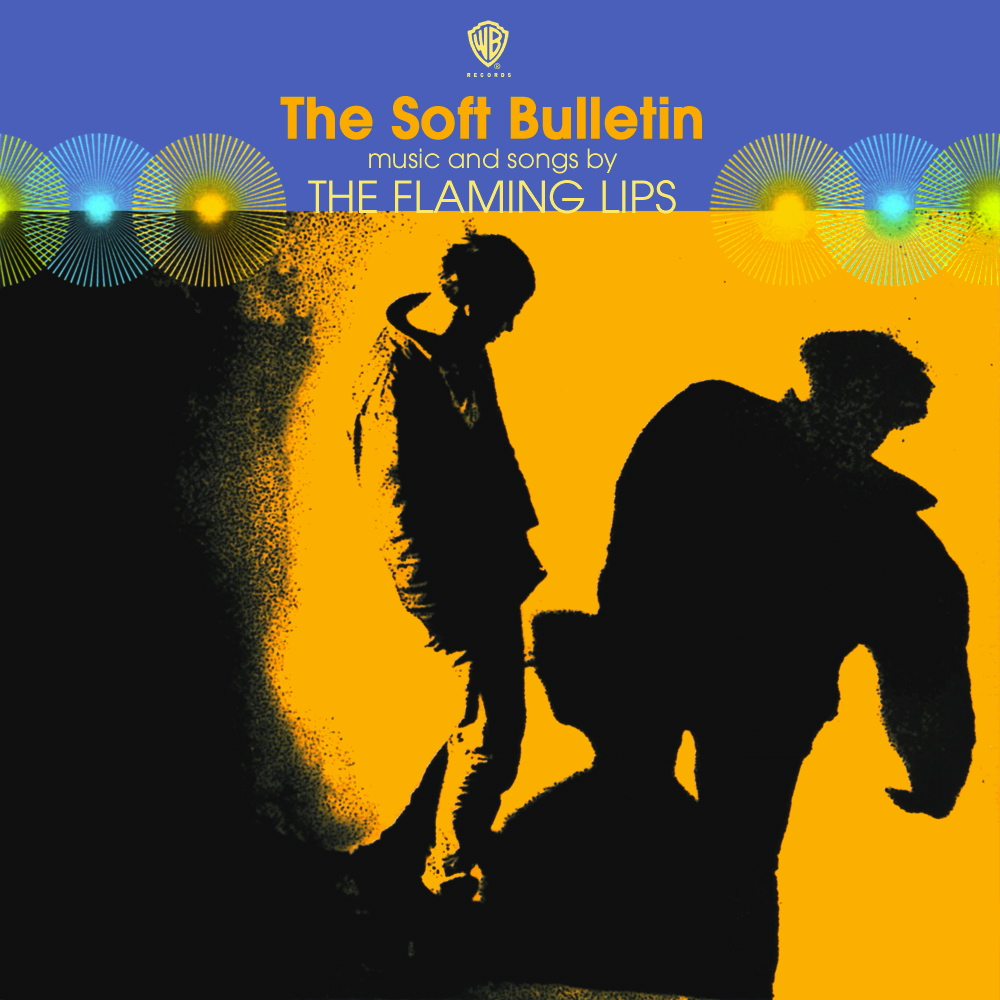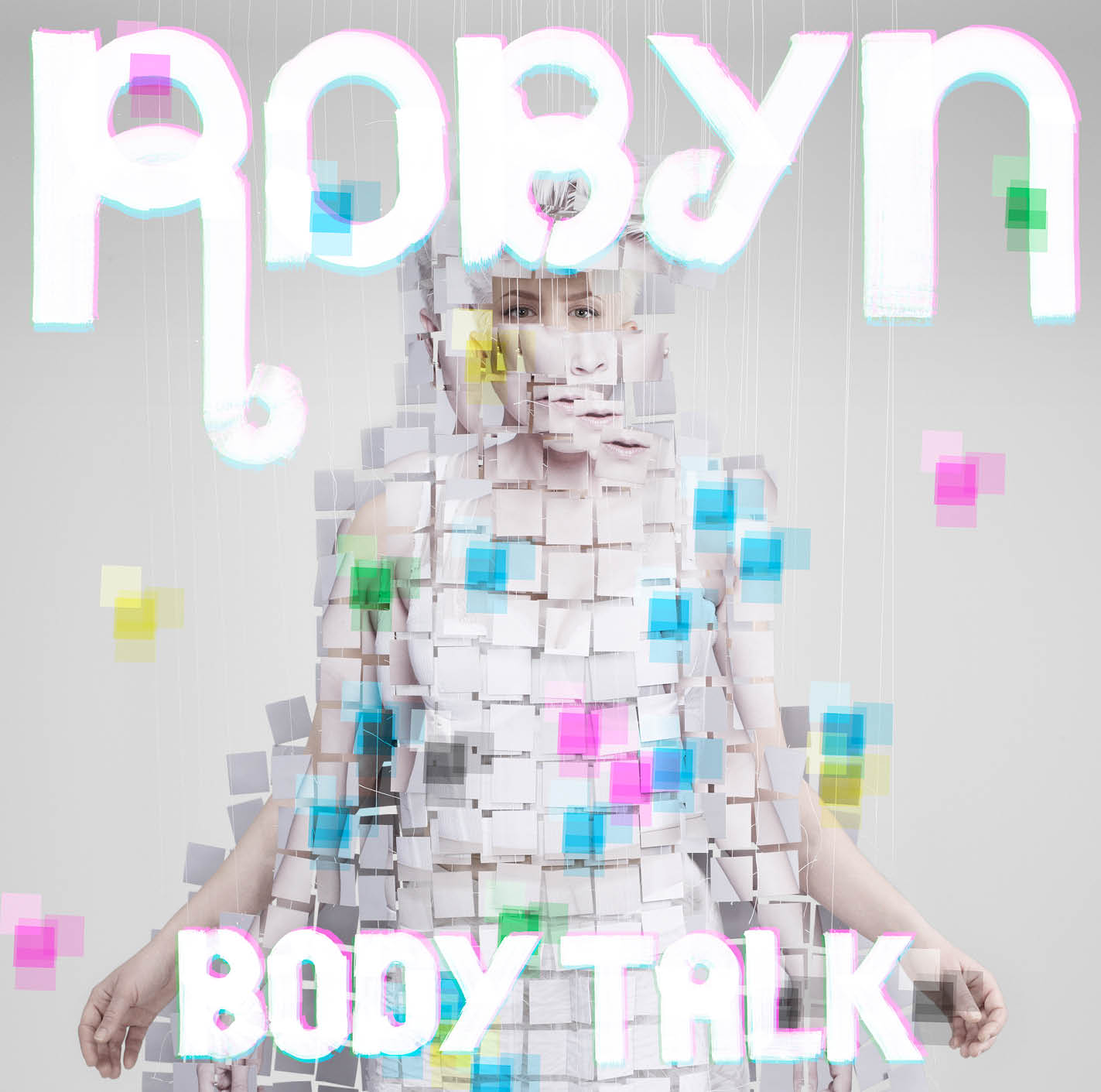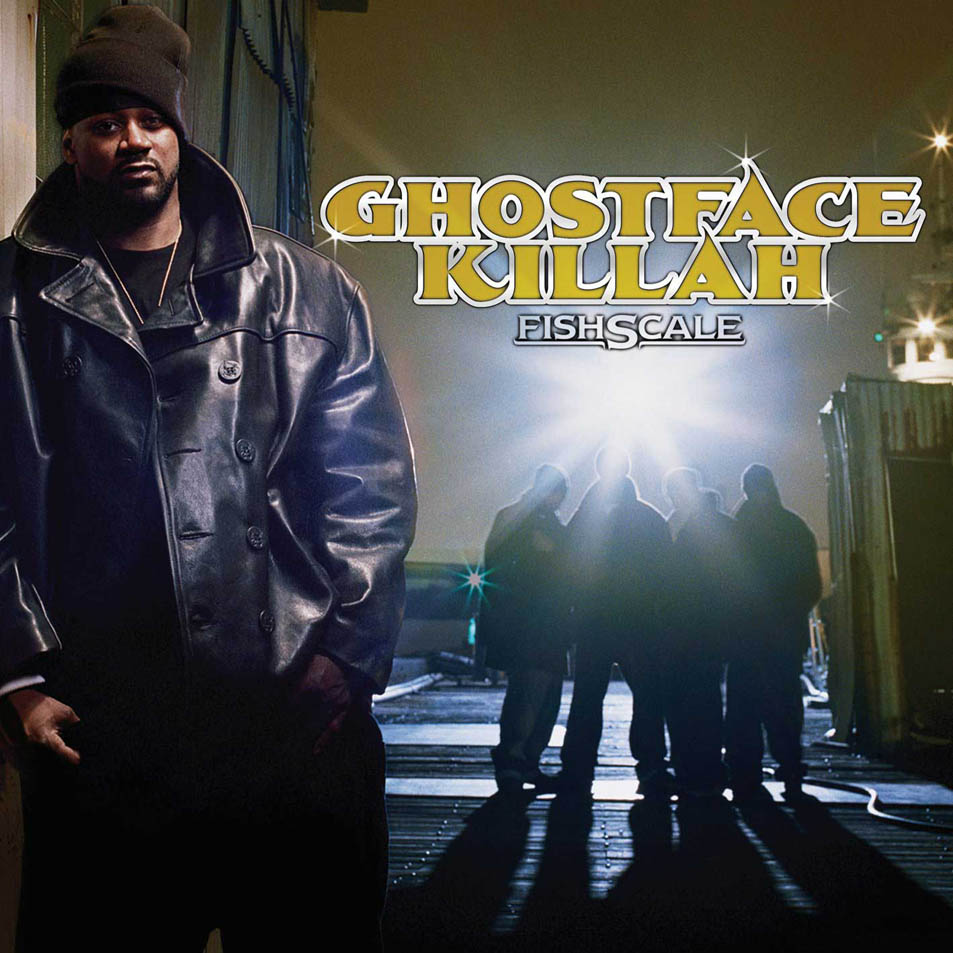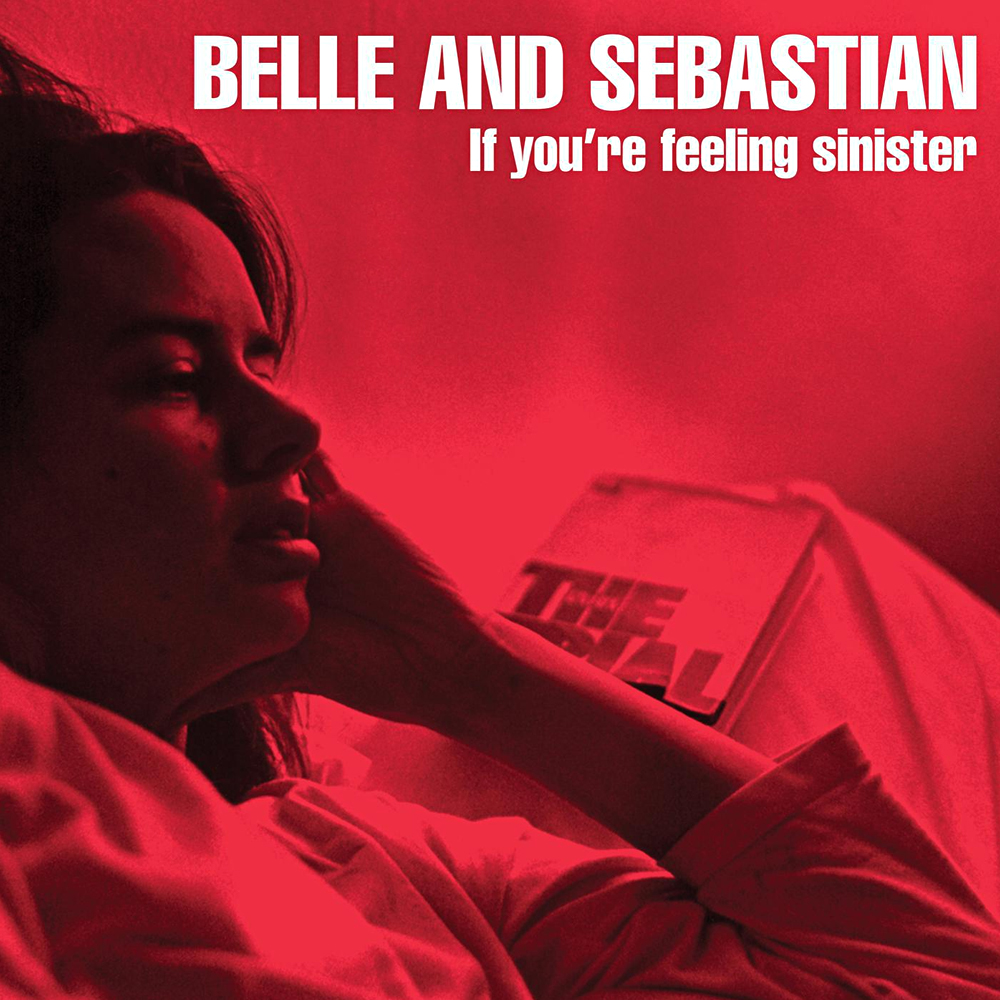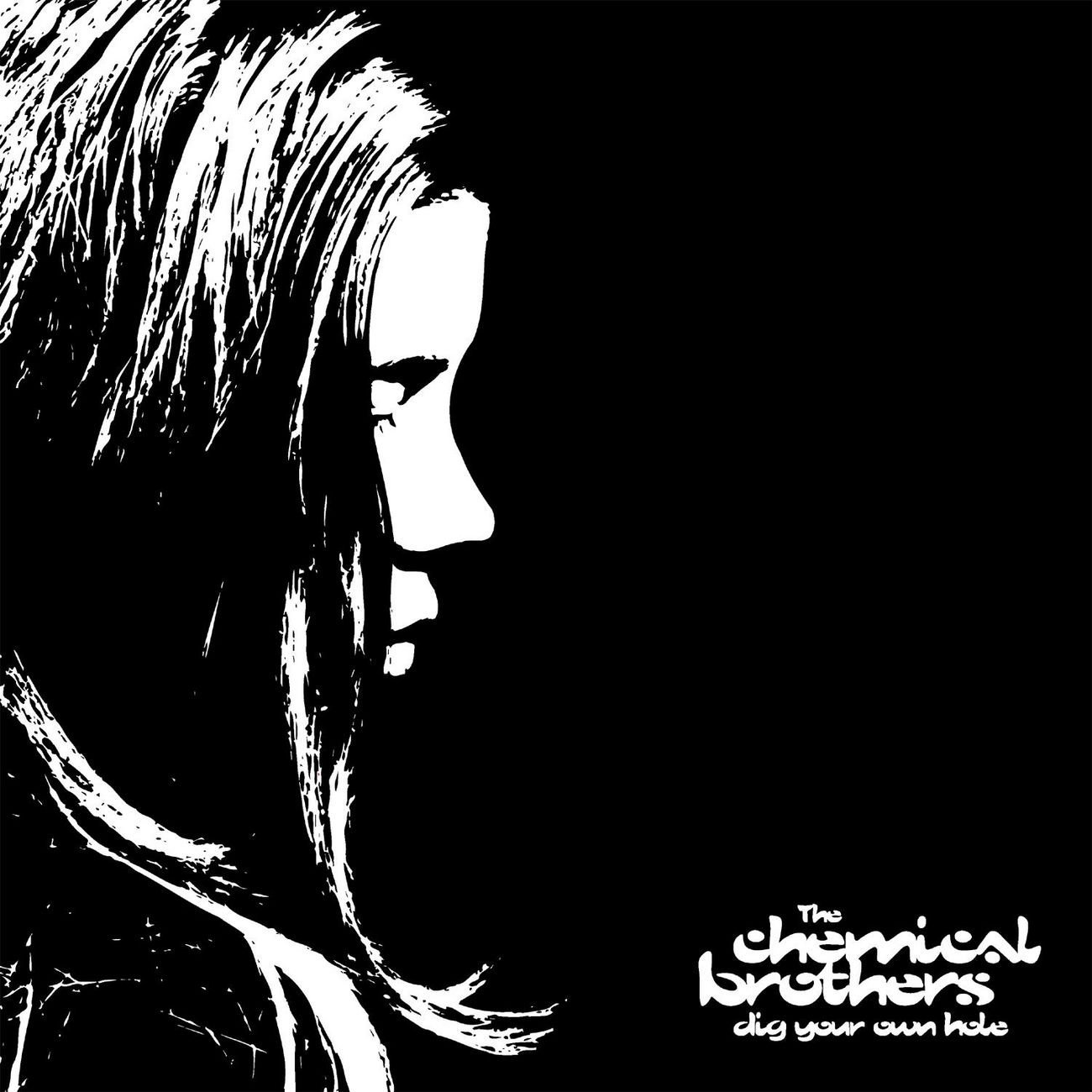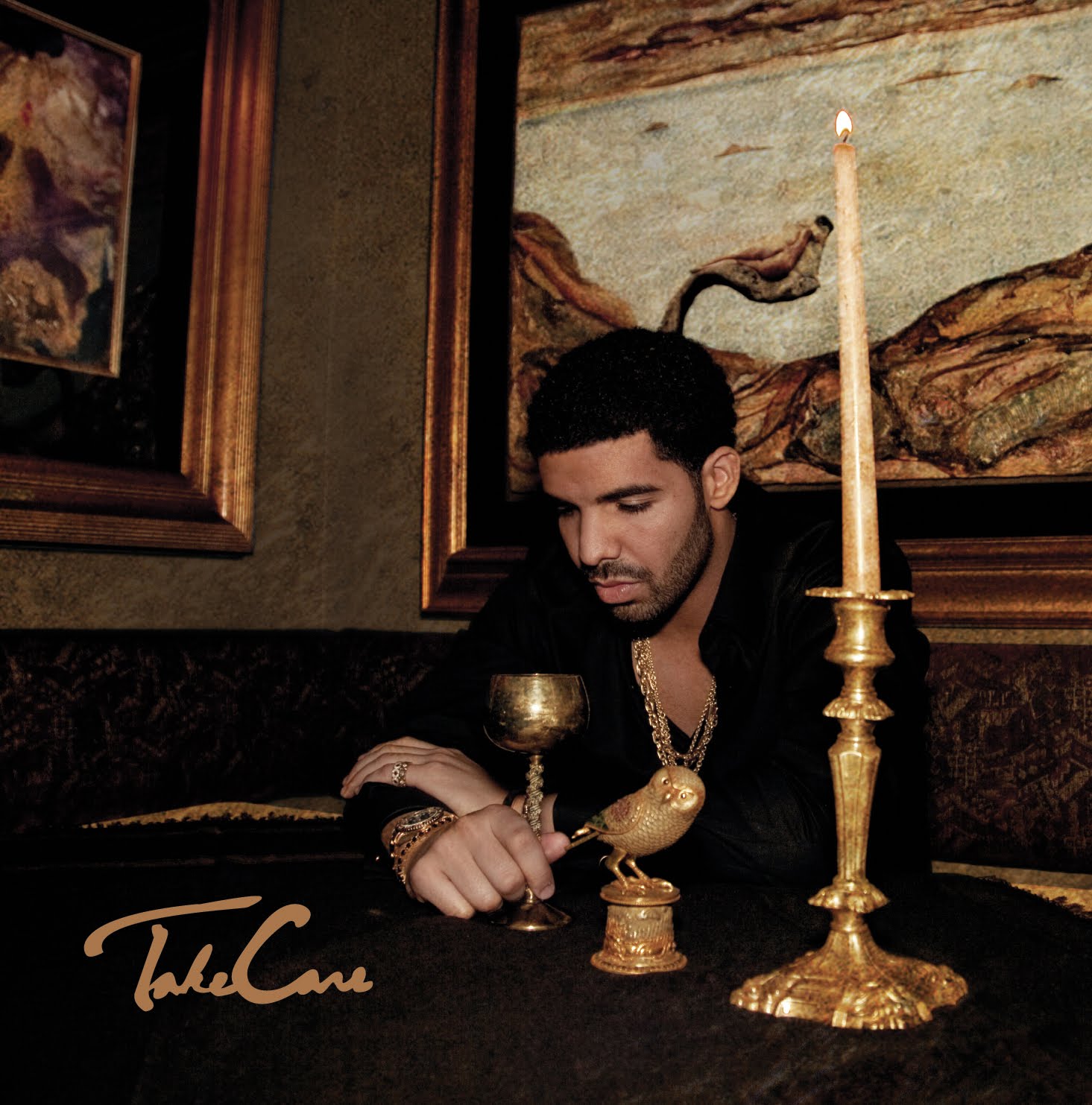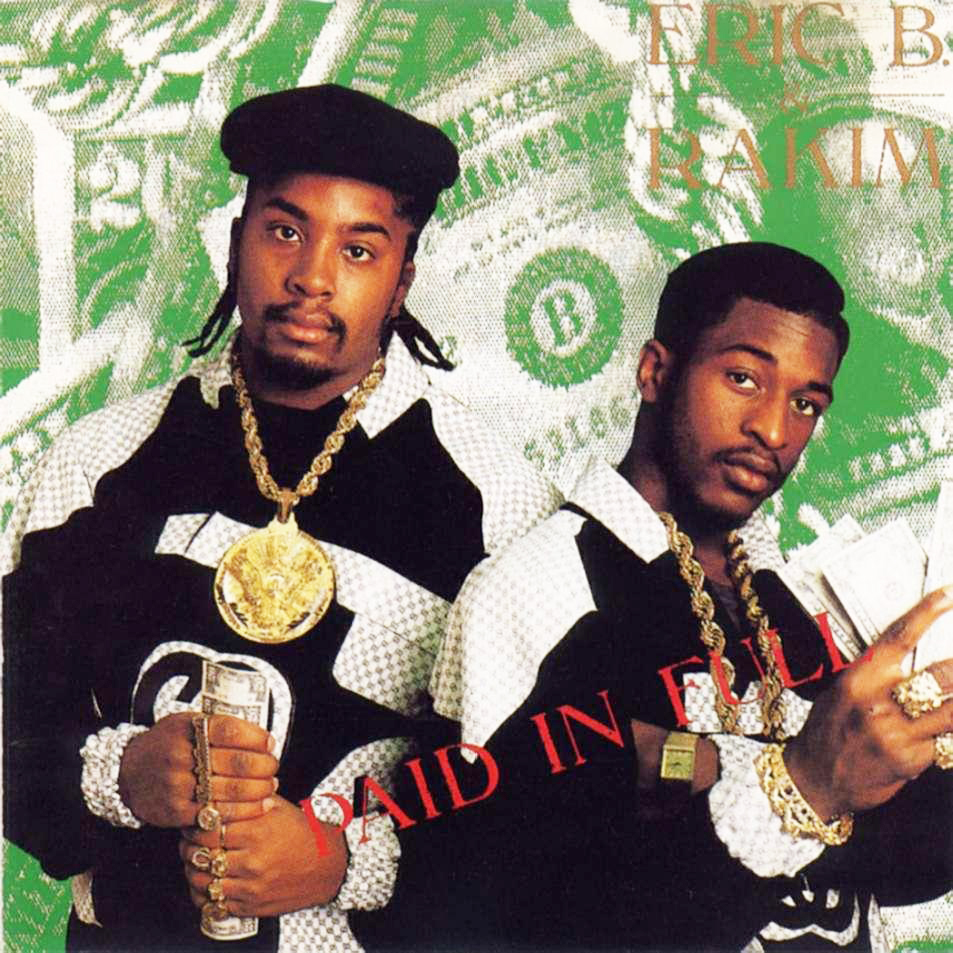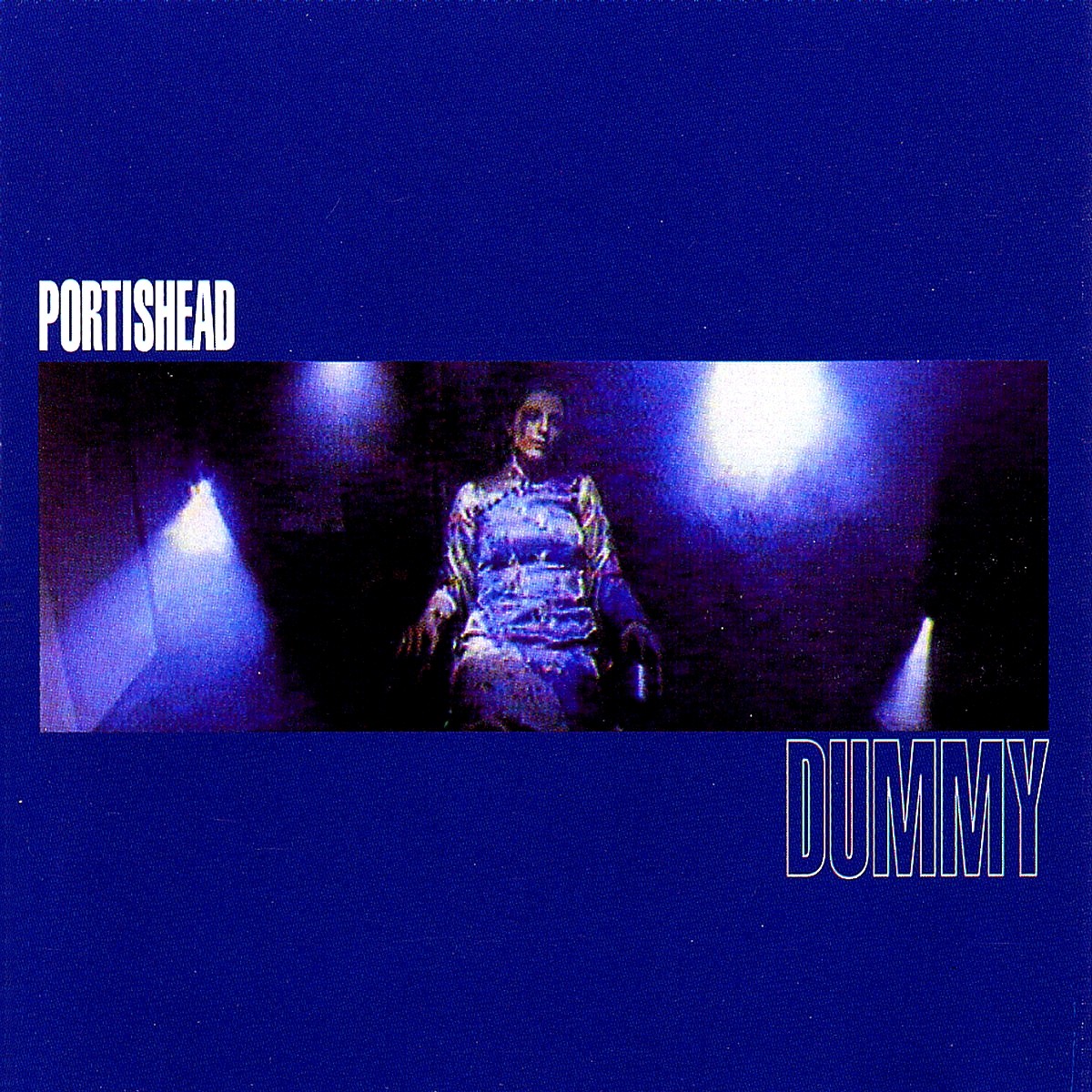120. Miguel, Kaleidoscope Dream
(RCA, 2012)
Not every long-term relationship lacks passion. Three years and countless listens later, Miguel’s impeccably coiffed Kaleidoscope Dream entices at every turn: the steaminess of nouveau R&B standard “Adorn,” the sport-flirting and inky bass coursing through “Do You…,” the idealistic pillow talk shared in the woozy, keyboard-smooched closer “Candles in the Sun” (“I say we’re all created equal”). Go ahead, leave the title track’s narcotic loop on endless repeat — we won’t stray. “How many drinks would it take you to leave with me?” our perennial pursuer asks at one point. Check, please. — KYLE MCGOVERN
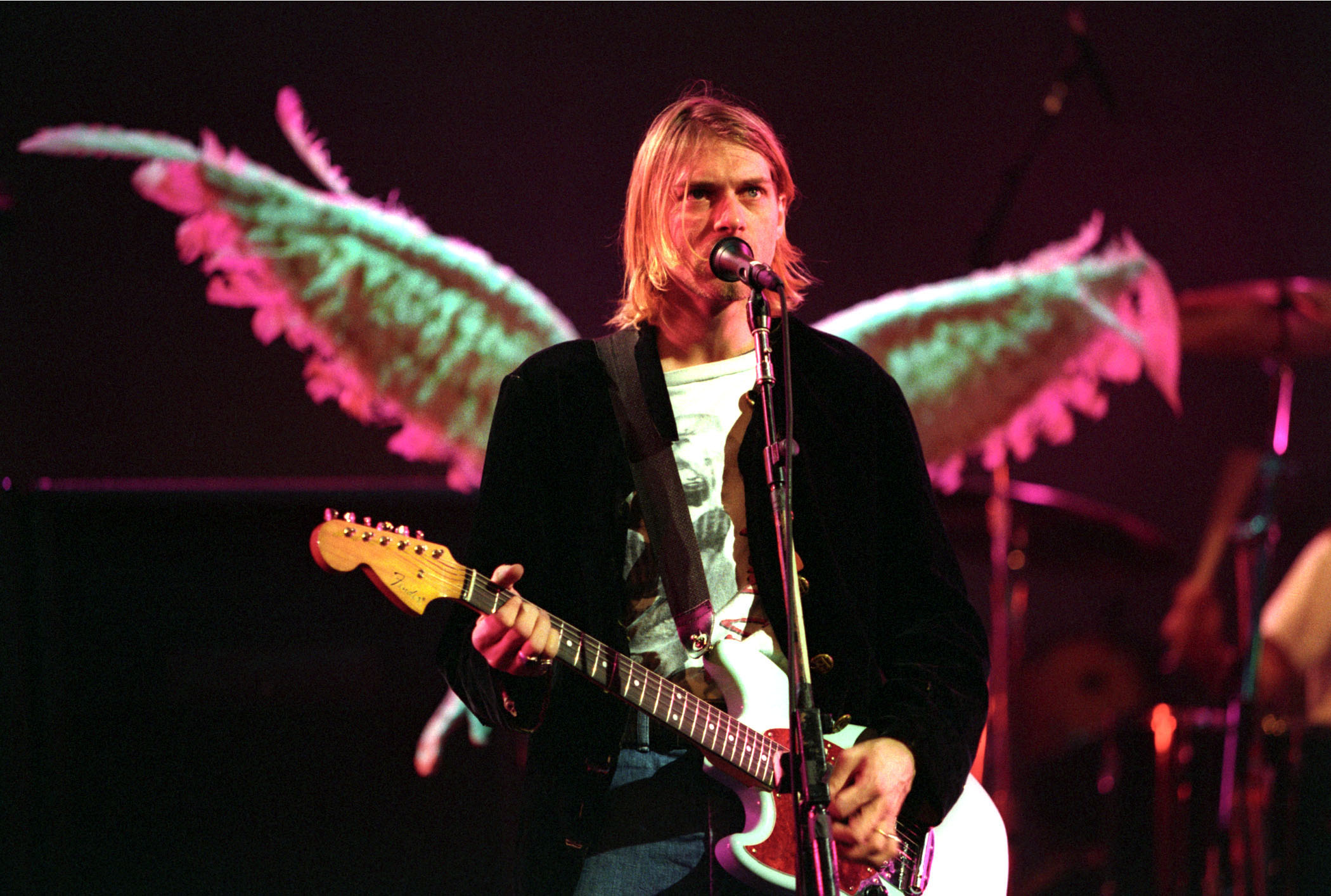
Also Read
Kurt Cobain Forever
119. Built to Spill, Keep It Like a Secret
(Warner Bros., 1999)
In the span of five or so years, Boise, Idaho alt-bard Doug Martsch went from stringing together frayed guitar melodies and hyper-earnest hometown insights (1994’s There’s Nothing Wrong With Love) to embracing studio sprawl for an absorbing, Mellotron-warped major-label debut (1997’s Perfect From Now On) to folding all of his ambition, longing, and curiosity into an effervescent and endlessly enjoyable pop record. Keep It Like a Secret synthesizes Martsch’s strengths — he may look like an everydude, but the man has an unparalleled knack for plainspoken philosophizing and sidewinding six-string heroics — into a dense but approachable career peak that’s rich in big-picture wisdom (“You’ve become what you thought was dumb / A fraction of the sum”) and sparkling production (every single one of its ten tracks, but dream-ballad “Else” might shine brightest). Repays close reads and casual listens alike, best not kept mum. — KYLE MCGOVERN
118. U2, The Joshua Tree
(Island, 1987)
It took U2 ten years to crack the United States, and they did it practically accidentally, it would seem, on a body of songs by turns fascinated and annoyed by Reagan’s America. The Joshua Tree is both a love letter to the vast plains and arid deserts that stretch out between the East and West Coasts and a criticism of what the Irish group found podunk about the towns and cities that peppered the landscape. Bono’s soaring yelp and the Edge’s hypnotic guitar work captured the spirit of the open road, though, knocking out hit after hit, mining a very deep-seated American wanderlust and feeding it into the very architecture of the songs. — CRAIG JENKINS
117. Primal Scream, XTRMNTR
(Astralwerks, 2000)
Primal Scream certainly like to keep people on their toes. Three years after the claustrophobic Vanishing Point, the U.K. shapeshifters unleashed the confrontational XTRMNTR, a series of strident political statements set to abrasive techno, scuzzy synth-rock, free-jazz skronk, and electronic distortion bombs. Not everything has aged well — the jittery, hip-hop-inspired “Pills” remains dodgy — but it’s hard to quibble with giants like “Accelerator,” a sneering proto-garage blast slathered with staticky noise. — ANNIE ZALESKI
116. Mary J. Blige, What’s the 411?
(MCA, 1992)
Her hip-hop moves less obvious after decades of fly girls following in her bootsteps, the street grit that was Blige’s breakout selling point now seems overhyped. Aside from some album-closing Grand Puba sass, she’s a model of New Jack restraint, requesting her lover to slow the strokes down while paying respects to Patrice Rushen and Chaka Khan. But those baseball caps and gangsta pants sure slammed the door on the supper club. Uptown rather than sanctified, her pop gifts culminate in “Real Love,” where she holds out for romance over block chords and a beat from Audio Two. — JASON GUBBELS
115. The Fugees, The Score
(Ruffhouse, 1996)
This was exactly what rap needed in ’96 — moral high-roaders who sounded tough instead of preachy, with the musical chops to do just about anything, but the taste to unite around a single, impeccably produced sound. The vocal-driven soul and reggae remakes (“Killing Me Softly,” “No Woman, No Cry”) are signposts to a list of classy influences that also clearly include Native Tongues, but these three carved out their own lane with a pro-black, anti-cop, pro-woman, anti-gangsta, pro-immigrant blade honed on sharp rhymes and solid beats. Worldly yet grounded. And, now, timeless. — CHRIS MARTINS
114. The xx, The xx
(XL/Young Turks, 2009)
It’s mind-blowing (and embarrassing) to consider how much poise The xx display on their debut album, which they wrote and recorded between the ages of 17 and 20. The trio emerged fully formed, borrowing from dream-pop, R&B, post-punk, and dubstep to create a stunningly sleek-yet-cozy sound where silence is as important as the throbbing beats, warm guitars, and nearly whispered vocals that give each song such resonance. Every duet plays like a conversation about love and loss between childhood friends (because it is), and every sound is exactly where it needs to be. — CHRIS MARTINS
113. Radiohead, The Bends
(Capitol, 1995)
Radiohead tried on many guises before settling on becoming an oracle for alien(ated) beings. On their John Leckie-produced second album, they were a supernova glam band with a penchant for fatalistic balladry (“Fake Plastic Trees”), burnt-out guitar hurricanes (“Planet Telex,” the title track), and arpeggiated Britpop anthems (“My Iron Lung”). They weren’t quite at OK Computer levels of pop deconstruction yet — but Thom Yorke’s skyscraping falsetto and the cryptic self-recriminations of “Just” underscore that they were well on their way. — ANNIE ZALESKI
112. Beastie Boys, Licensed to Ill
(Def Jam, 1986)
From the moment John Bonham staggers through the door courtesy of sonic reducer Rick Rubin, it’s “one for all and all for one.” Grasping hip-hop’s potential as horrible noise, Diamond/Horovitz/Yauch feel the beat….mmmm drop, deploying tag-team rhymes atop 808s and metal guitar, a junk culture celebration encompassing fizzy beer, Mr. Ed, and White Castle product placement. Wiseguys walking a parodic fine line (culminating in accidental frat-anthem “Fight For Your Right To Party”), the proud New Yorkers would soon swap out whore skeezin’ for mahjong boards. But model citizenry could wait — this here’s still the joint. — JASON GUBBELS
111. Amy Winehouse, Back to Black
(Universal, 2006)
Back before Duffy, Adele, Sam, and Meghan, there was Amy. For a while there, Ms. Winehouse had it all: the voice, the intriguing story, the lived-in grit, and the ace band and producer. Her 2006 release, Back to Black, flew in on a note of danger — “Rehab” and “You Know I’m No Good” are an unapologetic warning about the singer’s wild ways, but hang in there long enough and a tenderness seeps in, rendering “Tears Dry on Their Own” and the title track every bit as lovelorn as the opening two-piece was forbidding. Ten years on, Amy, Mark Ronson, and the Dap-Kings’ devastating neo-girl-group smart bomb remains often imitated, never duplicated. — CRAIG JENKINS
110. Panda Bear, Person Pitch
(Paw Tracks, 2007)
Longstanding Animal Collective devotees may have already realized that Noah Lennox had a gift for creating multicolored dream coats of phantasmal beauty, but never had the scope of his vision been clearer than when distilled on his 2007 solo breakthrough, Person Pitch. Sure, the hazy transmission may have only featured seven songs, but what a prism of sound they evoked, through the one-man band’s tinny, warbling vocals, sugary soundscapes, and thoughtfully executed samples. Lennox’s warming to sun-dappled harmonies is a response to his Portugal expatriation, new marriage, and fatherhood — an assurance that life only gets lovelier with the passage of time. — RACHEL BRODSKY
109. Tears for Fears, Songs From the Big Chair
(Mercury, 1985)
The creative leaps Tears For Fears made between their debut, 1983’s The Hurting, and their sophomore effort, 1985’s Songs From the Big Chair, were seismic. Gone was the band’s anguished introspection and foggy synth-pop; instead, the LP boasted an abundance of brash, contemporary-sounding rhythms and sleek sonics. Come for new-wave staples “Shout” and “Everybody Wants To Rule The World” — stay for the greatest cascading piano line of the ‘80s (“Head Over Heels”) and sax-aided keyboard noir (“The Working Hour”). — ANNIE ZALESKI
108. Jay Z, Reasonable Doubt
(Roc-A-Fella, 1996)
Jay Z could sell snow to a New Yorker in February, but he knew he was holding a superior product in his 1996 debut, Reasonable Doubt. Having amassed a decent amount of cash and a wealth of stories from his days as a crack dealer, Hova could’ve bankrolled the album on braggadocio alone. Jay’s the kingpin here, yes, but you don’t become the boss without leaving a few bodies in your wake — and at 26, he was mature enough to be vulnerable, to be conflicted over the life. Over expansive, Rat Pack-jazzy soundscapes from producers Ski, Clark Kent, and DJ Premier, he raps incisively not only about the hustle, but also its inevitable heartache. — REBECCA HAITHCOAT
107. Paul Simon, Graceland
(Legacy, 1986)
“All Around the World or The Myth of Fingerprints” helpmates Los Lobos can attest that how much credit Simon gave his collaborators was dubious, which gets doubly ugly in a cultural appropriation debate. But Ladysmith Black Mambazo and Linda Ronstadt alike made this flawless collection sing. He gets by with a little help from his friends. — DAN WEISS
106. Dinosaur Jr., You’re Living All Over Me
(SST, 1987)
An all-time great dysfunctional group dynamic writ full-length. Before the lineup changes, breakup, and successful 21st-century reunion, Dinosaur Jr.’s sophomore LP found the original trio’s rhythm section — bassist/Sebadoh architect Lou Barlow and drummer Murph — intertwining at its then-most harmonious/ferocious, while notoriously close-mouthed guitar genius J Mascis smothered the fusion in mounds of feedback and histrionic solos, occasionally complementing the mix with his nasally bleats. Cannibalizing hardcore, metal, and classic rock, Living also underlined its assault with a melodic glow, making it a fascinating, festering tableau — a triumph from a band scratching itself apart. — KYLE MCGOVERN
105. Dr. Dre, The Chronic
(Death Row, 1992)
His group dissolved, his record deal crumbled, and his city burned in 1992, but Dr. Dre soldiered on, funneling frustrations from his split with N.W.A and Priority Records — and the still-simmering racial tensions kicked up in the L.A. riots — into a dense, ambitious solo debut. The Chronic embraced a lush funk Dre productions had once merely hinted at, as he and proteges Snoop Dogg, Daz, Kurupt, RBX, and the Lady of Rage affixed hardened hustler tales to the funk and soul classics that soundtracked their childhood, restructuring the very face of hip-hop music in the process. — CRAIG JENKINS
104. Kanye West, Late Registration
(Roc-A-Fella, 2005)
With Chicago and the world beyond serving as backdrop for his widescreen narratives, the rapper/producer/conductor enlists Jon Brion’s chamber-pop sophistication in a quest for space amidst A-listers. And an A-lister he became. Bumpin’ baroque on “Gone,” riding a disco-prog wave on “We Major,” tweaking Hank Crawford, looping Ray Charles — forget hip-hop, West’s sonic palette boasts a reach rare for pop, period. Then there’s Yeezy in all his antithetical glory, offering one of music’s most heartfelt mama tributes right after crafting a hit about weaseling out of child support. — JASON GUBBELS
103. Depeche Mode, Violator
(Mute, 1990)
When you can release “Policy of Truth” as the third single off of your album, you know you’re going good. A decade’s worth of momentum-building for Depeche Mode finally crested in ’90 with Violator, a worldwide chart-slayer that proved that the band had spent the “Music for the Masses” title one LP too early. The goth-pop magistrates’ biggest album was also their best, an immaculately produced, painstakingly paced set that found the ideal balance between the quartet’s dark wave majesty, their synth-pop accessibility, and their arena-rock largesse. The singles were the obvious highlights — by the time you’re done reading this blurb, another aspiring goth-rock purveyor or bedroom-pop producer will have tried in vain to make “Enjoy the Silence” interesting again — but don’t forget about the caterpillar creep of “Waiting for the Night” or the nightmare waltz of “Blue Dress,” either. The sweetest perfection, indeed. — ANDREW UNTERBERGER
102. LL Cool J, Mama Said Knock You Out
(Def Jam, 1990)
If LL Cool J taught us anything, it’s that everybody loves a dude who doesn’t take himself too seriously (and that women love pillowy lips, licked slowly). But on his fourth, blistering album, LL ain’t playin’. With the blow-your-speakers-out cruising classic that opens Mama Said Knock You Out, the caffeinated “Jingling Baby,” and the smirking “6 Minutes of Pleasure,” it’s clear that Cool J and producer Marley Marl came to win. While the ‘roid-ridden title track is often cited as the album’s standout, the real TKO is the coquettish “Around the Way Girl,” which is still the highest compliment you can pay an ‘80s baby. — REBECCA HAITHCOAT
101. Justin Timberlake, FutureSex/LoveSounds
(Jive, 2006)
As the story goes, the label was hesitant to release “SexyBack” as a single because they feared it’d be unrecognizable to the listening public as JT. That sounded good to him — he was into Prince, Arcade Fire, and Davids Bowie/Byrne at the time — and it worked for us too, tapping into nostalgia for the silly pop of yore while eliminating the guilt from our listening pleasure. The Purple funk, aughties gloss, jittery beats, and rock naïveté melded into an unpredictably enjoyable and experimental LP that allowed this boy-band refugee (with a lot of help from Timbaland) to outrun his past. — CHRIS MARTINS
100. Guided By Voices, Bee Thousand
(Scat, 1994)
Robert Pollard’s super-power lies in his ability to spew out all-thrills, no-frills lo-fi nuggets — like, nine hundred times over. In 1994, Guided By Voices dropped Bee Thousand, a wondrous indie artifact that continues to delight and confound. At its gold-star best, the 20-track album is absurdist and fun, artfully removed from college-rock hacks who’d still be trying to craft the perfect metaphor for youthful disillusionment while GBV cranked out five more 90-second gems about elf-kicking and hug-smothering. But the album’s handful of quasi-power ballads are just as impressive, tricking you into getting near-weepy over songs with titles like “A Big Fan of the Pig Pen” and “The Gold Heart Mountaintop Queen Directory.” All in a day’s work — literally, probably — for Dayton, Ohio’s finest. — MARIA SHERMAN
99. TLC, CrazySexyCool
(LaFace, 1994)
When they say they want sex, you best believe they want sex, S-E-X. Draping their haute couture in condoms, slow-jamming with Babyface and André 3000, T-Boz, Left-Eye, and Chilli craft a pop-R&B masterclass in which men are deemed useful as objects to grind against. So “I won’t answer to you” follows “Let’s get wet tonight”; boasts like “I got a 48-track studio” bounce off of expert counsel like “Erase / Replace / Embrace new face.” They creep better than T. Yorke, drip with intent on “Red Light Special,” and lament blown chances and collapsed veins on the HIV-aware “Waterfalls.” — JASON GUBBELS
98. Boards of Canada, Music Has the Right to Children
(Warp, 1998)
Ambient whirlpools are rarely as evocative as they aim to be, so let’s give it up for titles like “Telephasic Workshop” and “Turquoise Hexagon Sun” (and, hint, “Smokes Quantity”) that fulfill every kaleidoscopic promise they harness into real earbud trips — in fact, the banner “Roygbiv” could use a few more colors to do proper justice to the interplanetary, cerulean piano ballad beneath. The pre-chillwave swooshes and sighs really do invoke nature documentaries past, and the initially scraping hip-hop beats and samples of children counting really do deepen along with the “melodies” over time. As with DJ Shadow, the one-minute snippets sometimes top the six-minute sprawls. Now say it with me, ready? Orange! — DAN WEISS
97. Clipse, Hell Hath No Fury
(Zomba, 2006)
The titularly scorned, in this case, are the Thornton brothers. The Virginia duo was riding high on the success of 2002’s Lord Willin’, when label-merger drama delayed the release of a follow-up for a couple of years. In that time, the collective demeanor of Malice and Pusha T soured considerably, inspiring some of the most dead-eyed and paranoid coke-rap ever heard on the radio. Accordingly, the Neptunes turned in their bleakest, most minimal beats to date, using strange synth stabs, eerie harps, chopped steel drums, and all manner of off-kilter scraps to score the seething ire. — CHRIS MARTINS
96. Blur, 13
(Food/Virgin, 1999)
After a tense rivalry with erstwhile Britpop champions Oasis and a Stateside breakthrough (1997’s “Song 2”) so precipitous it threatened to brand them as one-hit wonders, London quartet Blur shook off their worries — and the earth too, deciding that space is the place on 1999’s 13. With renowned electronic producer William Orbit in tow, Blur ditched the kooky guitar rock of their beloved Parklife and The Great Escape for good, picking up liquid-metal guitar squelch, spectral atmospherics, and corrosive noise for a set that feels like a step ladder between Radiohead’s technophobic OK Computer and the cyborg lament Kid A. — CRAIG JENKINS
95. New Order, Low-Life
(Qwest, 1985)
By 1985, New Order had a definitive post-Joy Division identity and a bona fide hit song and album (respectively, “Blue Monday” and Power, Corruption & Lies). Perhaps that’s why their third studio LP, Low-Life, sounds so confident. Lead-off track “Love Vigilantes” is one of the band’s finest moments — a balance of corrugated guitars, airy keyboards, and sucker-punch lyrics about a soldier returning home from war — while the stereophonic synth-pop of “The Perfect Kiss,” the Cure-like “Sunrise,” and the pickled ambient electronica of “Elegia” remain indelible. — ANNIE ZALESKI
94. The White Stripes, White Blood Cells
(Sympathy for the Record Industry, 2001)
Turns out, Jack White had more guitar tricks up his color-coded sleeves than the neo-primitivist shtick let on, but this farewell to blues-rock towers over Jack and Meg’s garage-revivalist peers for two simple reasons: charisma plus tunes. Chivalrous and randy, chasing Holy Ghost terror with shiny tops and soda pops, the frontman was equal parts weirdo and classic-rock god in reserve, exactly the kind of Detroit-born Mondrian fanbrat who’d turn a minute-and-50-second Pixies rip into a hit single complete with accompanying Lego video. As for Meg, she bangs the drums. — JASON GUBBELS
93. Daft Punk, Homework
(Virgin, 1997)
In an age when Daft Punk is best known for Discovery and “Get Lucky,” it’s important to return to the droids’ equally essential debut LP Homework every now and again to be reminded of just how f**king mean the duo could be. There’s four-on-the-floor release to be had here, sure — “Around the World” and “Revolution 909” are as throbbingly propulsive as any house classics of their era, if more than a little menacing in their subsonic creep — but the definitive single here is “Da Funk,” a growling monster-movie theme that cuts and stabs like Trent Reznor remixing “Another One Bites the Dust.” The real meat of Homework, though, comes with “Rollin’ & Scratchin'” and “Rock & Roll,” two eight-minute tracks that reimagine acid house as house music that sounds like it’s trying to burn you with literal acid: violent, corrosive, peerlessly enthralling. The robots are genial dance overlords in 2015, but they didn’t always come in peace: They’re called Daft Punk for a reason, you know. — ANDREW UNTERBERGER
92. Missy Elliott, Supa Dupa Fly
(EastWest/Goldmind, 1997)
One of the greatest rappers to ever swagger across this earth, Missy Elliott made her defining artistic statement before her hit-studded sledgehammers Miss E… So Addictive and Under Construction shattered the charts in the next century. Every Supa Dupa Fly sliver retains its sharpness nearly two decades later because the innovating Misdemeanor — along with longtime creative partner (and show-stealer) Timbaland — made not just an unprecedented hip-hop album but also a tightly sealed, age-resistant time machine to the future. Synthetic-rubber beats, team-ups with superstars like Aaliyah (“Best Friends”) and Lil Kim (“Hit ‘Em Wit Da Hee”), and the shapeshifting MC’s bear-trap raps — “My style is supa dupa fly and yours is so so / You see me on the videos / And then you want to go and play me on the stereo” — cinch it. Missy’s debut LP soars, and the tongue-trilling titan continues to snatch Super Bowl spotlights and command stadiums. Count her out at your own risk: she’s the restless warrior always punching up and leaping above perception. — BRENNAN CARLEY
91. Miranda Lambert, Crazy Ex-Girlfriend
(Columbia, 2007)
The reason Miranda Lambert scanned as feminist well before bro country led to an onslaught of quality sis antidotes isn’t because her greatest album leads with the Janie’s-got-a-Marlin-336XLR rewrite “Gunpowder & Lead.” It’s because she owns every situation she assumes a character in, from the unreliable charm of the title tune’s stalker, to the confused hussy of “Guilty in Here” who hilariously wonders, “What became of all the boys who only want one thing?” A former reality show contestant now married to a current reality show judge, Lambert inherited Dolly Parton’s tuneful smarts and AC/DC’s arena-flattening guitar whomp. Deep down she knows that not every “last one Route 1 rural heart’s got a story to tell.” This one does. — DAN WEISS
90. J Dilla, Donuts
(Stones Throw, 2006)
James Yancey’s final artistic pseudonym still comes up so often in interviews, beat credits, and reissues that newcomers might understandably assume he’s still alive. As Jay Dee, he’d already built a substantial legacy, both as a member of Detroit’s Slum Village and as a producer for the likes of Janet Jackson, Q-Tip, and De La Soul (and later, Erykah Badu, Common, and Madlib). Still, it’s Donuts — released only three days before his death at 32, and largely recorded in a hospital room— that stands as his most cohesive statement, its heady, emotionally resonant, and unpredictable hip-hop instrumentals inspiring disciples from Panda Bear to Ty Dolla $ign. If you leave it on repeat, it’s as if Dilla is immortal. — MARC HOGAN
89. Madonna, Like a Prayer
(Sire, 1989)
The controversy surrounding Like A Prayer’s title track overshadowed the fact that the album solidified Madonna’s evolution from pop tartlet to savvy adult artist. Working with longtime collaborator Patrick Leonard, Madge teamed up with Prince (!), made bold feminist statements (“Express Yourself”), and took a benevolent view of an imperfect dad (“Oh Father”) — all while dabbling in shiny funk, girl-group pop, and sweeping, orchestral ballads. — ANNIE ZALESKI
88. TV on the Radio, Return to Cookie Mountain
(4AD, 2006)
What sort of band would use its shiny new major label as a platform to release one of the most adventurous albums of the decade? The same sort who’d score a David Bowie cameo, then bury Ziggy in the mix with the rest of the howling voices and quaking guitars on “Province.” Sex, art, Dubya, drugs, urban blight, bigotry, love, and, yes, lycanthropy were all subsumed in kind. This dizzy, lurching, art-drunk monolith of an LP is the congealed distillate of an incredible band peaking hard. — CHRIS MARTINS
87. Genius/GZA, Liquid Swords
(Altered Ego/Geffen, 1995)
“I’m on a mission that niggas say is impossible / But when I swing my sword, they all choppable.” It’s tempting to just quote line after line of this album (I sat behind a kid in high school history who’d try to rap the entire thing under his breath most days), but that would be a disservice to the bigger picture. The Genius drops great bars, but also spins a helluva yarn, narrating New York street life with an omniscient eye for detail and a deadpan delivery that weaves in and out of RZA’s grimy, economically deployed loops. The power of this set is evident in the guest performances: Every member of the Wu appears, but all tailor their approach to fit the brooding tone. — CHRIS MARTINS
86. Pixies, Surfer Rosa
(4AD, 1988)
Surfer Rosa may live fast — burning through 33 minutes of Frank Black’s feral yowls and yelps, Kim Deal’s sweet howls and crackling bass, and guitarist Joey Santiago’s frenetic fretwork — but it will never die, despite the trail of various mutilated body parts left behind in the lyrics. Yet it’s not even the album’s stunning levels of blood and sex that remains its most subversive legacy; it’s the timeless pop-song structures craftily concealed within the abrasive noise and seemingly random studio banter, like Deal’s murmurings about “rumors he was into field hockey players” on spastic burnout “I’m Amazed.”
Album opener “Bone Machine” slashed a path through the thicket for the unforgettable one-word chorus of “Gigantic,” and the iconic muted voices and surging guitars on “Where Is My Mind?” Rosa recording engineer Steve Albini later knocked his calling card as “blandly entertaining college rock,” but for a mere $1,000 he helped the Pixies pound out a sleeper debut certified gold years after the records it influenced — namely Nirvana’s Nevermind — achieved the same status. That they managed to sustain their careers (and crowds) for a decade’s worth of reunion tours only affirms their debut’s everlasting power to rip our eardrums apart and put them back together. — HARLEY BROWN
85. Arcade Fire, Funeral
(Merge, 2004)
And the bluster begins with an ending — several, actually. A spate of family deaths affecting the Canuck band inspired Win Butler and his crew to think long and hard on mortality. Their conclusion: The reaper is real, so the best way to live is to stare that f**ker in his sockets and beat your chest like a feral child. They’ve been doing that ever since, and shouting louder all the while, but Funeral is plenty brave. In a snow-buried town, the adults are useless but the kids could be all right if only they’d listen to Win: Dig out! Stay awake! Learn to drive! Those are metaphors, duh, but it’s their meanings’ slow reveal that makes this LP about loss so unexpectedly heartening. — CHRIS MARTINS
84. A Tribe Called Quest, Midnight Marauders
(Jive, 1993)
“The word ‘maraud’ means to loot. In this case, we maraud for ears.” A Tribe Called Quest’s third album, Midnight Marauders, pushed the Queens trio’s smart jazz-rap into a darkly vibrant song cycle narrated by a robot tour guide. The sprightly funk of landmark early releases like The Low End Theory remained, but Marauders brought drowsier, weirder grooves to Q-Tip and Phife Dawg’s sharp, whimsical stories of the city, for one of hip-hop’s moonlit headphone masterpieces. — CRAIG JENKINS
83. Japandroids, Celebration Rock
(Polyvinyl, 2012)
Replacements devotees of the 21st century who had to wait decades for their own generation’s bonfire to begin were finally rewarded for their patience with Celebration Rock, eight perpetually fist-raised salutes to being young and restless and hopelessly in love with your best friends. Titles and hooks that seem cartoonishly preposterous out of context — “The House That Heaven Built,” sure; “Fire’s Highway,” why not; “For the Love of Ivy,” didn’t even write that one — land with Clash-like urgency here, the guitar riffs entering your bloodstream, the drums raising you to Valhalla. To give Japandroids the Only Band That Matters status in 2012 would imply there was anyone really challenging them for said designation; their only real competition was themselves — that, and the nagging tendency of time to erode passion. Needless to say, the boys won anyway. — ANDREW UNTERBERGER
82. Tricky, Maxinquaye
(Island, 1995)
With a fantastic sonic vocabulary tasked to evoke stoned consensual sex that still feels wrong, Tricky named an album after his mother that contains such lines as “I’ll f**k you in the ass / Just for a laugh,” fed to a late-teens Martina Topley-Bird — along with a steady diet of weed, of course. He reinterpreted Public Enemy’s most vivid moment, “Black Steel” as phantasmagoric garage rock, sampled the Smashing Pumpkins, and collaged some of the most beautiful non-non-Western percussion into a ravaged industrial landscape, one where a song called “Strugglin” actually shows instead of telling: the clicks of an uncertain gun, gallows-infested blues bends. If there’s a way out, Tricky doesn’t want to know. Lana Del Rey should cite him as Exhibit A the next time she argues for the beauty of depression. — DAN WEISS
81. Weezer, Pinkerton
(Geffen, 1996)
If The Blue Album represents Weezer’s alt-rock rise, then the Madame Butterfly-referencing Pinkerton is the post-party hangover. Diverting from their Spike Jonze-assisted brand of friendly self-deprecation, frontman Rivers Cuomo shifted to full self-flagellation mode on the band’s sophomore record: coping with sexual fatigue, crushes who’ve never heard of Green Day, and doomed infatuations with lesbians and Japanese teens, and wondering aloud, “Why bother?” Each outpouring was underpinned by more sweetly geeky guitar crunch, but with a shambolic, nervy edge that showed how the band had begun to fray in their two years as unlikely rock stars. In 2001, Cuomo called the darkly diaristic LP “just a sick album, sick in a diseased sort of way… honestly, I never want to play those songs again.” But even with its auteur treating Pinkerton like a naked-at-school dream, legions of socially anxious musicians have been trying to match that emotional bareness ever since. — RACHEL BRODSKY
80. Bikini Kill, The Singles
(Kill Rock Stars, 1998)
A punk pamphlet: nine songs in 17 minutes, released after these pissbombs already broke up, the first third personally blessed by Joan Jett herself producing, the final act kissed with the coolly debauched intro “I believe in the radical possibilities of pleasure, babe / I do, I do, I do, I do.” The inflammable Kathleen Hanna could never actually write an “Anti-Pleasure Dissertation”; that title just shows her indefatigable appetite for skewering not just her oppressors but her own subcultural sticks-in-the-mud, years before Portlandia. And when she names a song “I Hate Danger” it’s because she wants to demystify punk, do something useful with it. She did both and made it catchy, too. — DAN WEISS
79. Oasis, (What’s the Story) Morning Glory?
(Epic, 1995)
In the same way that actors who hate each other in real life have the most chemistry onscreen, the Gallagher brothers’ tumultuous relationship equaled pure magic on wax. Add Noel’s gorgeous melodies and nonsensical lyrics to Liam’s petulant, sneering delivery, and the Oasis sound came a hair’s breadth away from the influences they so proudly and punkishly shoved into rock purists’ faces. Soaring from the sweet thump of “She’s Electric” to the psychedelic grandeur of “Champagne Supernova,” there’s not a skippable track on What’s the Story (Morning Glory)? Though the brothers’ relationship broke down and the group disbanded, the jangling strum that opens “Wonderwall” can still spark a barroom sing-along. — REBECCA HAITHCOAT
78. Frank Ocean, nostalgia, ULTRA.
(Self-Released, 2011)
Break out the PBR if you must, but the opening salvo from this soulful surrealist is much more than a woozy outcropping of R&B’s trending toward darker, heady fare. This “mixtape” is the work of a true auteur (those Stanley Kubrick references aren’t accidental) whose distaste for genre dividers is matched by an ear for unlikely aural affinity (his voice rewriting songs by Coldplay, the Eagles, and MGMT) and an inimitable lyrical perspective that gathers social commentary, romantic entanglement, literary fancy, and diaristic musing into one great gust carrying the scent of what’s to come. — CHRIS MARTINS
77. Slayer, Reign in Blood
(American, 1986)
The starter pistol fires with leadoff track “Angel of Death,” and there’s nary a second’s breath wasted in the half-hour sprint to the final storm of “Raining Blood.” What still amazes about Reign in Blood nearly 30 years later isn’t just that it sounds louder, gorier, and more vital than so much contemporary metal, but that it runs lean enough to make a Ramones album sound bloated and pretentious in comparison, just shooting straight hellfire for ten tracks. (Being bookended with the most iconic album opener and the most iconic album closer in all of thrash doesn’t hurt, either.) It’s as important to metal history as the guy who invented the circle-inscribed pentagram, but more critically, it’s just a fun listen, in a way that rock fans who wouldn’t know Mayhem from Monster Magnet can appreciate. — ANDREW UNTERBERGER
76. The Smashing Pumpkins, Siamese Dream
(Virgin, 1993)
In a sea of slacker apathists and flannel-clad mopes, Billy Corgan marched unafraid into perfectionist megalomania. The do-everything frontman was so hell-bent on making a flawless record that he practically took up residence in Triclops Studios to complete it, shattering relationships with his marginalized bandmates in the process. While the Great Pumpkin may have suffered a nervous breakdown as a result, his dedication won out: There are few album openers more successful than the riff-sparking “Cherub Rock,” the metal-inflected “Quiet” is ironically pulverizing, the delicate “Today” was practically commissioned for college radio (which in ‘93 was also just “radio”), and “Disarm” makes good on its name with echoing gongs and dynamic violin harmonies. If Corgan could will it, it was no dream. — RACHEL BRODSKY
75. Yo La Tengo, I Can Hear the Heart Beating As One
(Matador, 1997)
Over the course of their nearly three decade-long career, each of Yo La Tengo’s sweet euphorias has taken on a dazed but distinct character. Ride the Tiger is prickly and unnerving; Painful is plodding and considered; And Then Nothing Turned Itself Inside-Out watery and domestic. The trio’s 1997 splatter painting, I Can Hear the Heart Beating as One, is a triumph not because its scattershot identity was more refined than what came before, but because the Hoboken band managed to follow all of its disparate impulses at the same time. Ira, Georgia, and James dive between slowly burbling organ jams (“Autumn Sweater”), in-the-red Beach Boys covers (“Little Honda”), meandering krautrock excursions (“Spec Bebop”), and brittle indie-pop (“Stockholm Syndrome”). And yet, despite the stylistic hopscotch, it all retains YLT’s unique fragility and innocence. The title suggests biorhythmic unity and the songs evoke discord, a sonic suggestion that maybe you can be everything all at once. — COLIN JOYCE
74. N.W.A., Straight Outta Compton
(Priority, 1988)
N.W.A’s Straight Outta Compton was by no means the first gangsta rap album (Schoolly D and Ice-T beat ‘em to the scene) but it might be the loudest. The union of Eazy-E’s bratty hooligan angst, Ice Cube’s street smart world-weariness, and Dr. Dre’s booming baritone and studio know-how burned hot and fast on this Left Coast classic. Dre’s raw funk helped give Cali a sound its East Coast counterparts couldn’t lay claim to, and Compton’s effortless marriage of goon glory and prescient social commentary set the tone for decades of street rap to come. — CRAIG JENKINS
73. The Breeders, Last Splash
(4AD/Elektra, 1993)
Last Splash was the sound of Kim Deal whispering open sesame to the rock mainstream, and finally gaining long-overdue credit and success. The first Breeders album, 1990’s Pod, was great, if a tad monochromatic in its Steve Albini-helmed jaggedness, but Last Splash was as vividly colored as the strawberry heart on its cover, an album full of “Gignatic”-sized pop songs and “Silver”-hued curios. It’s the balance of those two sides of Deal’s musical personality that makes Splash such a romp, with distorted lullaby “Mad Lucas” and surf-rock instrumental “Flipside” proving as integral to the album’s character as alt-rock summertime perennial “Cannonball” and power-pop gem “Do You Love Me Now?” The best Pixies albums were more consistent song-for-song, but can’t help but seem stiff and borderline-didactic in comparison — imagine how much fun Bossanova would’ve been with a rollicking folk-country cover and an unnecessary “Happening” reprise filling out the back end.— ANDREW UNTERBERGER
72. The Cure, Disintegration
(Elektra, 1989)
The Cure could never concoct a groove hellish enough to drown singer Robert Smith’s natural pop smarts; even sneaky gestures like chasing Kiss Me, Kiss Me, Kiss Me’s tar-pit bleak “If Only Tonight We Could Sleep” with the spastic defib “Why Can’t I Be You?” floated unexpectedly. Disillusionment with growing fame sent Smith to drugs and to the studio for 1989’s Disintegration, a startlingly cohesive marriage of the harrowing, aqueous dirges of the band’s Pornography era and their concurrent run of non-album new-wave singles. Grim but also deceptively sticky, Disintegration harnesses all the savage, disorienting beauty of a winter whiteout. — CRAIG JENKINS
71. Aphex Twin, Richard D. James Album
(Sire, 1996)
Richard D. James Album is “about” James’ childhood — more bulls**t from a huckster whose ability to lie to journalists rivals Tom Waits. But the sound actually corroborates it: slide whistles and crib-mobile percussion on “Logon Rock Witch,” magnetic video-game poetry on “Carn Marth,” and all manner of unidentifiable mercury-through-a-crazy-straw histrionics on the Autechre-esque “Peek 824545201.” Blissful and surprising orchestral arrangements buoy “Goon Gumpas,” “Girl/Boy Song,” and possible career peak “4” — this is where the playfulness in Aphex Twin’s auditory arsenal was finally matched by his signal-jammed melodies, squelch for squelch. And should you choose to believe the aforementioned tall tale, the toyish nursery aura is meant to be a heartfelt tribute to his, yes, twin brother who died during birth, also named Richard James because only one was predicted to survive. If not, you’re still free to giggle/facepalm at the first-grade boobies joke that is “Milkman.” — DAN WEISS
70. Fugazi, Repeater
(Dischord, 1990)
Hardcore is birthed from oppression. In America, it’s the densely populated major cities, the deserts between socioeconomic classes, the injustices found between people of differing political agendas. In Washington, D.C., Fugazi managed to bring light to tyranny in few words, without ever becoming a parody of themselves, something easier said than done in an insular, DIY community. The Ian MacKaye-led foursome assumed their mantle of big-business conscientious objectors with Repeater, their first and most fully realized record, thrashing through proto-Tyler Durden sloganeering shout-alongs (“YOU ARE NOT WHAT YOU OWWW-WWWN!”) and funky post-punk instrumentals (Brendan Canty and Joe Lally, represent!). The lyrics to foreboding album opener “Turnover” speak to the rest of the LP’s principal concern: “Something’s wrong and it’s bubbling under.” The solution? Listen and find out. — MARIA SHERMAN
69. Björk, Post
(Elektra, 1995)
The Icelandic auteur’s last great dance with pop, Post finds Björk with one foot in the mainstream and the other wildly kicking every which way so long as it’s in the left field. It’s a wonderful album with so many disparate highlights: the big-band wilding of “It’s Oh So Quiet,” the industrial skronk of “Army of Me,” the entrancing collage of “Headphones,” the lush menace of “Hyperballad,” the manic dance of “I Miss You,” and the crystalline sulk of “Possibly Maybe.” Her fearless plunge into styles is matched by the aplomb with which she bares her anxieties and aspirations. — CHRIS MARTINS
68. The Flaming Lips, The Soft Bulletin
(Warner Bros., 1999)
After diving into the acid-addled psych-rock deep with Zaireeka, which required the simultaneous play of four different CDs, Wayne Coyne stood up and he said, “Yeah!” The Okie and his astronauts (including producer Dave Fridmann) at last fully embraced listenability and wound up discovering a cosmic, symphonic sound. This colossal mind-expander also marks the birth of Coyne as spiritual Sherpa, as he explores the infinitude/ephemerality of life and love with a humanistic bent and a winking eye trained on death. It’s a beautiful truth bomb, possibly the softest bullet ever shot. — CHRIS MARTINS
67. Robyn, Body Talk
(Cherrytree/Konichiwa, 2010)
Pop nerds will remember Robyn’s first crack at music with 1997’s R&B-edged Robyn Is Here, but once her first act wound down in the States, the Swedish chanteuse appeared fated to be another forgotten late-’90s Euro flirtation (see: Aqua and B*Witched). And yet, once she left Jive Records in 2004, Robyn mounted a stealthy comeback that crested with this 15-song meteor of electro-pop missives. Layering on slick, synth-stacked beats, Body Talk at once explores the good-and-bad catharsis of facing the floor partnerless (“Dancing on My Own”), attempting to keep sex casual (“Hang With Me”), bluntly coping with a love triangle (“Call Your Girlfriend”), and steeling yourself against love’s injustices (“Indestructible”). She might be the unsinkable Dancehall Queen, but Robyn taught us that fembots have feelings, too. — RACHEL BRODSKY
66. Ghostface Killah, Fishscale
(Def Jam, 2006)
Anyone else who writes in the same shadowy realm as Tony Starks can be bought in a university bookstore, though you’d be still be hard-pressed to find a literary antecedent for stray garbles like “The big one had the centipede stab wound,” or “Once you got the funds you got the panties, man,” or “Some of y’alls’ nose hairs is burnt” in between lucid boasts like “Rip they guts out like a hysterectomy,” and “I’m James Bond in the octagon with two razors.” He chokes out the dingy details on frantic opener “Shakey Dog” so fast you’d swear there’s a 911 operator on the other end of the conversation; gripped enough by the narrative to not notice the lack of chorus. That’s quickly remedied by the femmes cooing, “A kilo is a thousand grams / Easy to remember” on the wah-wacked next song, and the feral guitar solo that caps each measure on Just Blaze’s greatest non-Jay Z production. Fishscale only grows more abstract, soulful and hard-boiled, not to mention waggish, when he longs for the days when kids got beat (“Whip You With a Strap”), while dreaming of “mermaids with Halle Berry haircuts” and Spongebob in a Bentley Coupe (“Underwater”). Rarely have such unrelenting music and lyrics entangled for supremacy like the squid and the whale. When the worst track is the bonus with an undead Biggie verse you are indeed the champ. — DAN WEISS
65. Belle and Sebastian, If You’re Feeling Sinister
(Matador, 1996)
Though this is the Scottish band’s second album, it was most people’s introduction to Stuart Murdoch and his characters, and it took only 41 minutes to feel intimately acquainted with both. Him: a student of Morrissey and Donovan with a voice so fey he often sounds like a feminized Nico. Them: figments of his imagination illustrated so vividly, with such transparent moods and motivations, as to come alive in every song. There are cranky oldsters and children on bicycles, sure, but most are teens confused about sex or religion (both if you’re Hilary). The gentle music is similarly composed — just a skosh baroque, a wee bit folksy, and precious as all get-out. — CHRIS MARTINS
64. The Chemical Brothers, Dig Your Own Hole
(Astralwerks, 1997)
For a minute there in the mid-‘90s, Big Beat was the new stadium rock, and Dig Your Own Hole was its Dark Side of the Moon. Of course, the Chemical Brothers’ sophomore LP was similarly mind-expanding in its sonics — “Setting Sun” still sounds like the apocalypse hitting Times Square at New Year’s, the flame-bursting climax of “It Doesn’t Matter” reduces every modern dubstep producer to a half-stepper at best, and “The Private Psychedelic Reel”… OK, that one might scan as a little crusty these days, but c’mon, that sitar. The true classic-rock DNA of Dig, though, can be found in its slavish devotion to structure and pacing, flowing like the most expertly crafted DJ opera, every dramatic pullback and seismic swoop occurring exactly as it should. That college students aren’t habitually getting stoned to it as we speak… well, Tom and End haven’t even had their big Coachella comeback yet. There’s still plenty of time for the kids to get lost in the Chems’ K-hole once more. — ANDREW UNTERBERGER
63. Drake, Take Care
(Cash Money/Universal, 2011)
“Please do not speak to me like I’m that Drake from four years ago,” Drizzy admonishes on this year’s chart-crowding If You’re Reading This It’s Too Late. “I’m at a higher place.” There’s no denying that Toronto’s favorite son has risen to a rarified plane of cultural ubiquity — a feat managed (not just) on the strength of 2013’s slow-chilled Nothing Was the Same, a hall-of-fame run of non-album singles, and the shadowy LP-masking-as-mixtape If You’re Reading This — but the Drake from four years ago is the driven, introspective young man responsible for Take Care, Aubrey Graham’s to-date apex in the full-length format, fit for crying all night or drinking all summer.
The then-25-year-old rapper/singer — still primarily thought of as a child-actor-turned-MC — came into his own with his sophomore studio album: expanding and thickening his sonic palette for a moody, after-dark confessional that draws on meditative piano (“Over My Dead Body”), strobe-lit synths (“Headlines”), minimal guitar (the Jamie xx-produced title track), and smoke-choked ambiance. Enabled and repulsed by his appetites, Drake fully inhabits his role as the drunk-dialing voice of a generation, cites Hugh Hefner and Michael Jordan as his only role models, then thanks his ever-supportive mother and uncle for making it all possible. He calls on Rihanna, Kendrick Lamar, and André 3000 for guest appearances, and invites Lil Wayne to his re-bar mitzvah. But perhaps most impressive is this: Considering the hot streak he’s enjoyed these past few years, it’s entirely plausible that this career-making record is one Drake will someday eclipse. — KYLE MCGOVERN
62. Eric B. & Rakim, Paid in Full
(4th & Broadway, 1987)
Without Rakim, a lot of your favorite rappers wouldn’t exist. And without Eric B. and Paid in Full, a lot of your favorite rappers’ albums wouldn’t exist, either. Rakim revolutionized rap by introducing internal rhyme, and Eric B. dipped deeply into funked-up samples, setting a critical precedent in hip-hop production. The R also marked a departure from the standard rap persona: Projecting an aura of unhurried, absolute alpha-dog cool through his flow and stage presence, he was hypnotizing, not hyperactive, and he preferred not to smile (when a debut opens with a song titled, “I Ain’t No Joke,” what do you expect?). Didn’t matter. With laser precision, Rakim wrote the blueprint. — REBECCA HAITHCOAT
61. Portishead, Dummy
(Go! Discs, 1994)
Beth Gibbons’ voice harked back to the blues and Geoff Barrow’s production choices evoked film noir, but together they (and Adrian Utley, lest we forget) redefined the cutting edge of modern sound, a place where hip-hop’s methods were mingling with angsty alt-everything songwriting. Like many of the other debuts on this list, Dummy projected a realized vision, an aesthetic complete, that’s inspired an endless run of imitators. But this was a sound only these Bristolians would perfect, by swirling soul samples, whirring organ, surging strings, and searing vocals into a timeless churn. — CHRIS MARTINS

